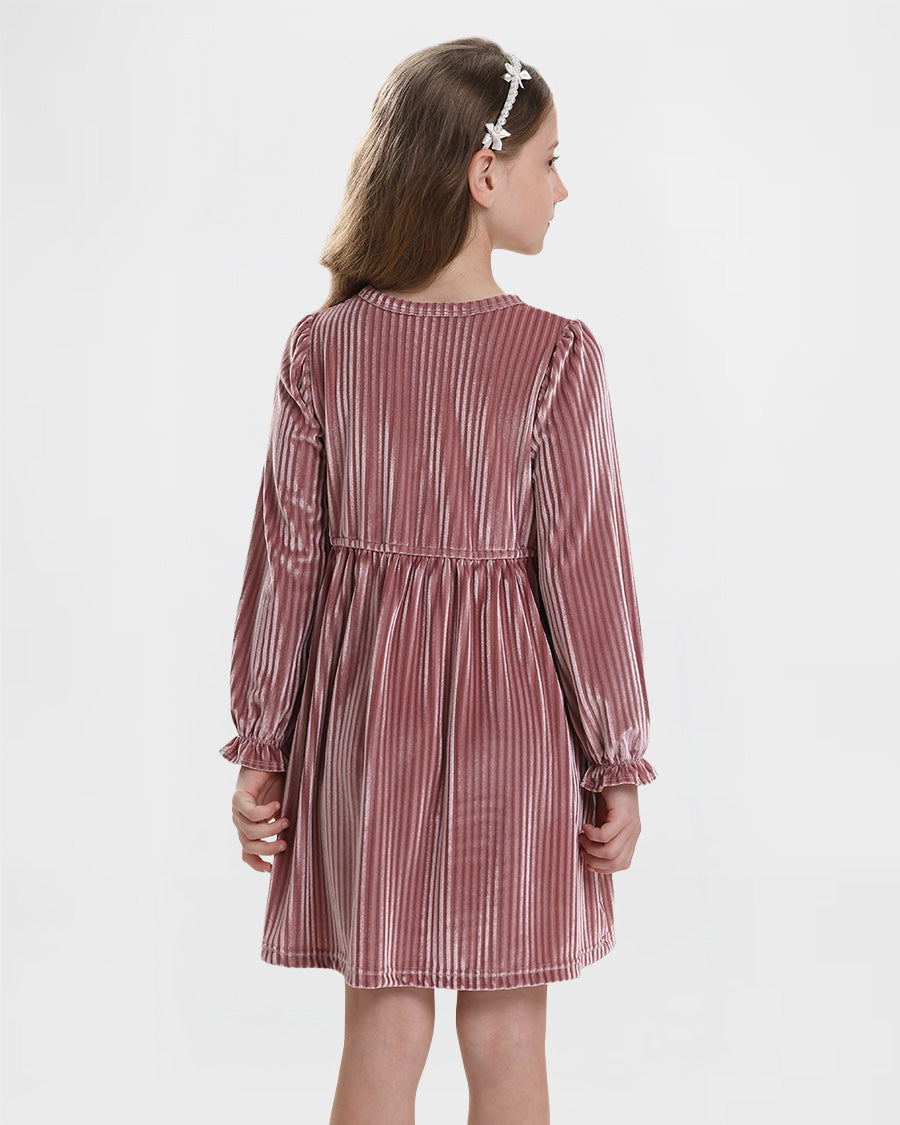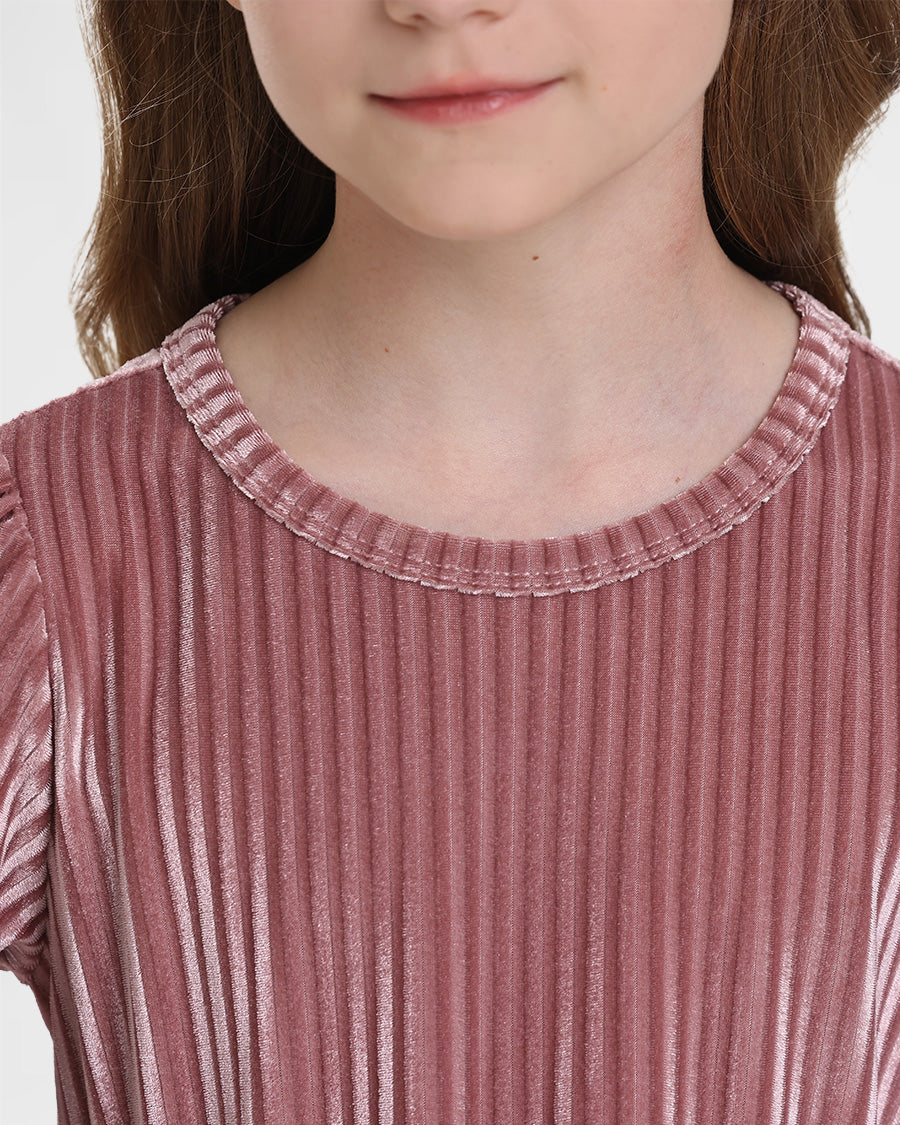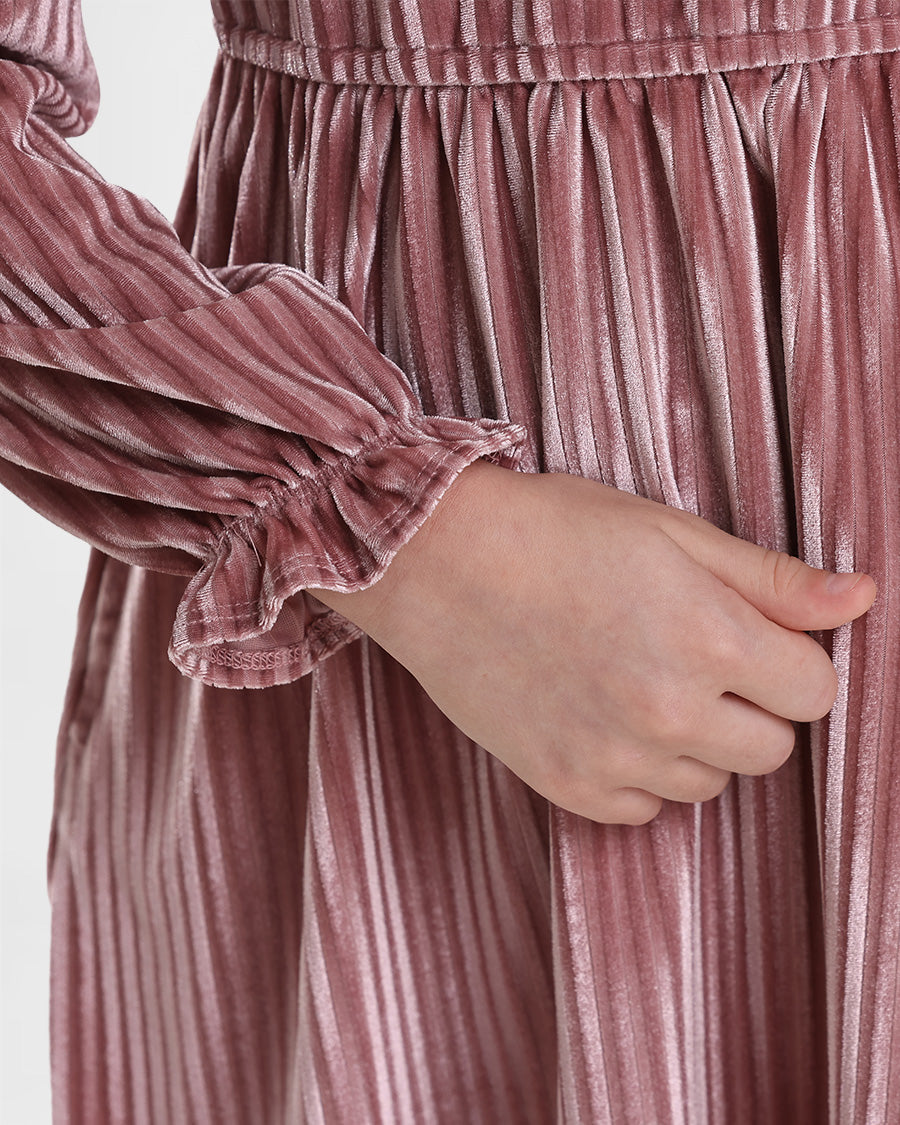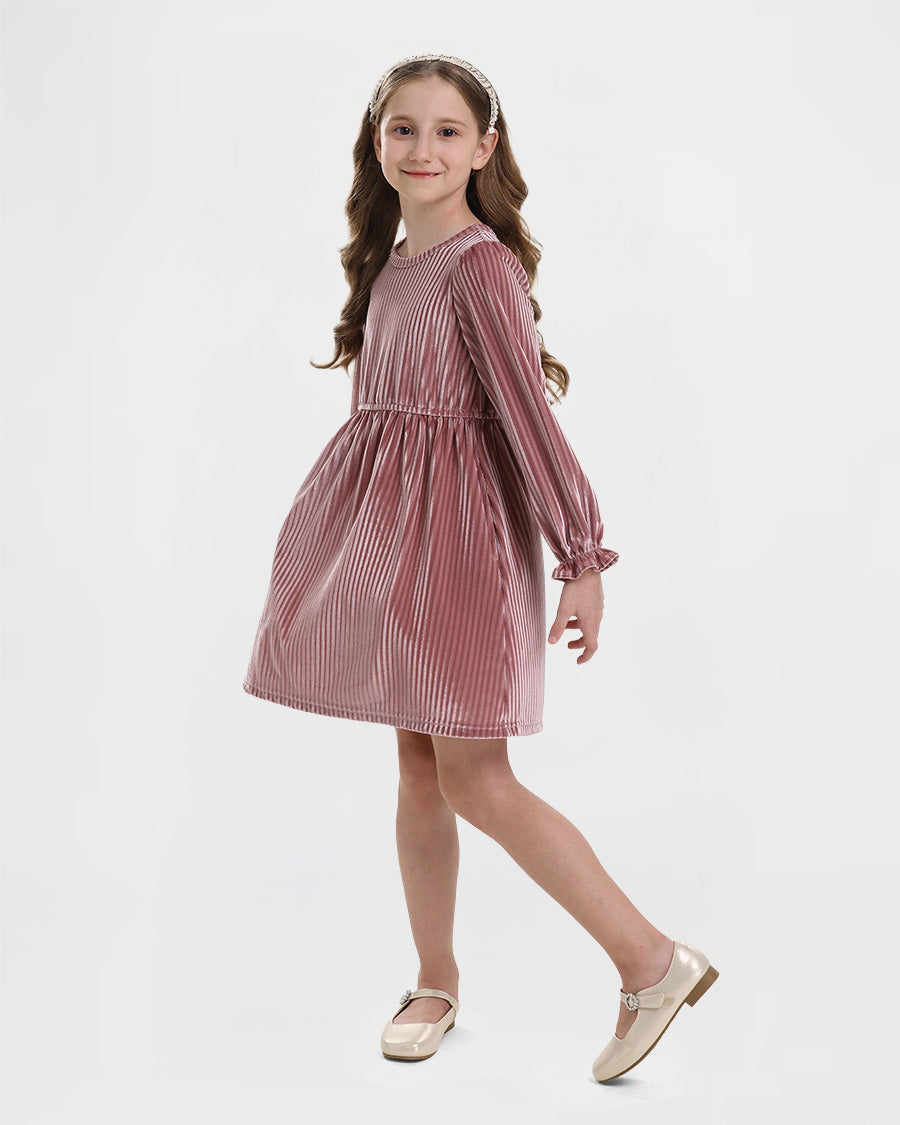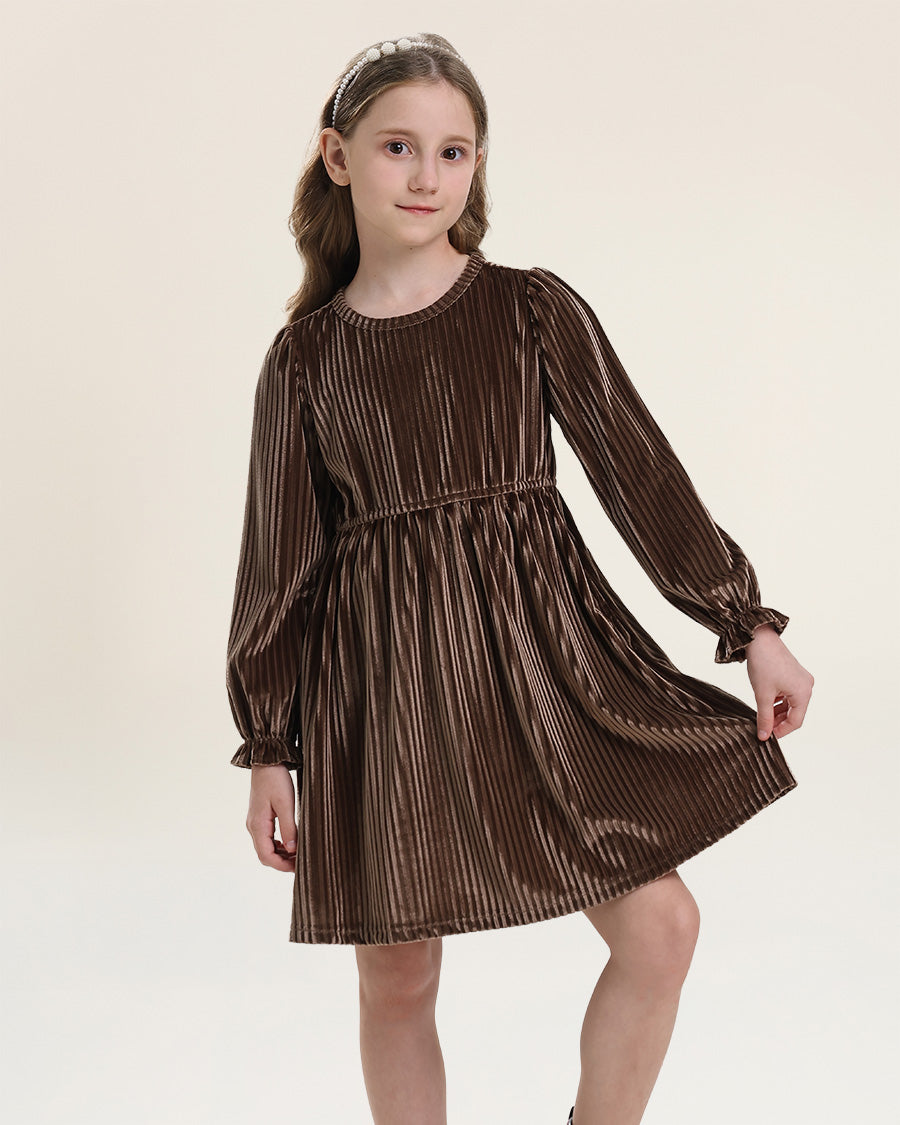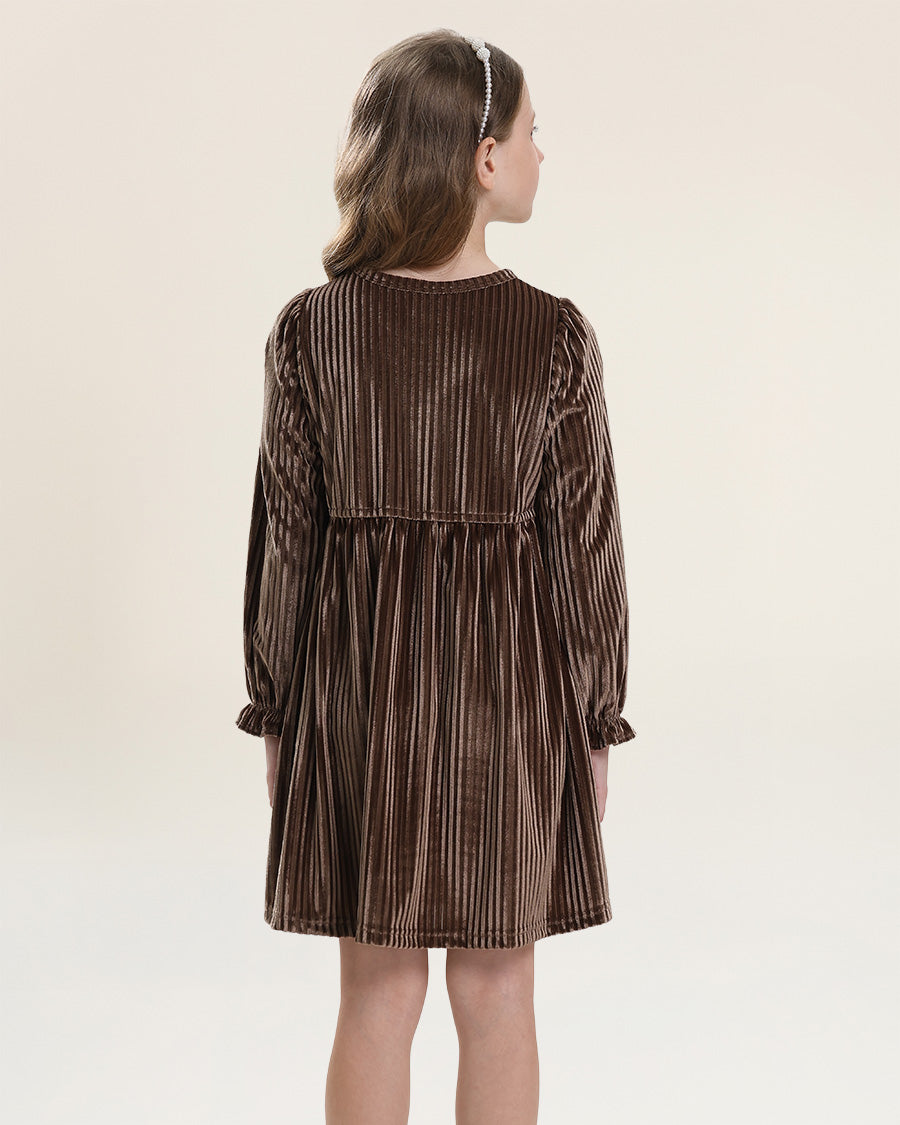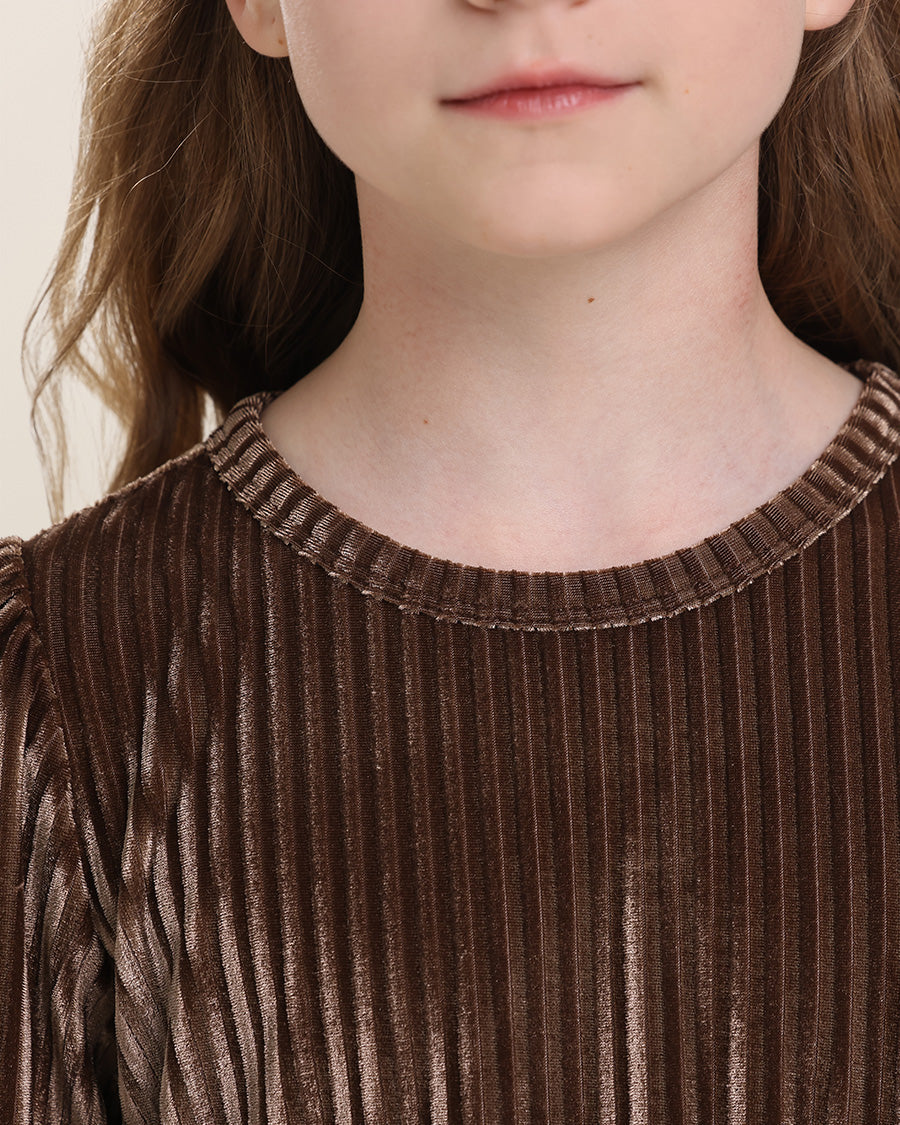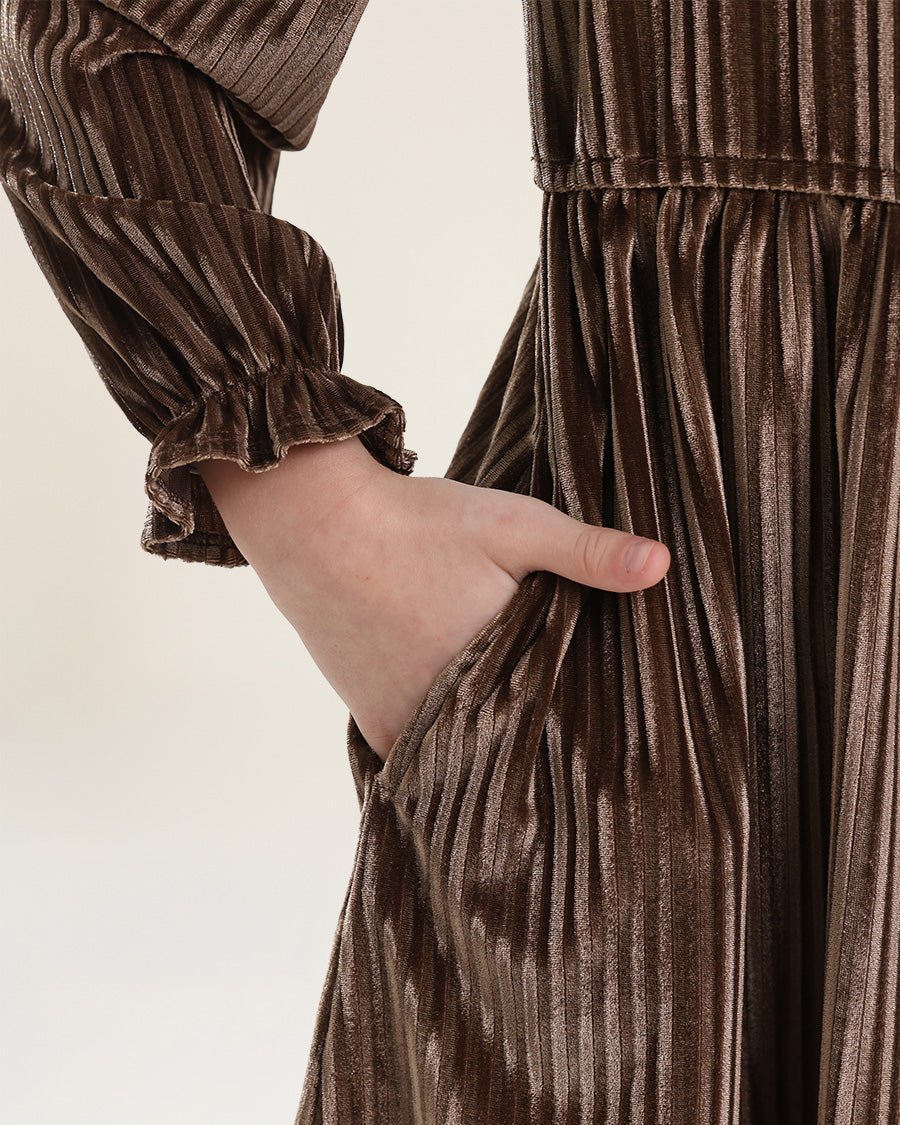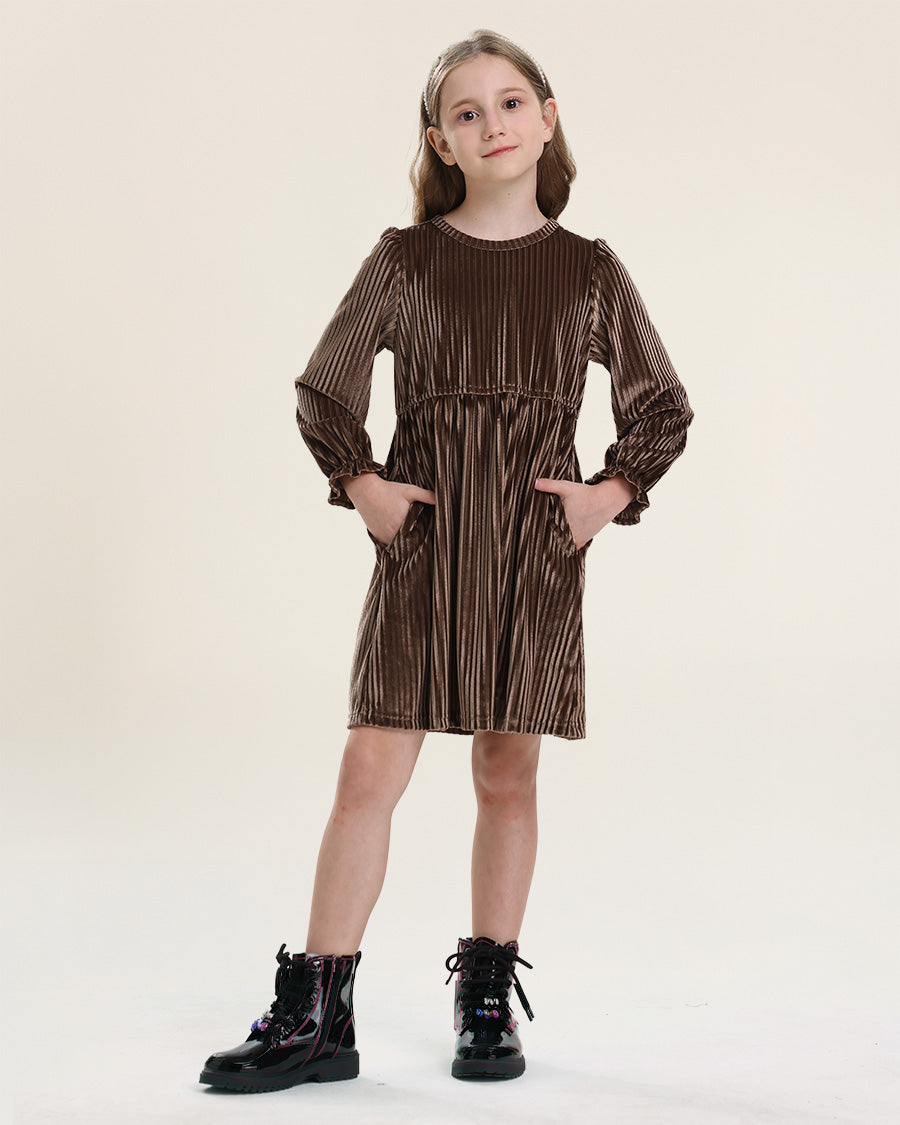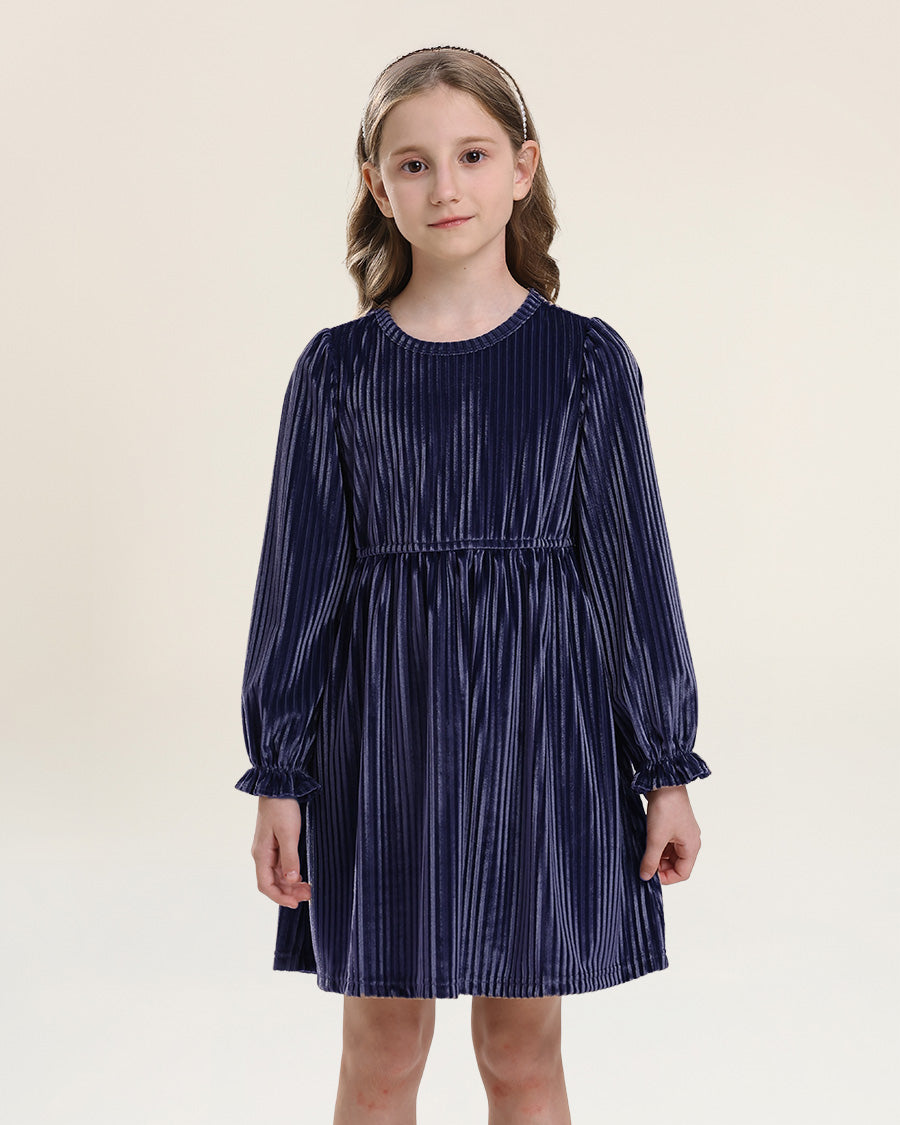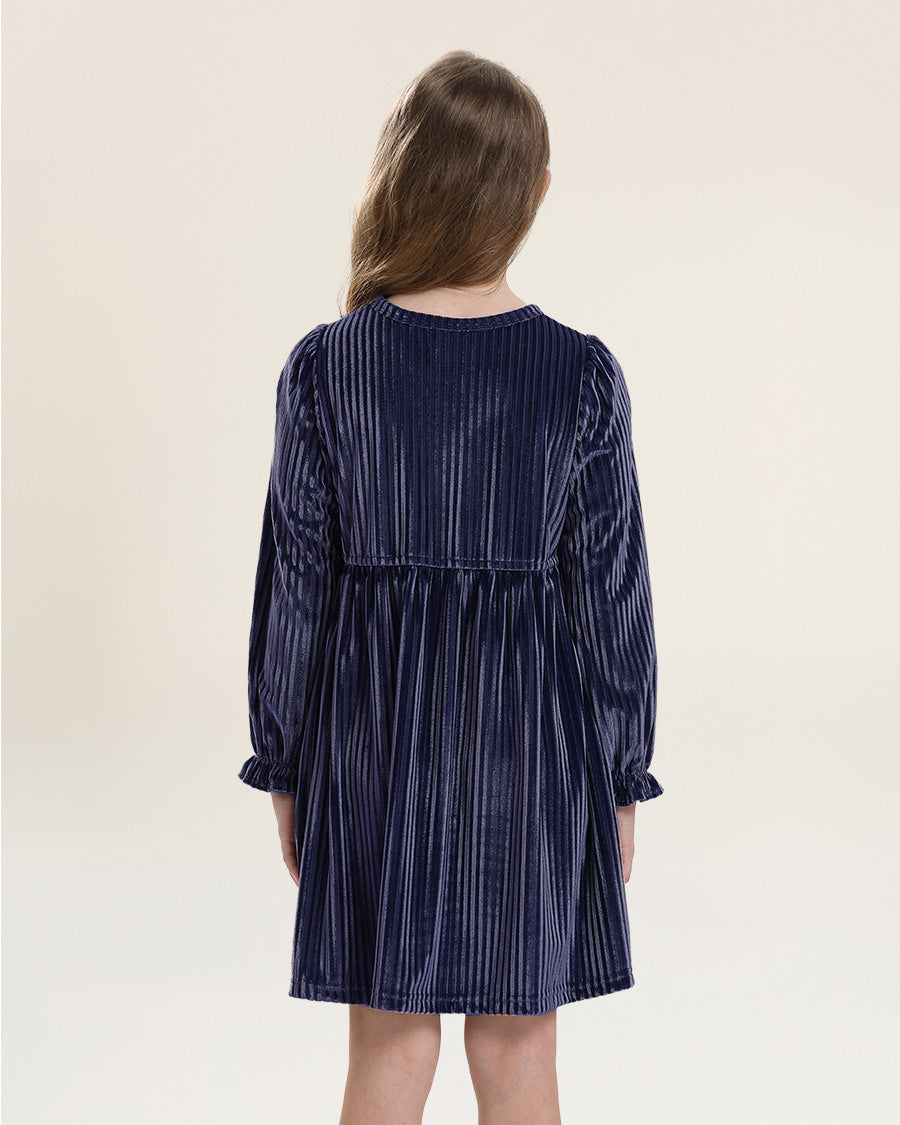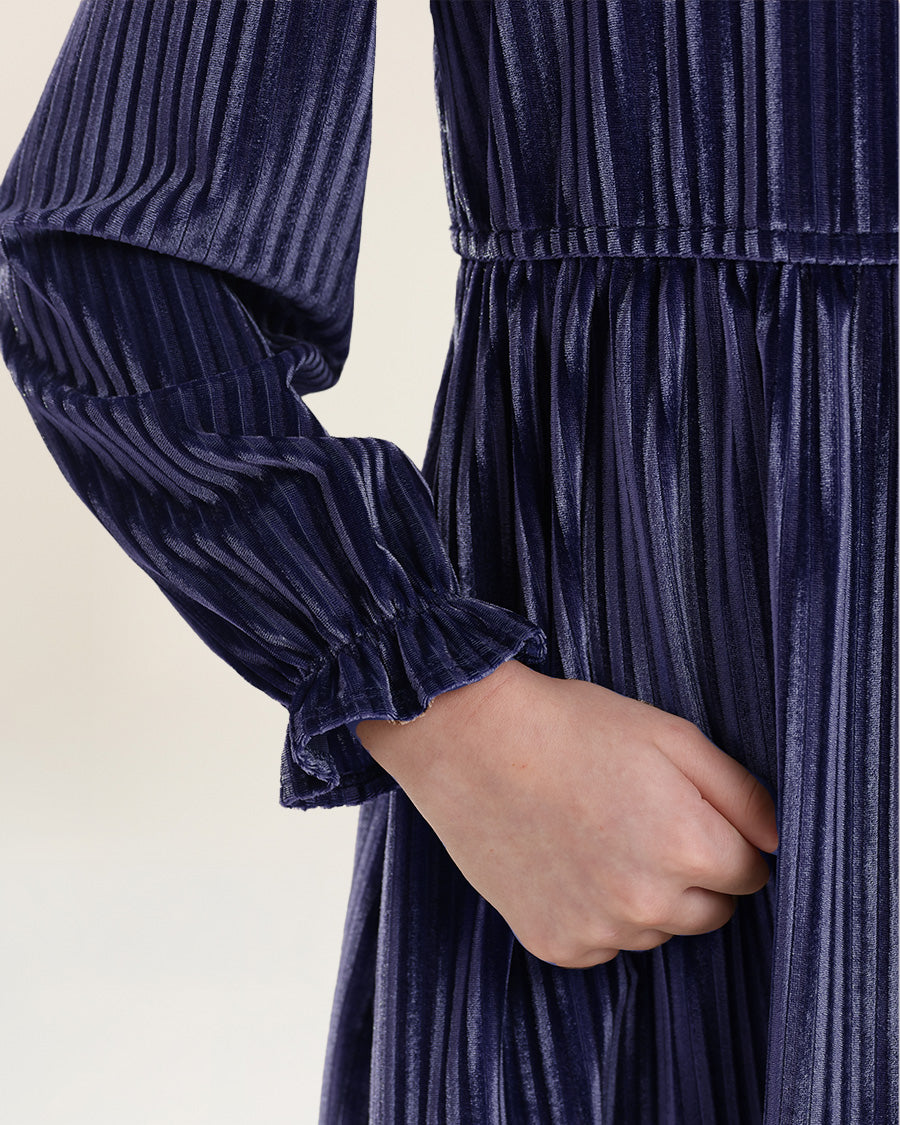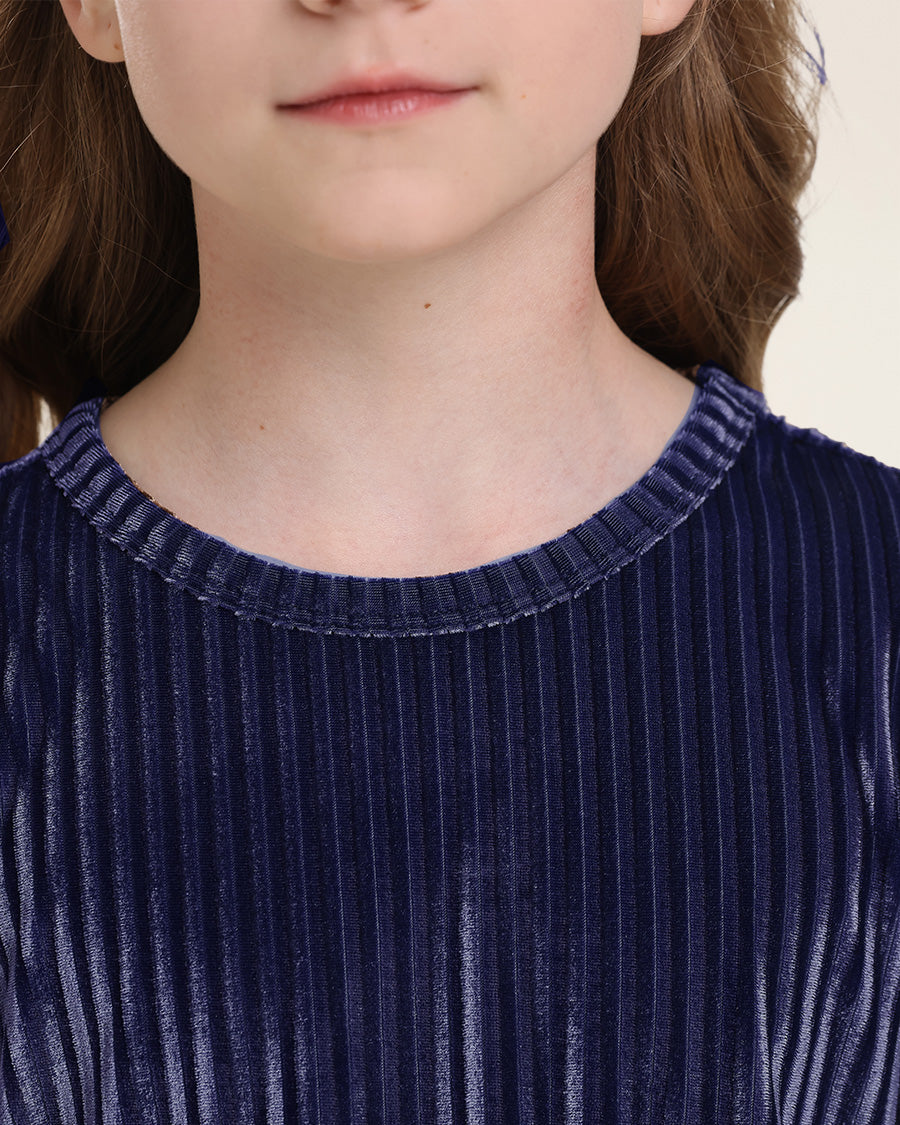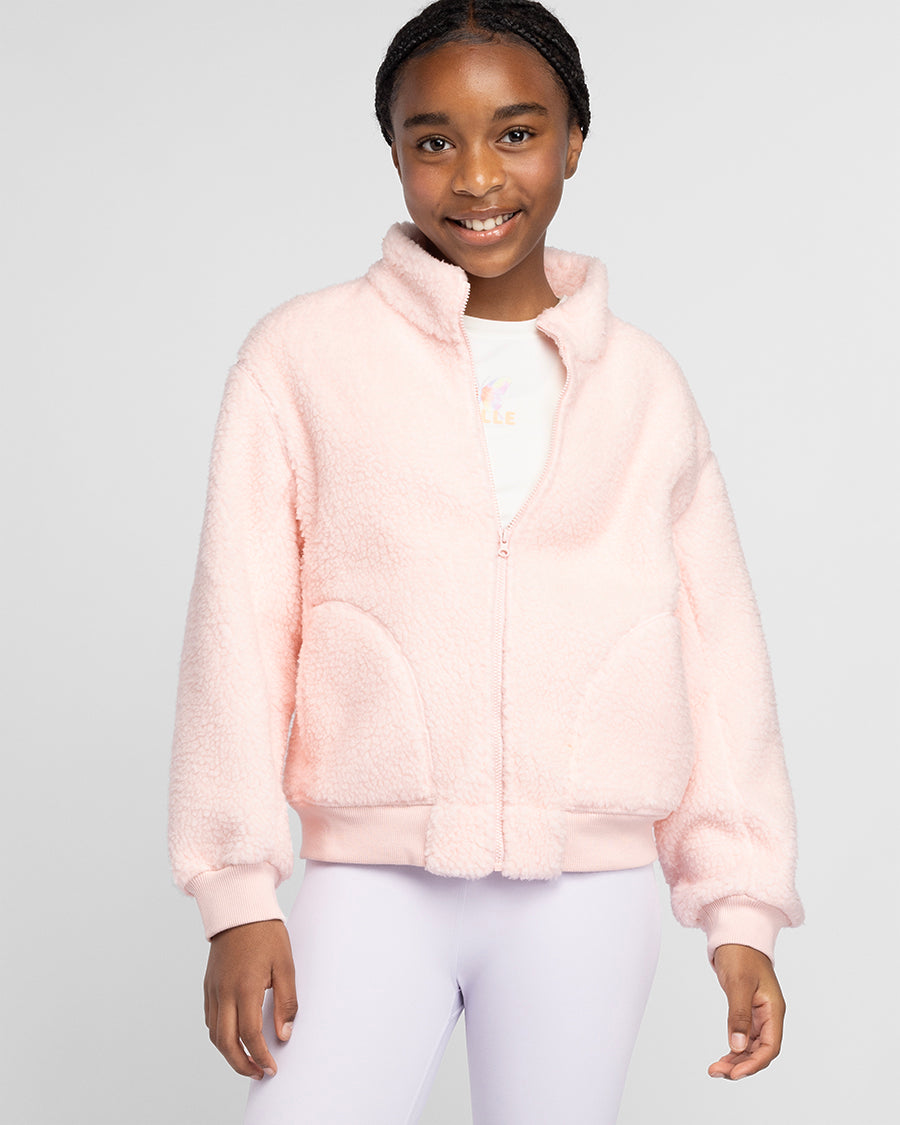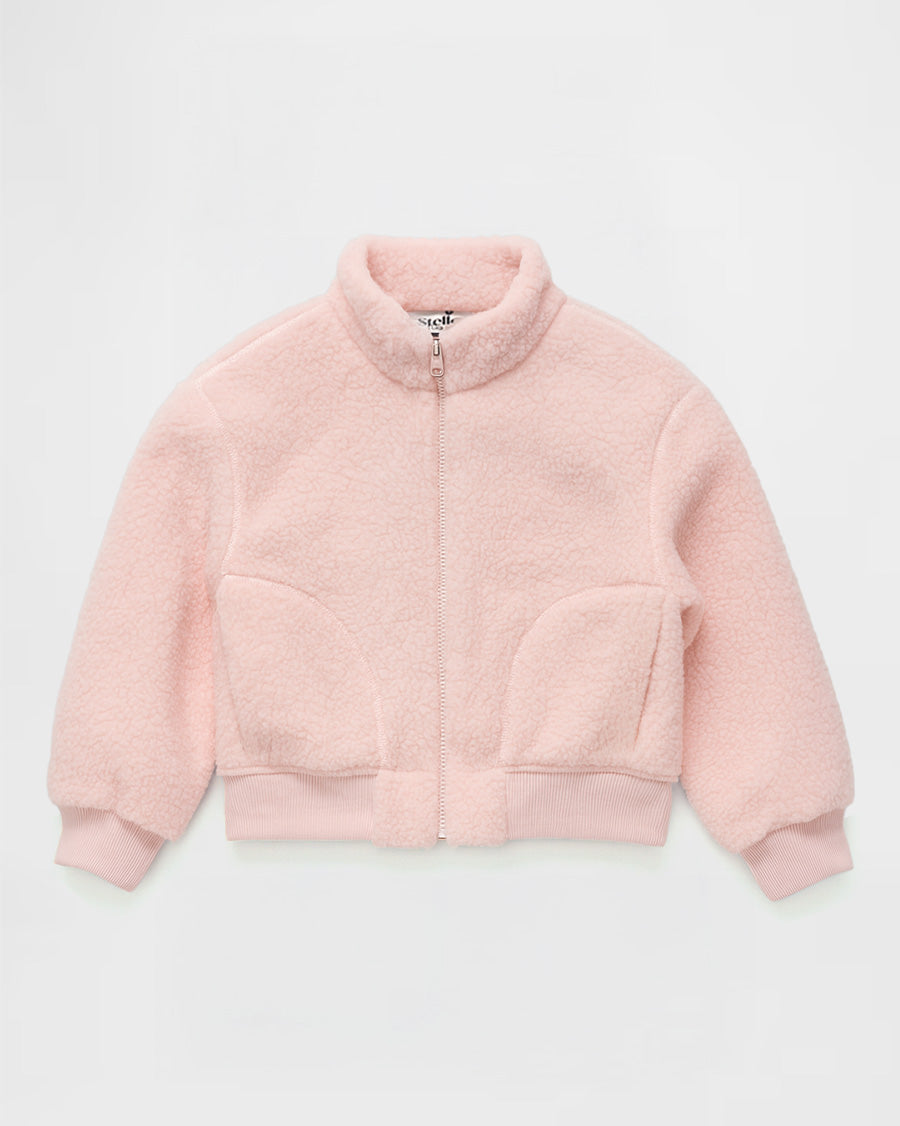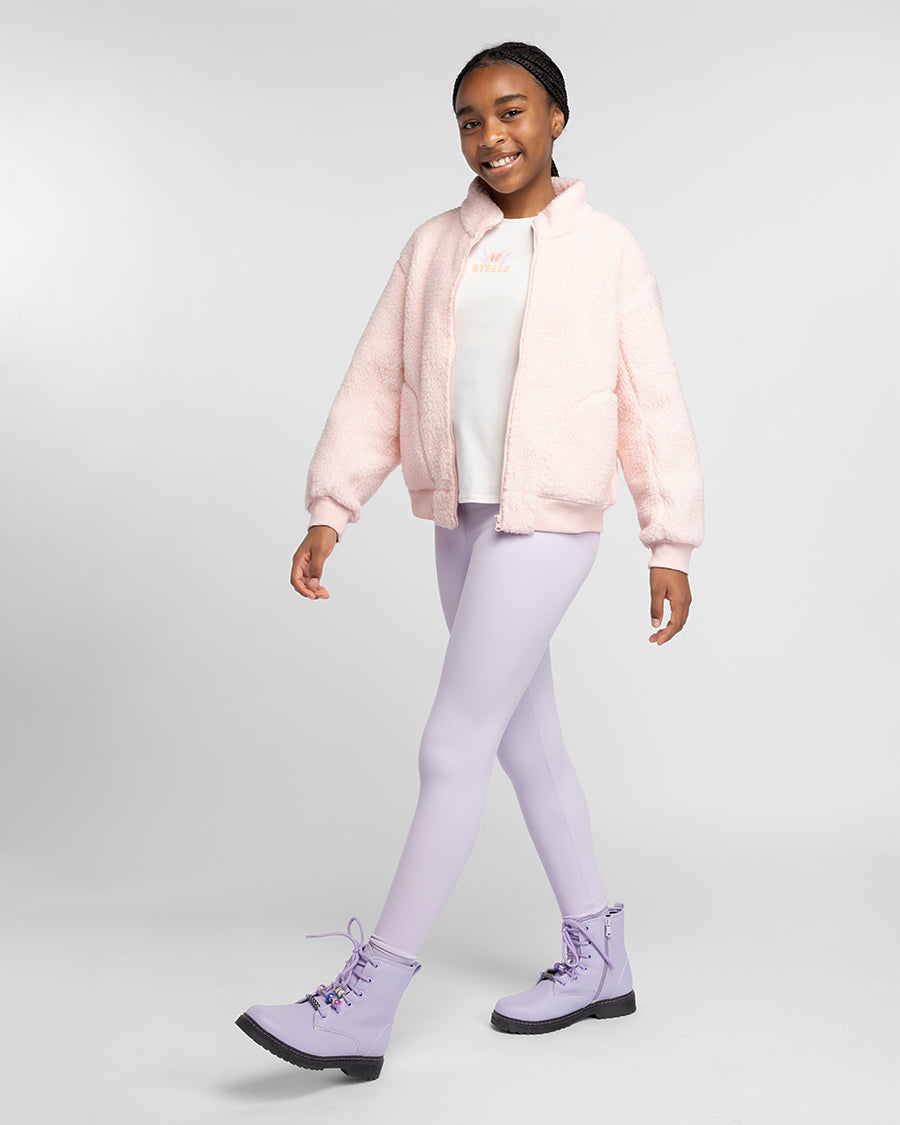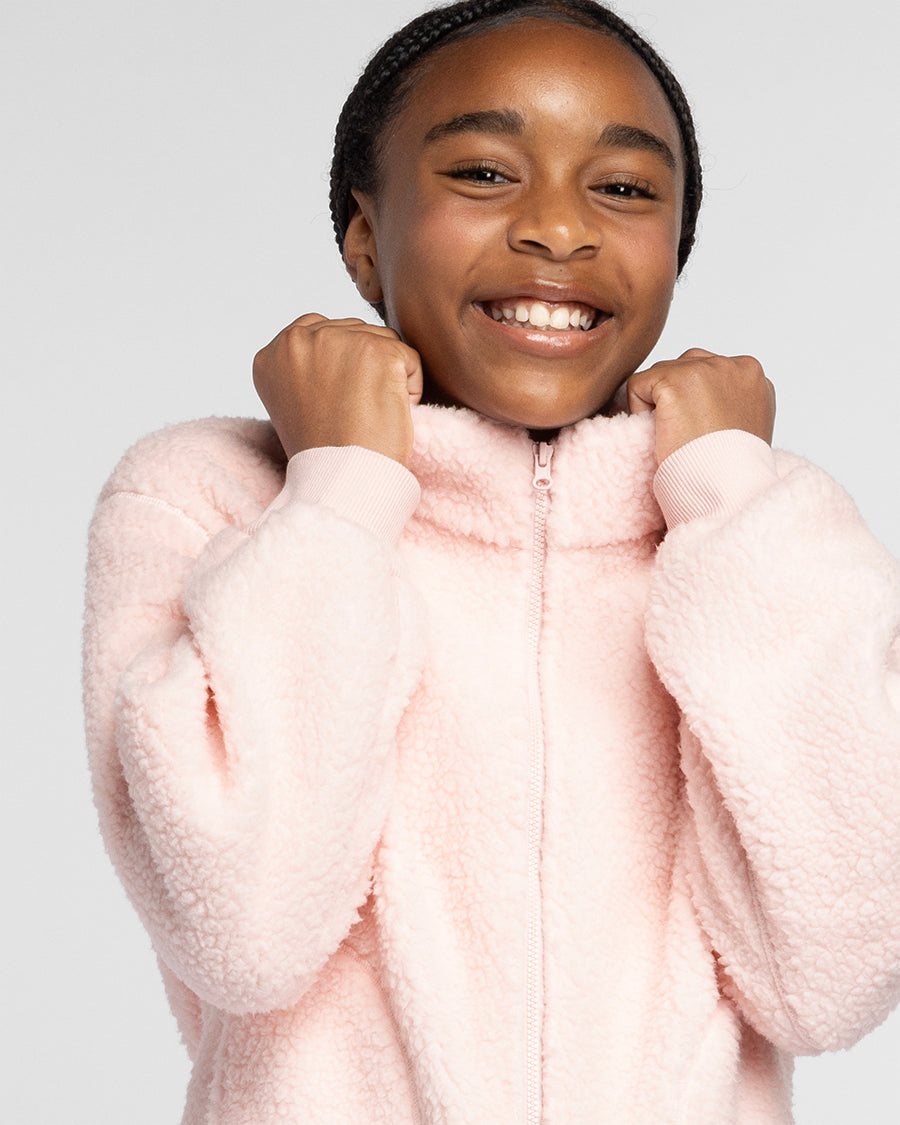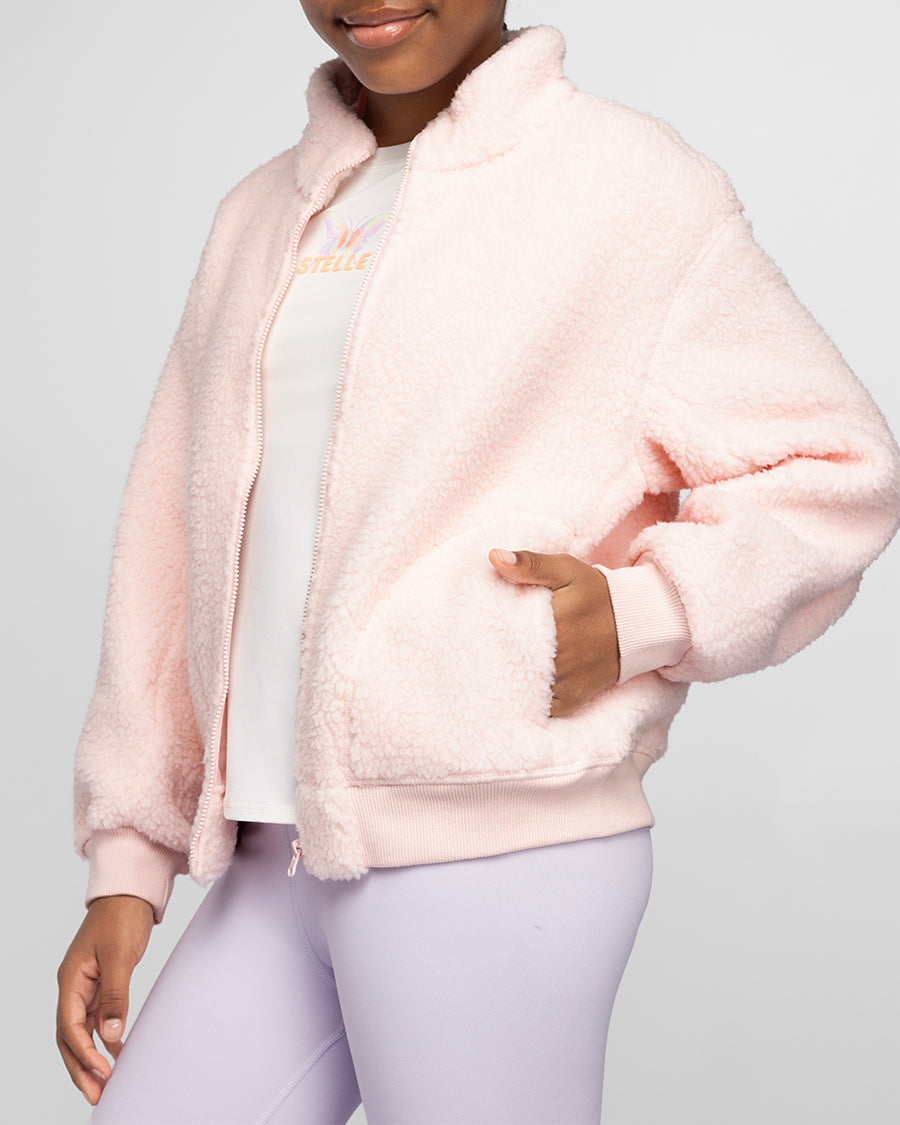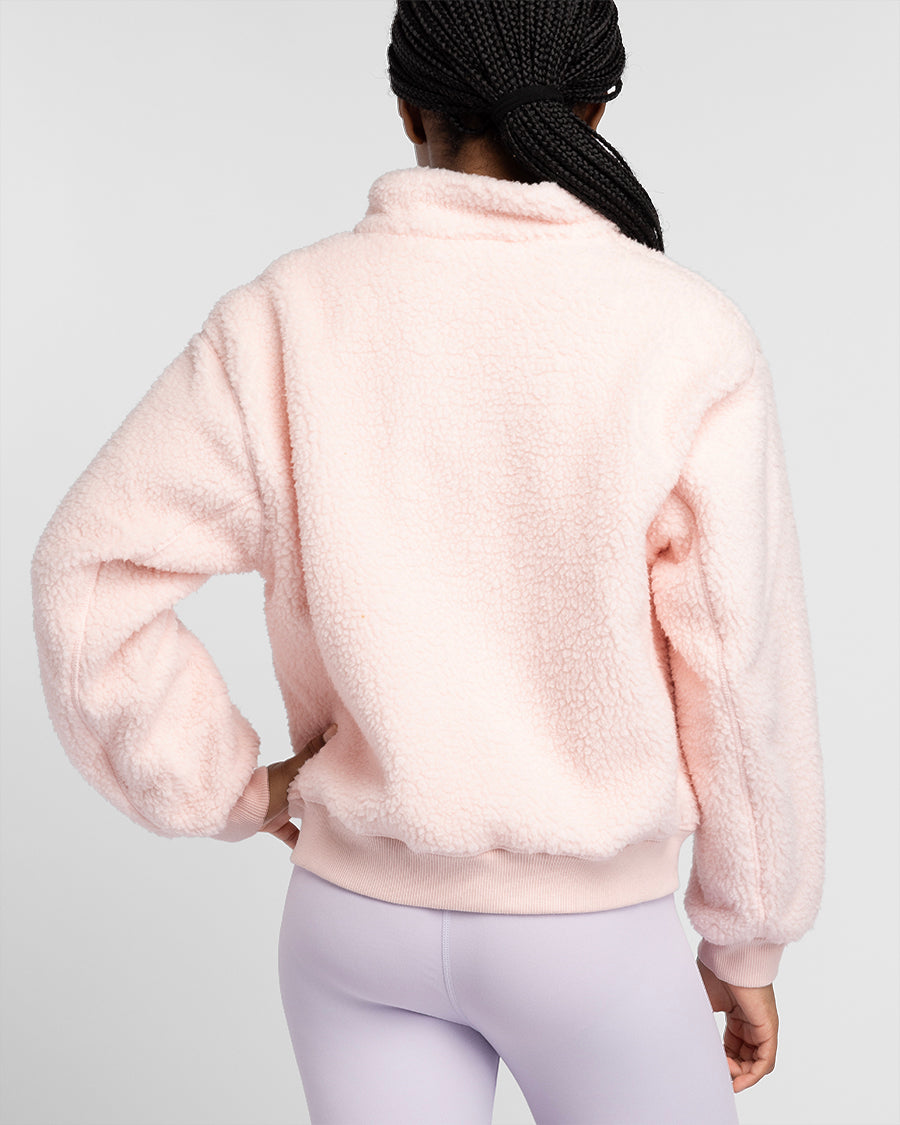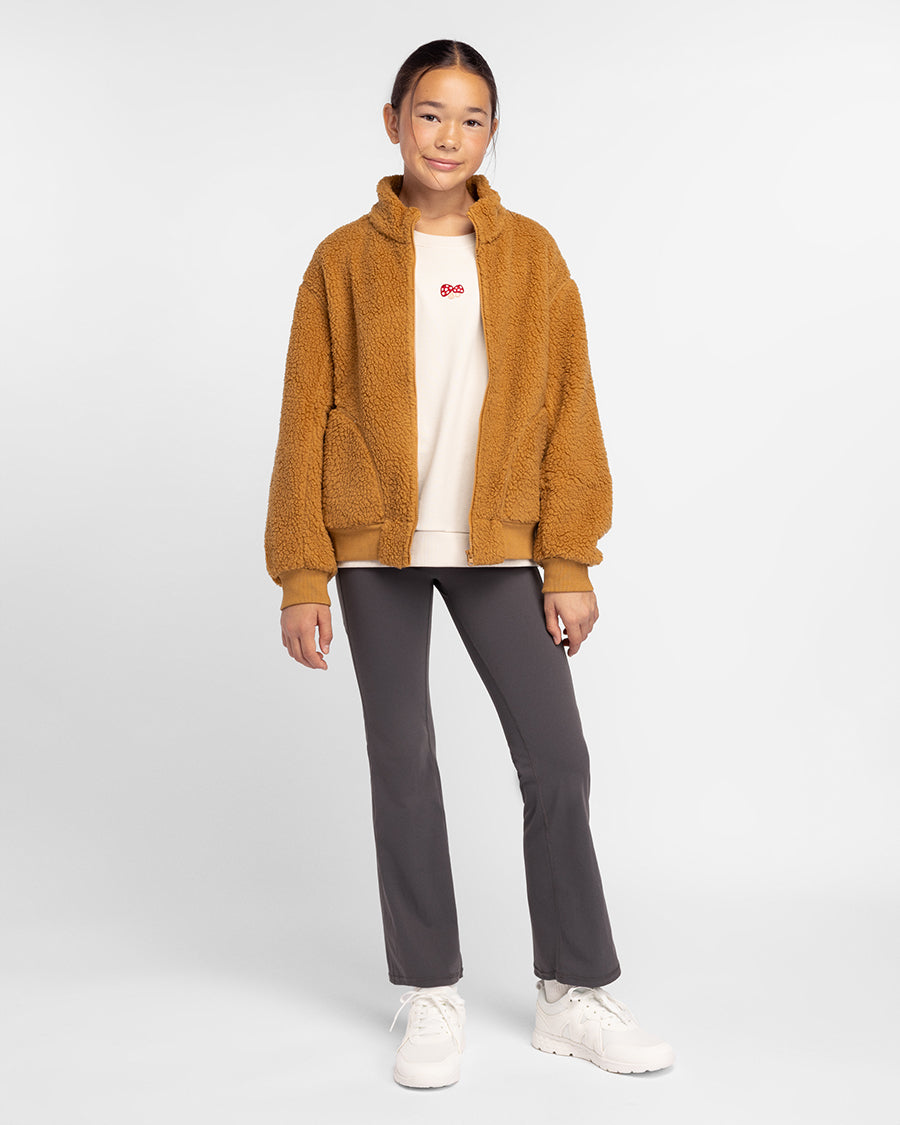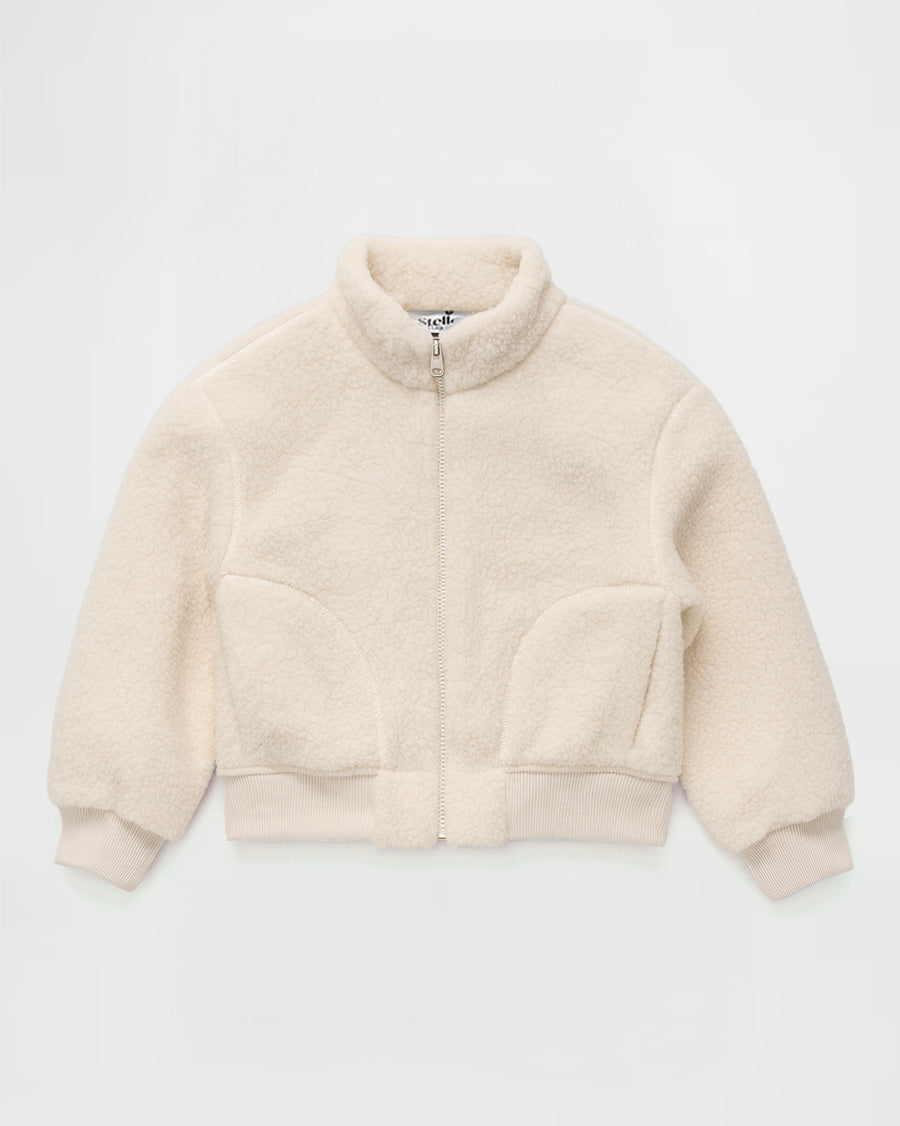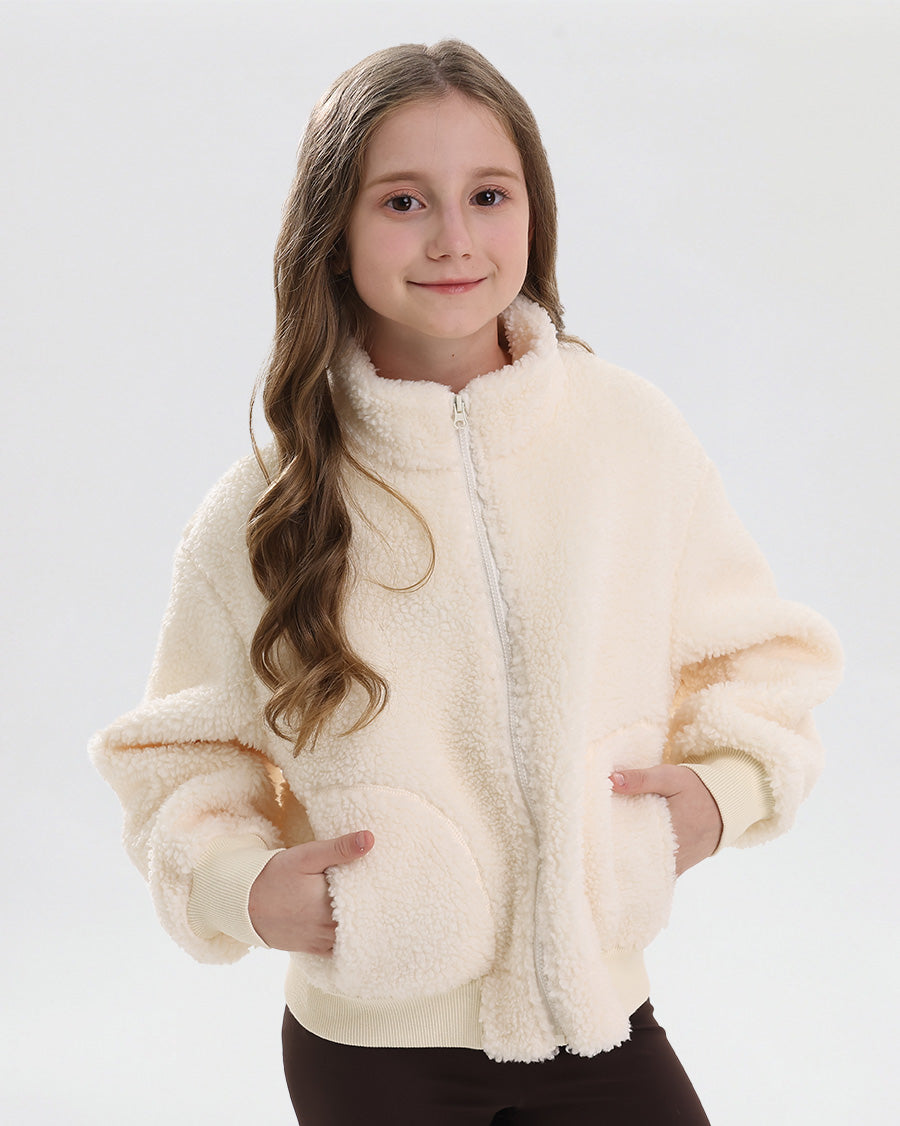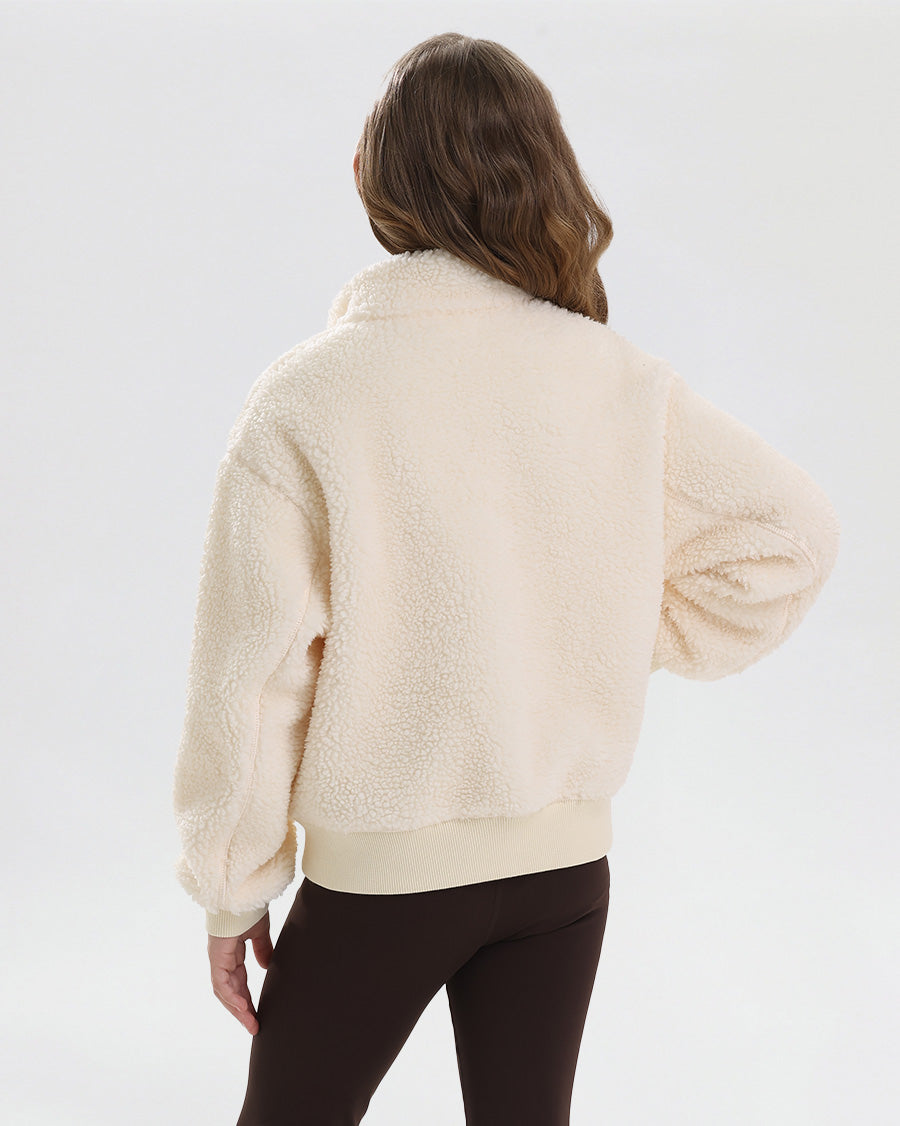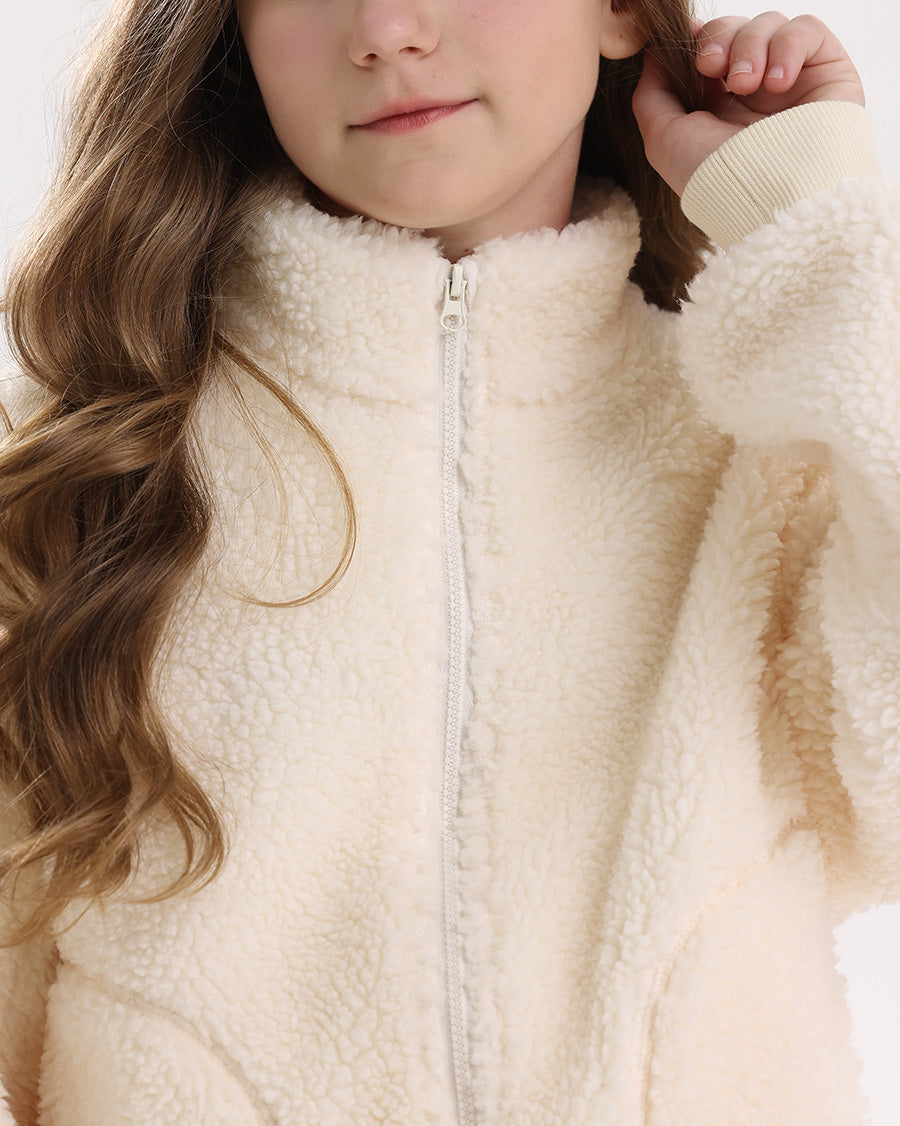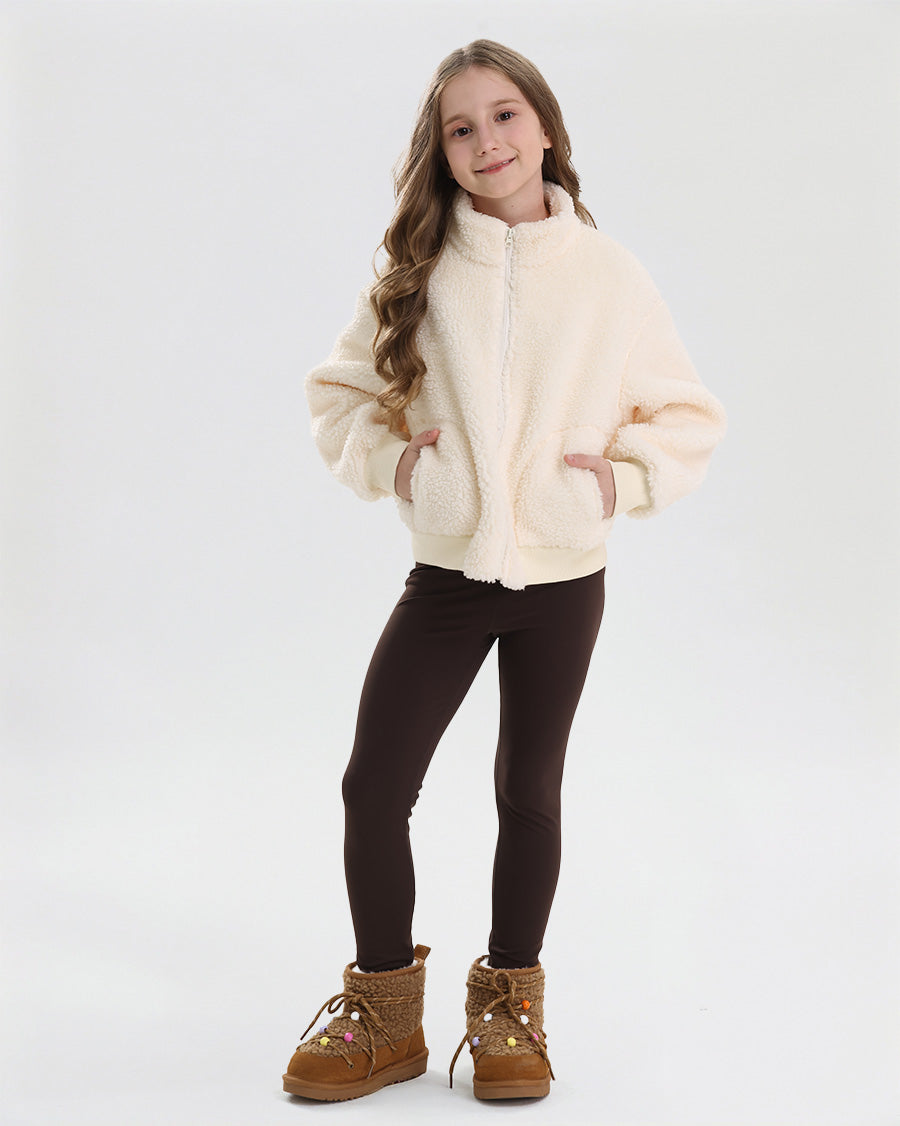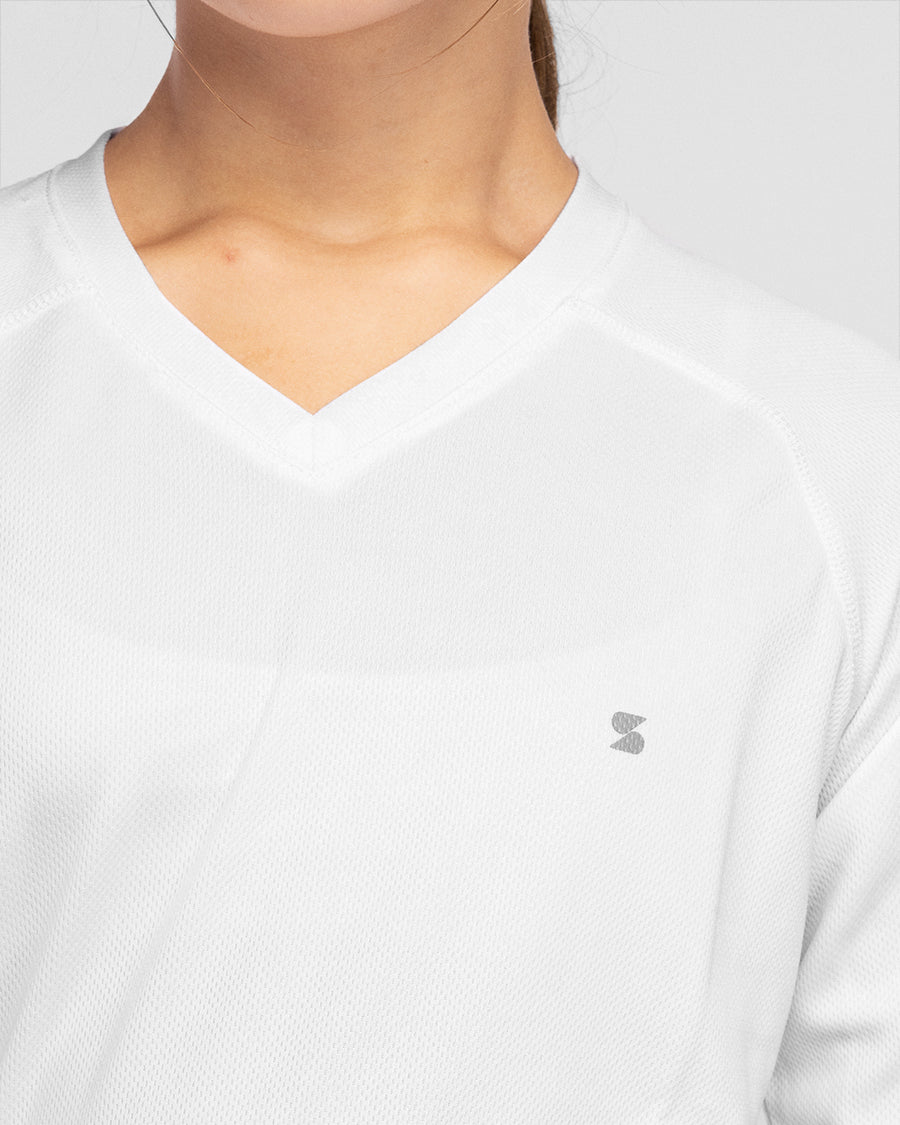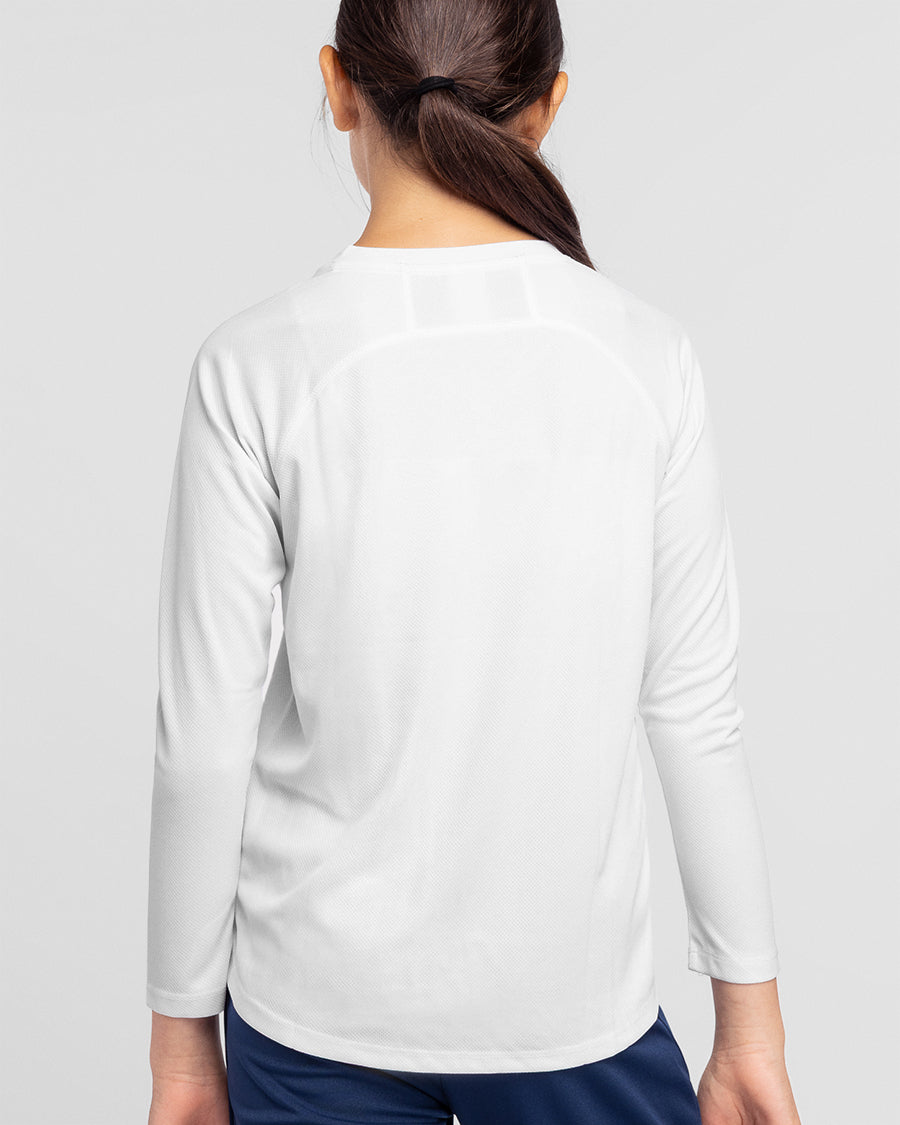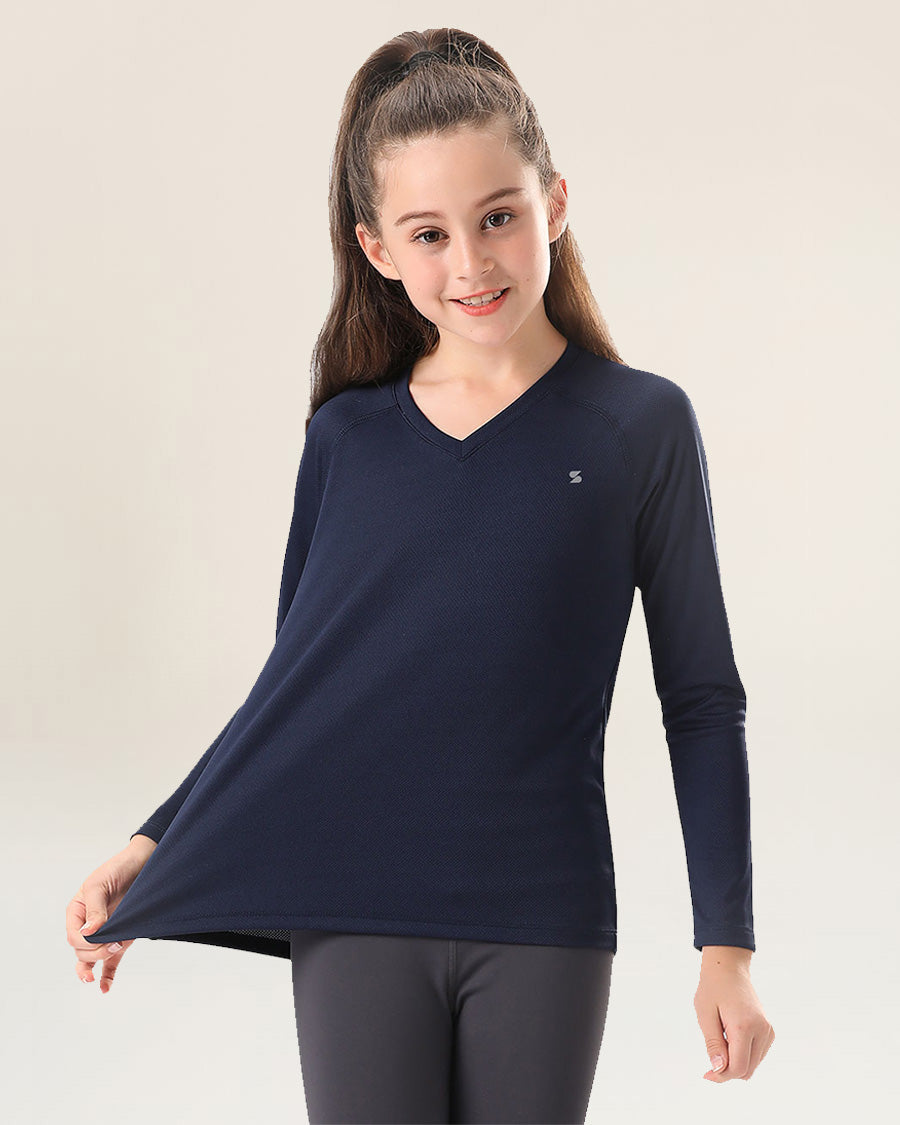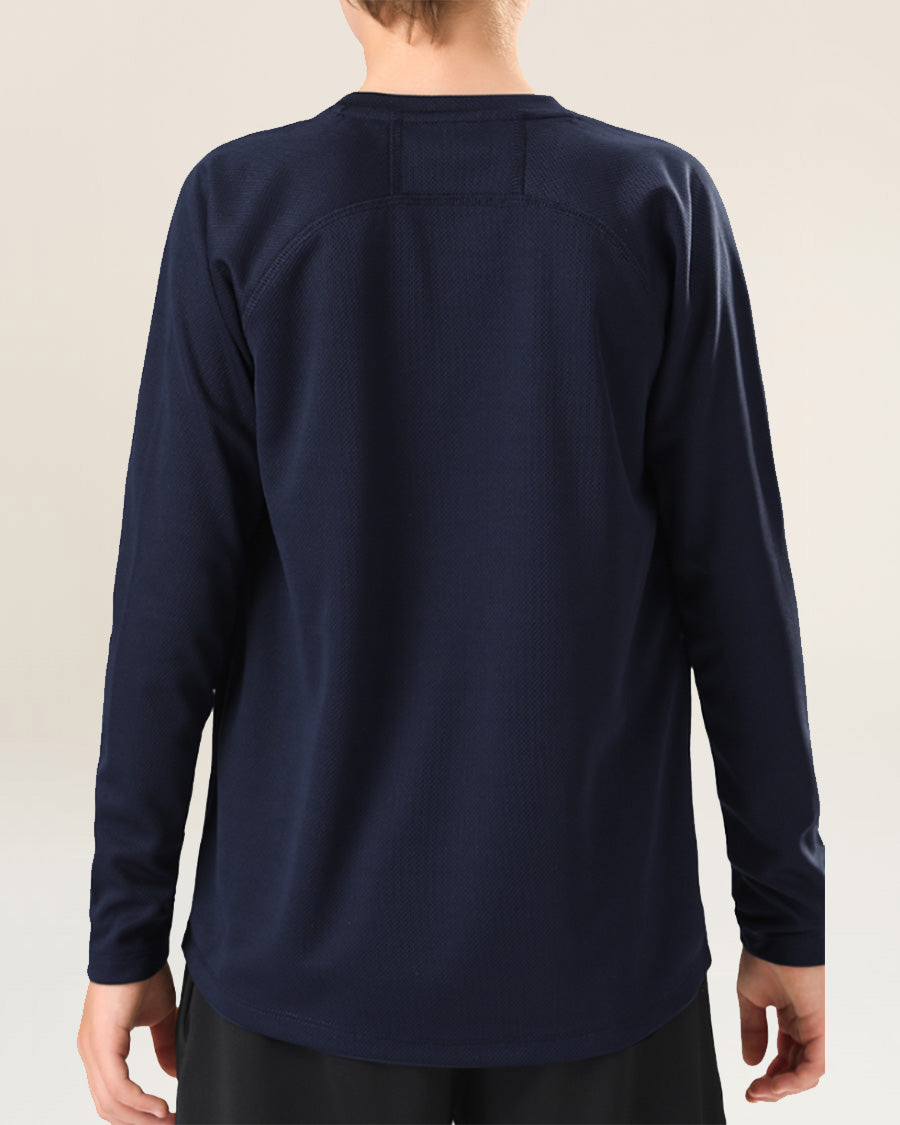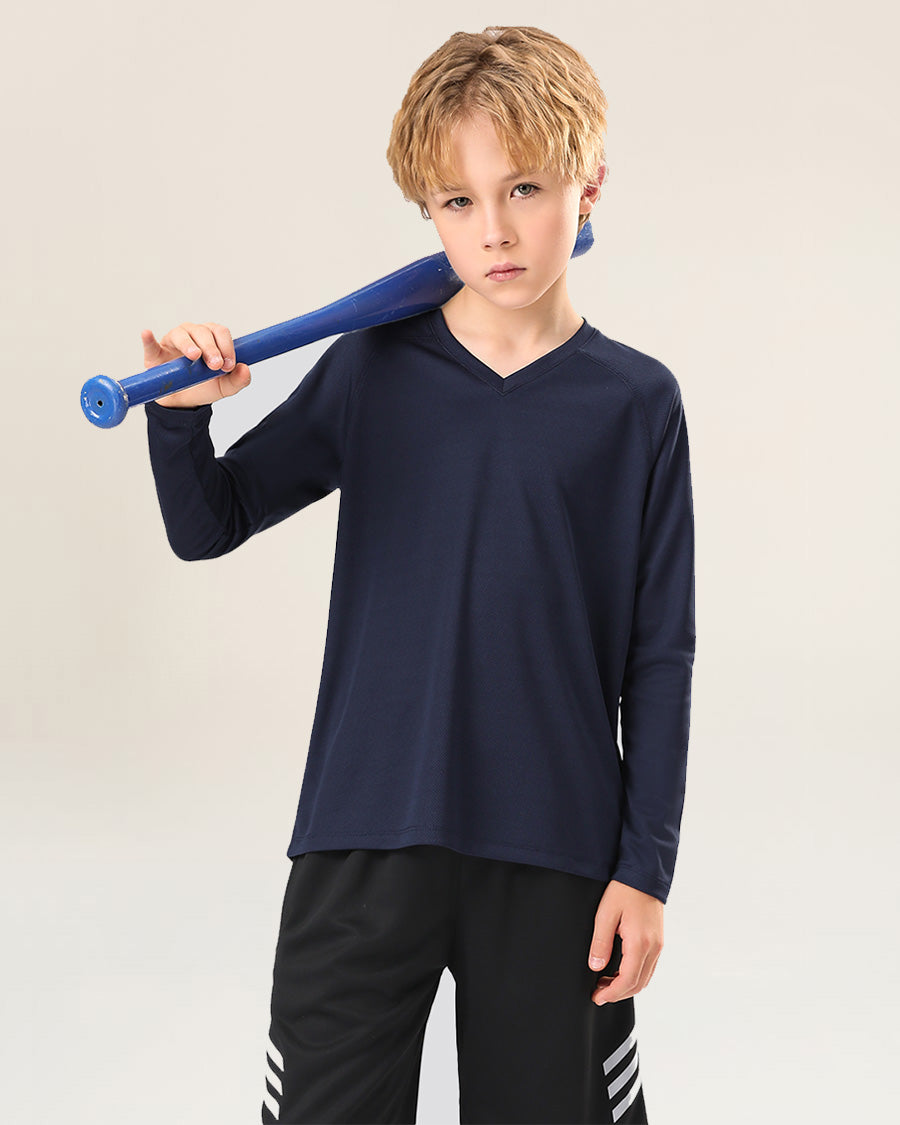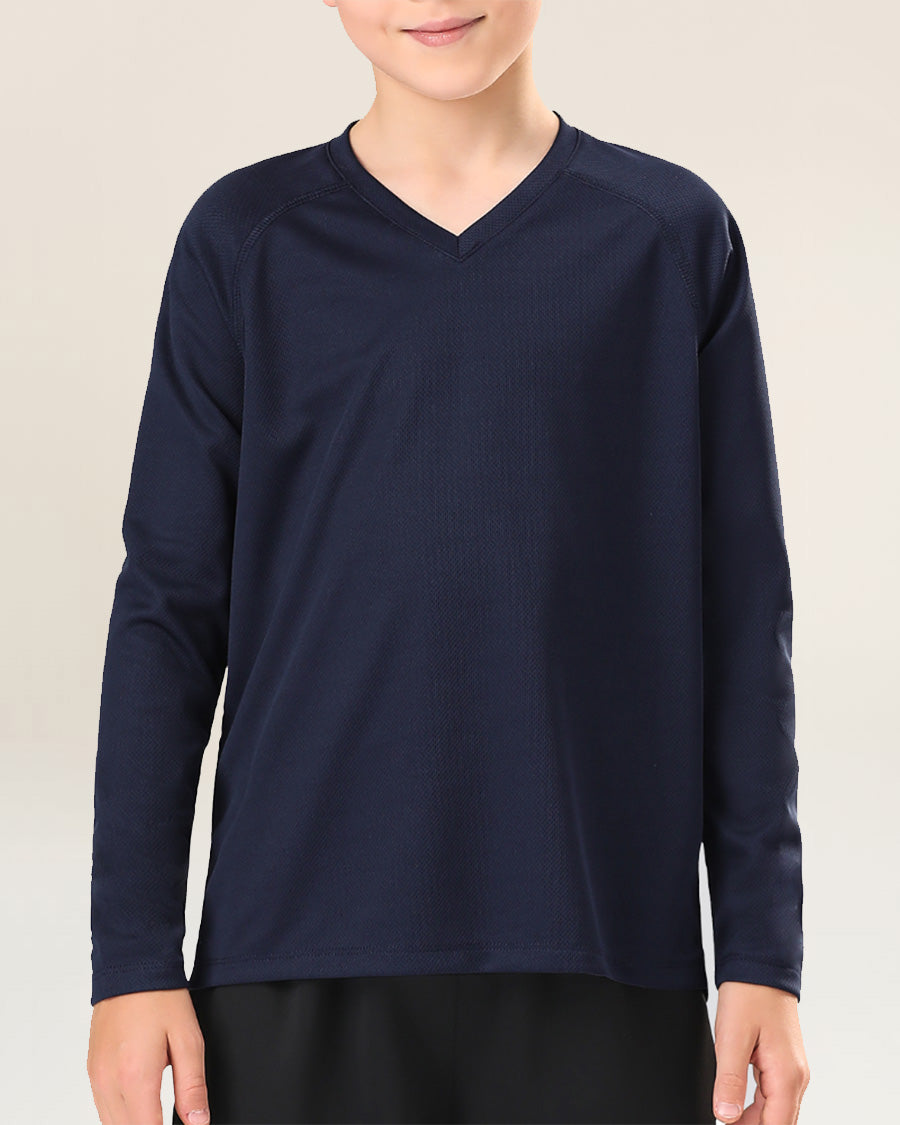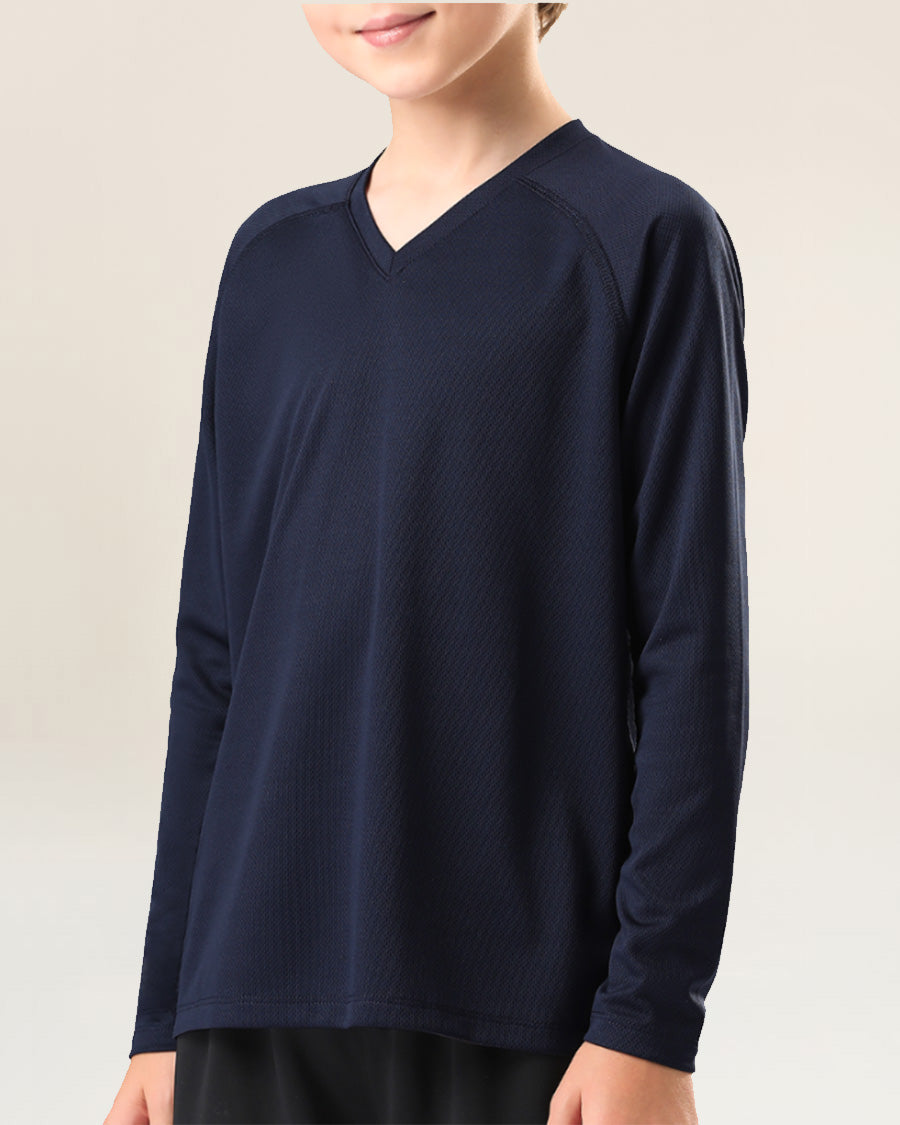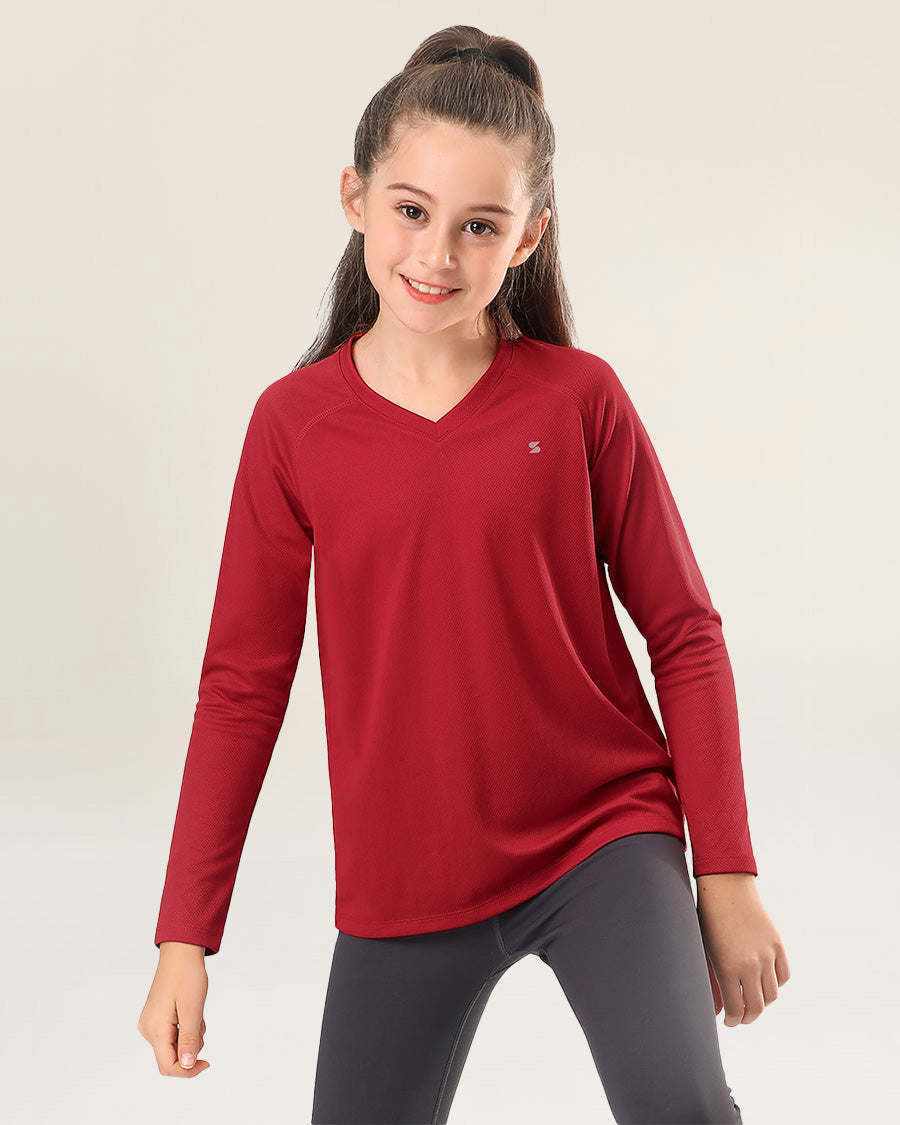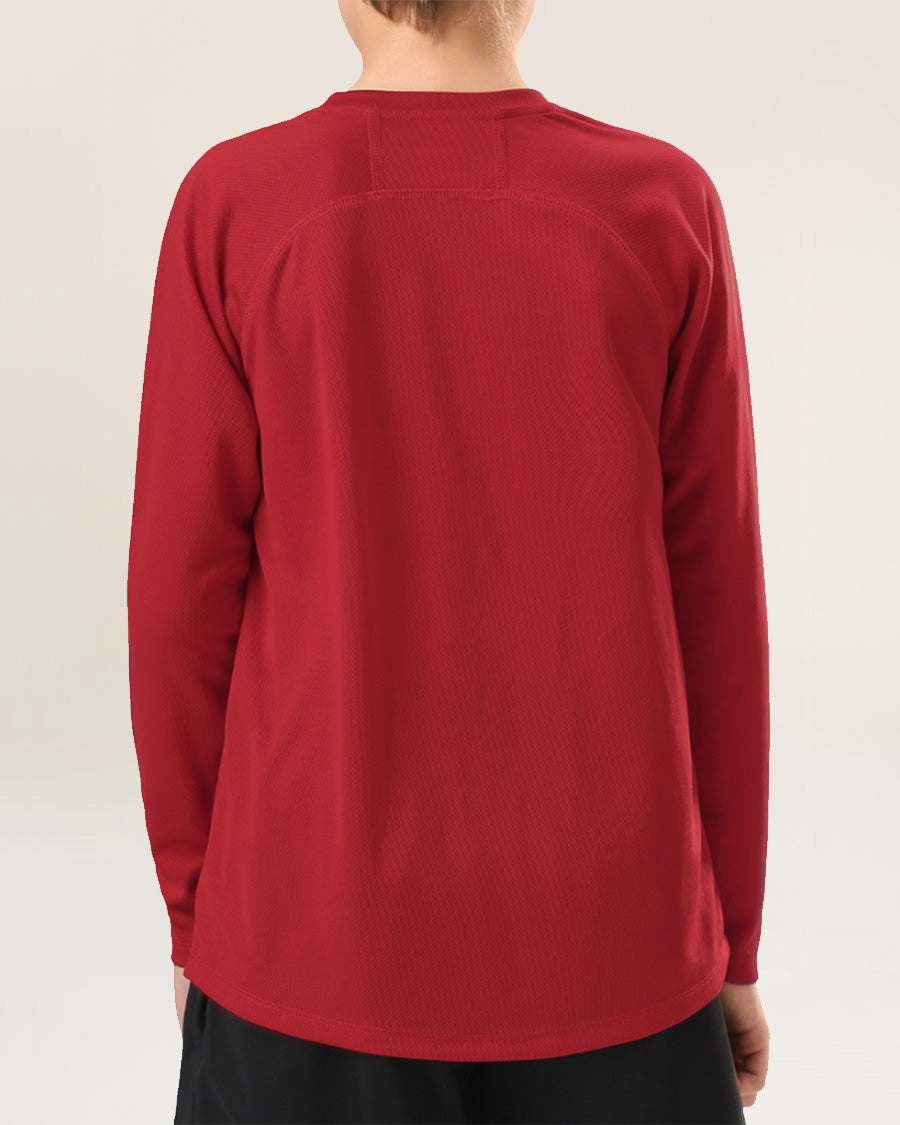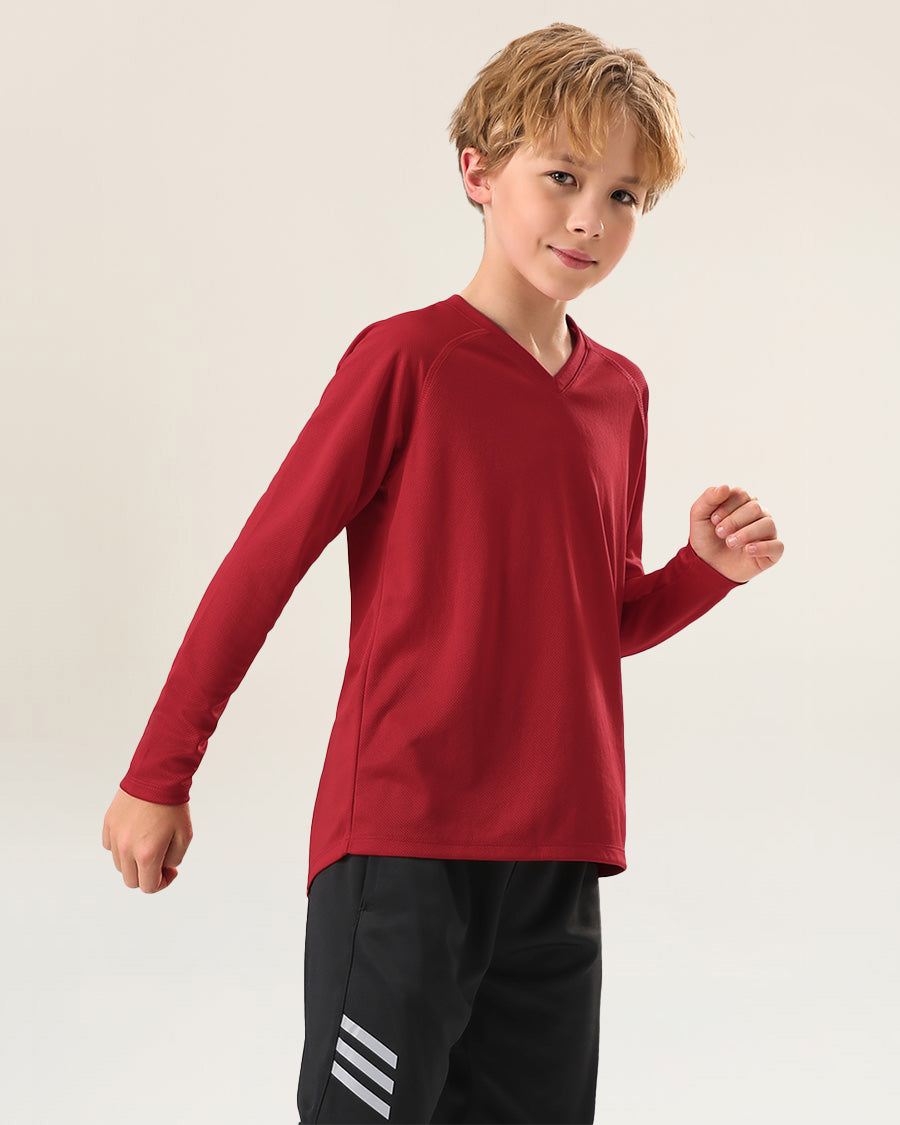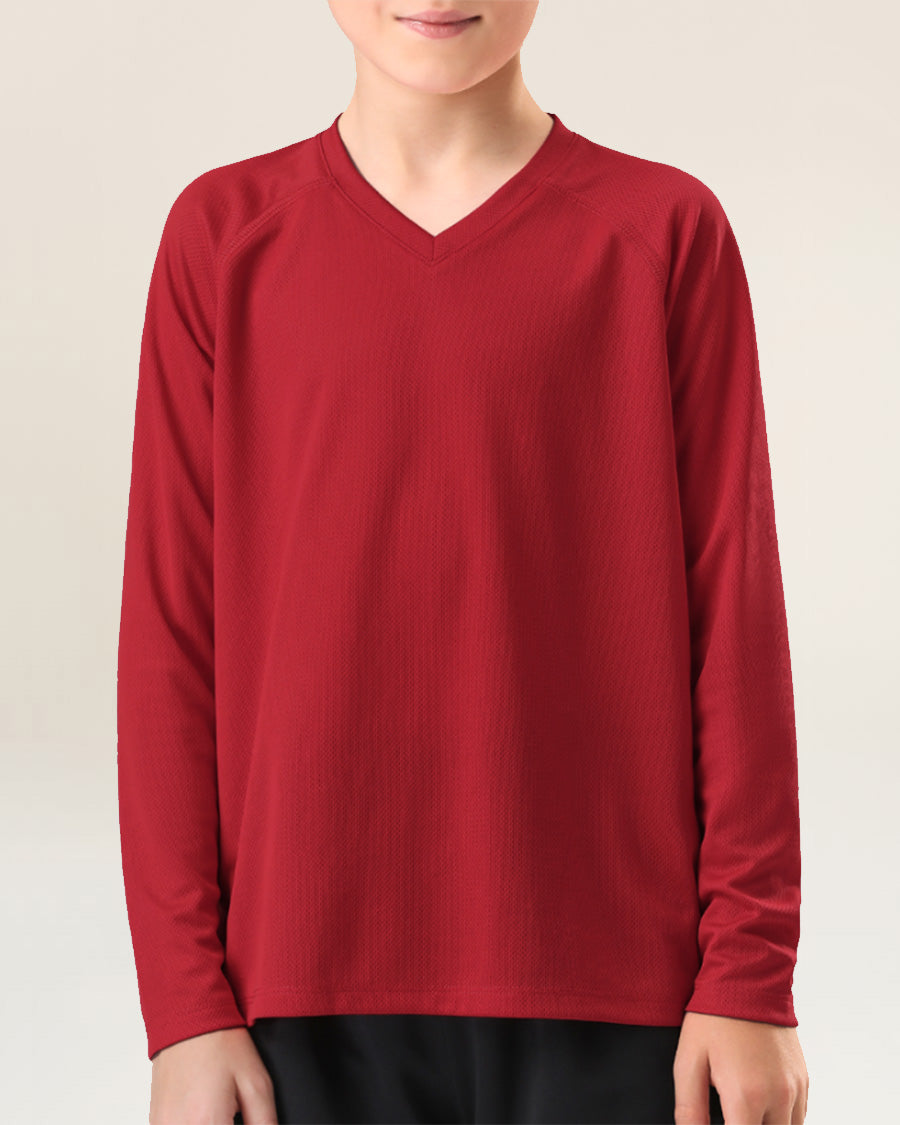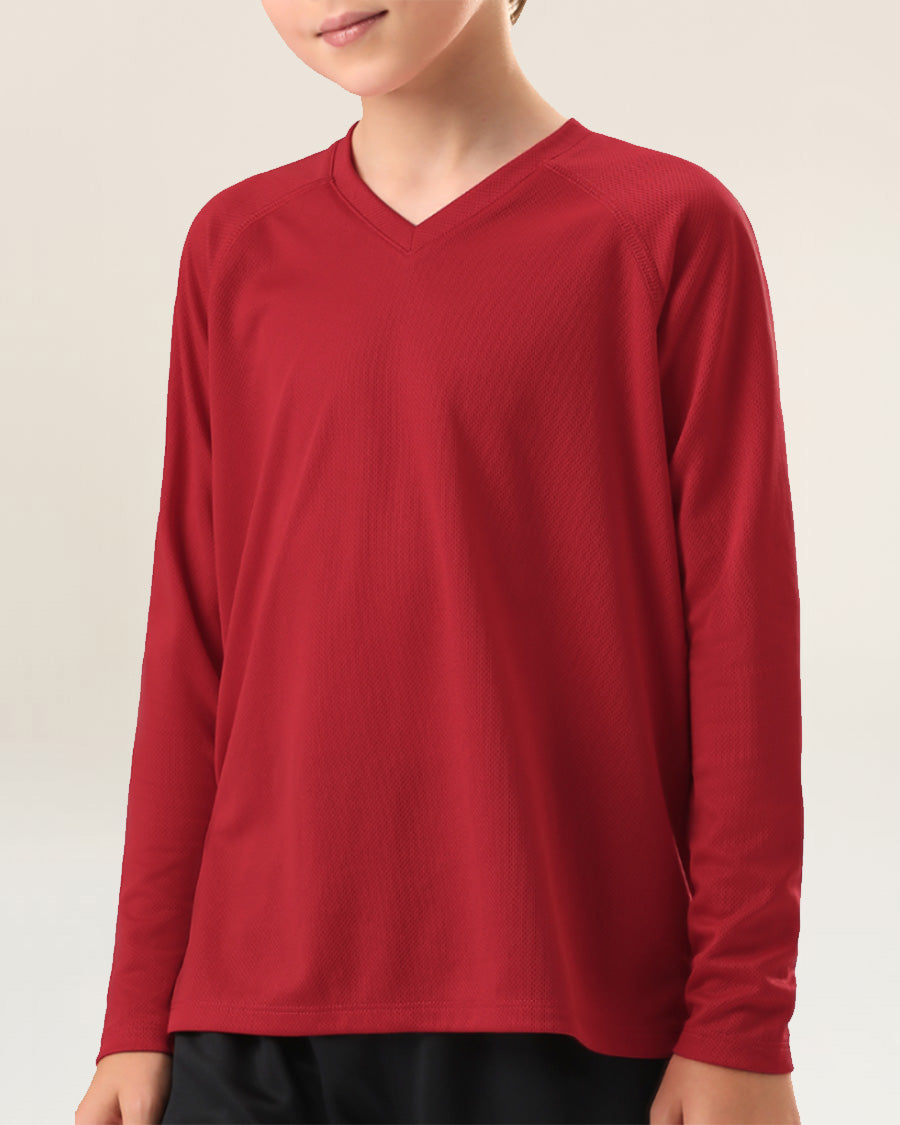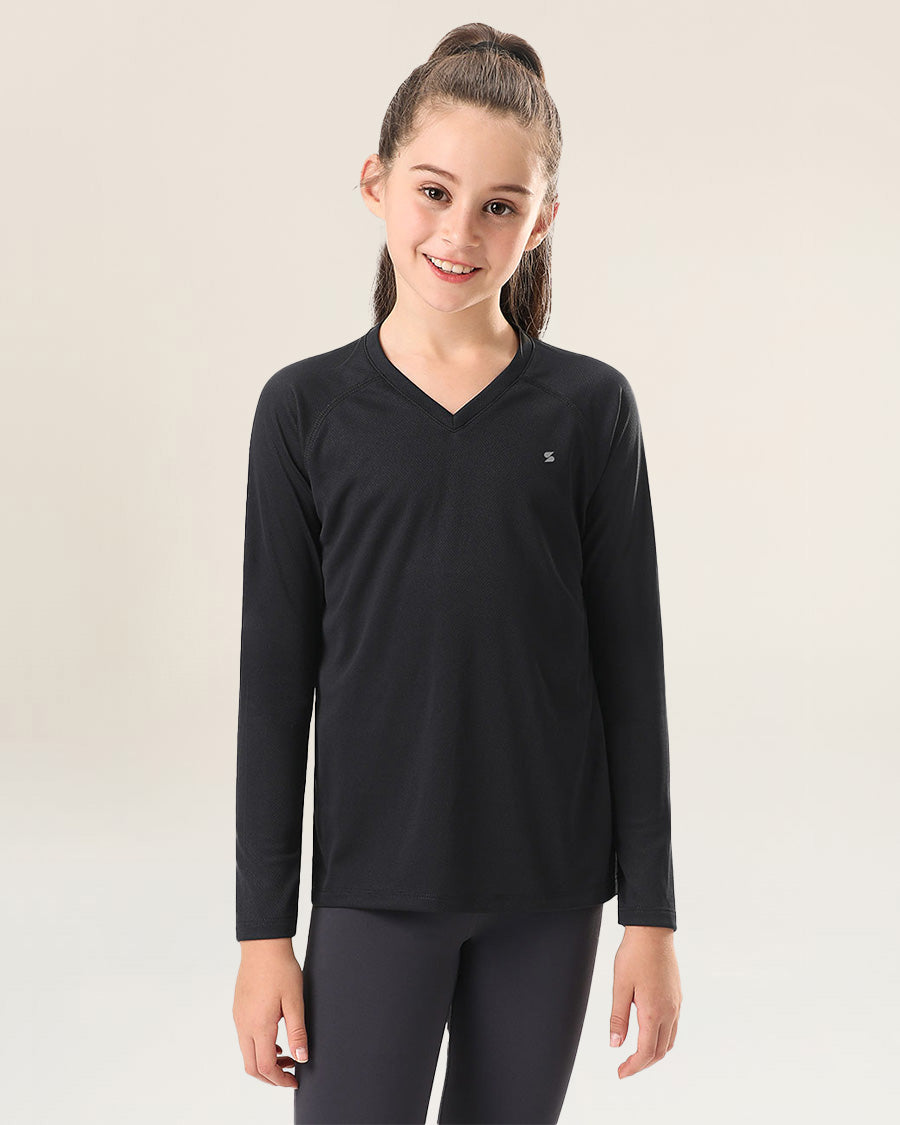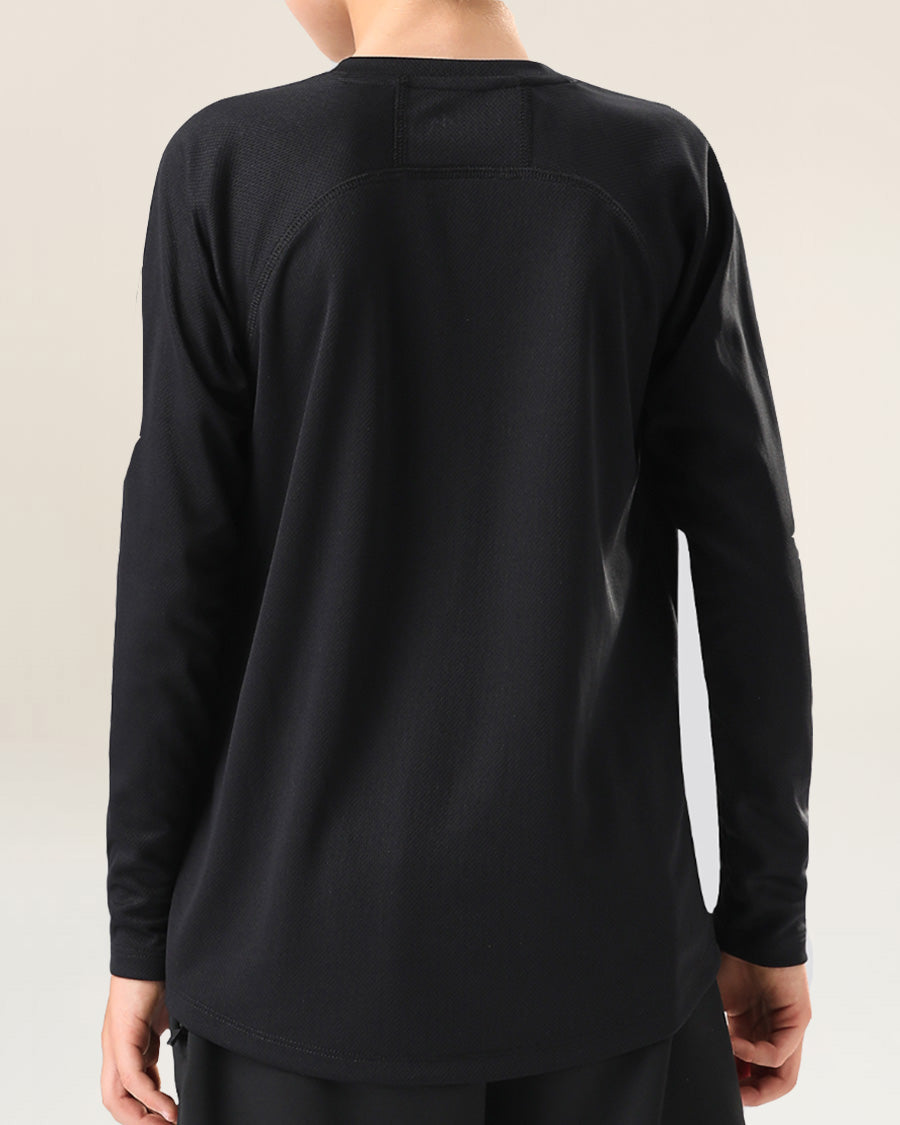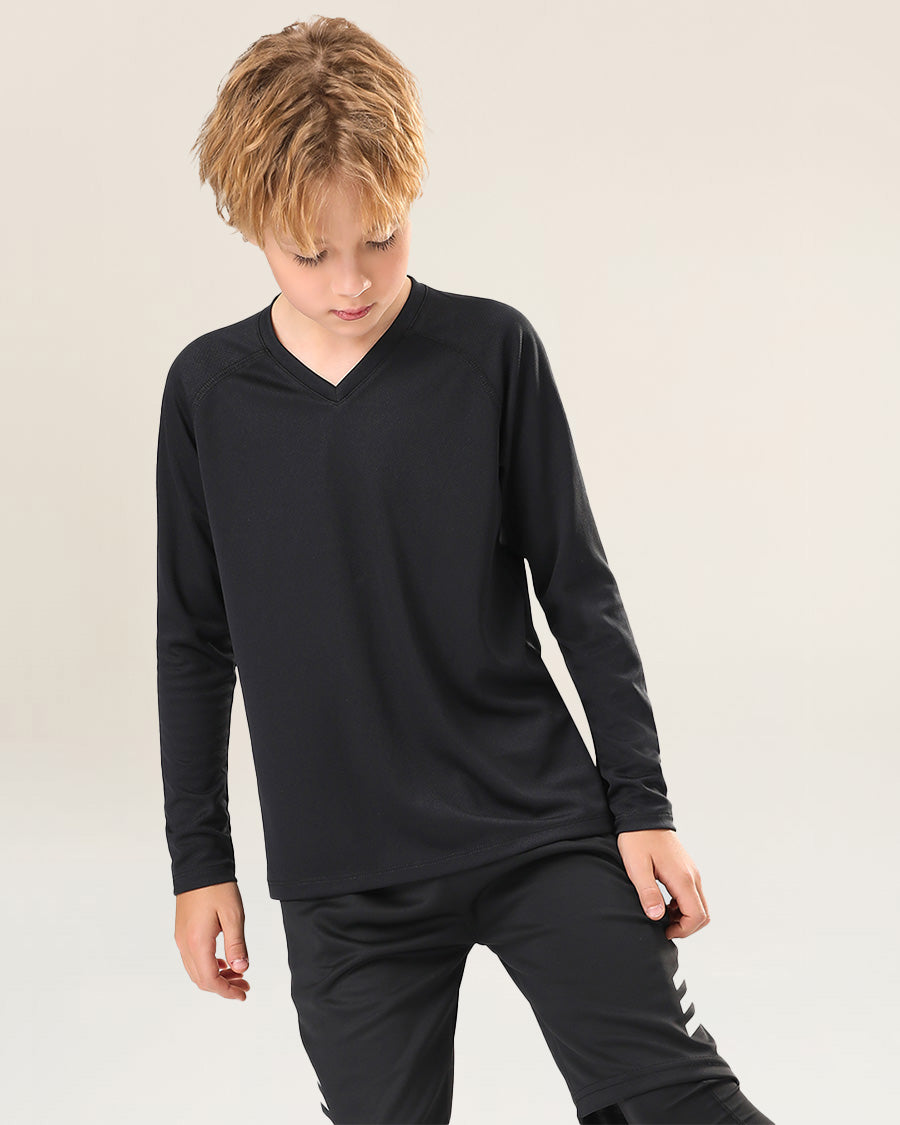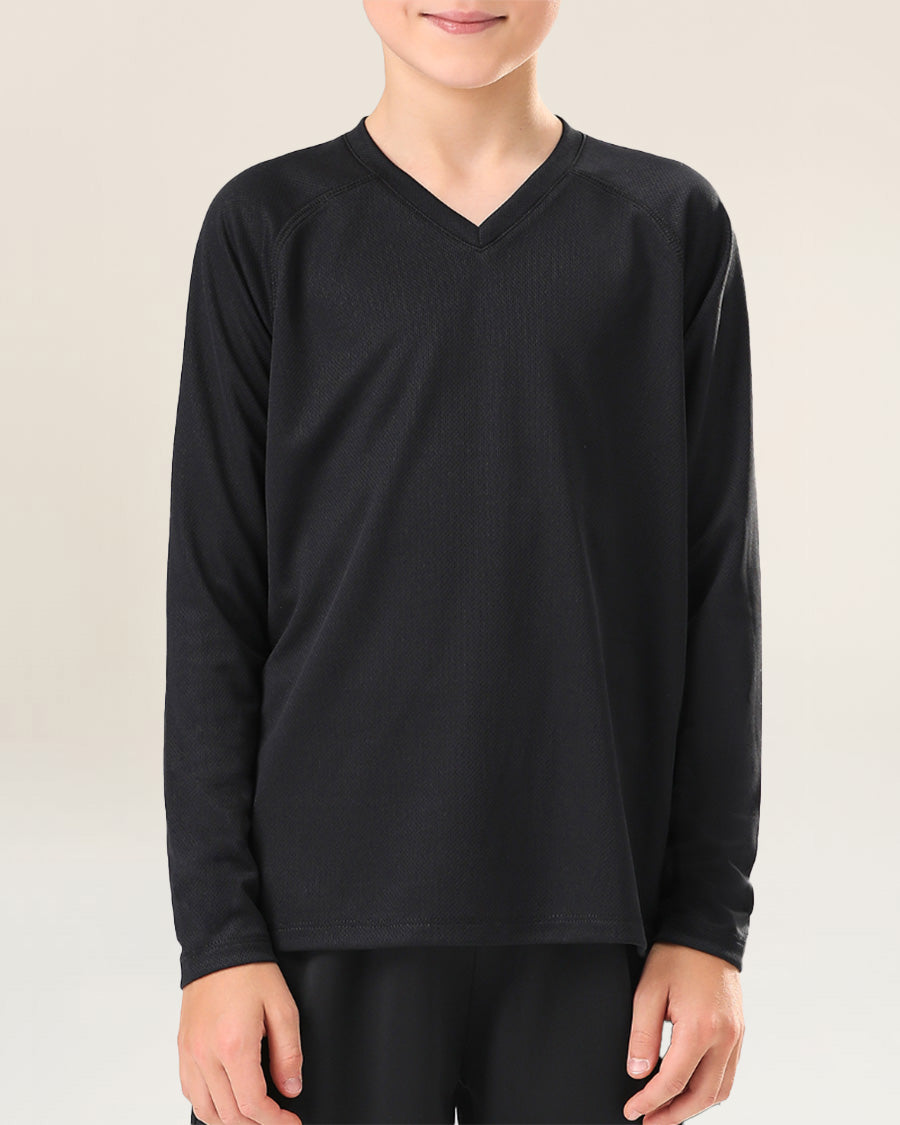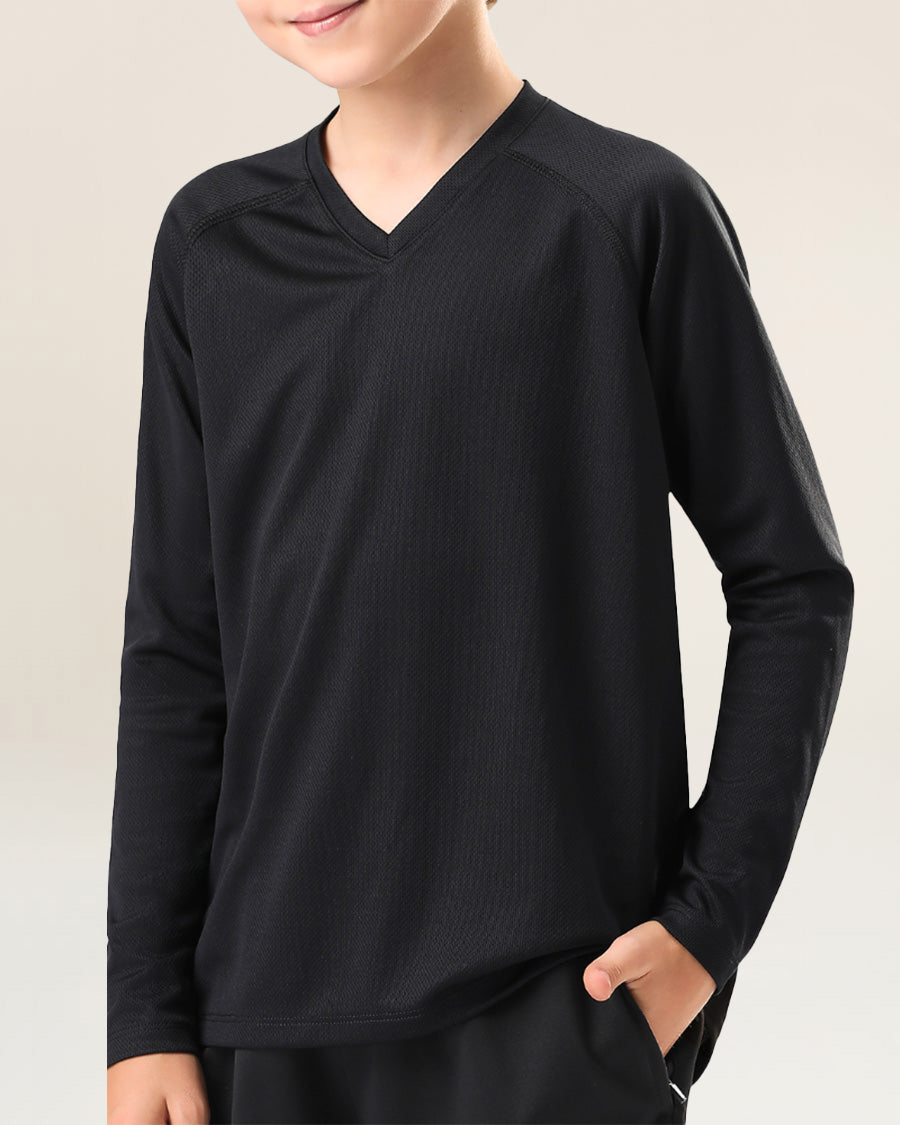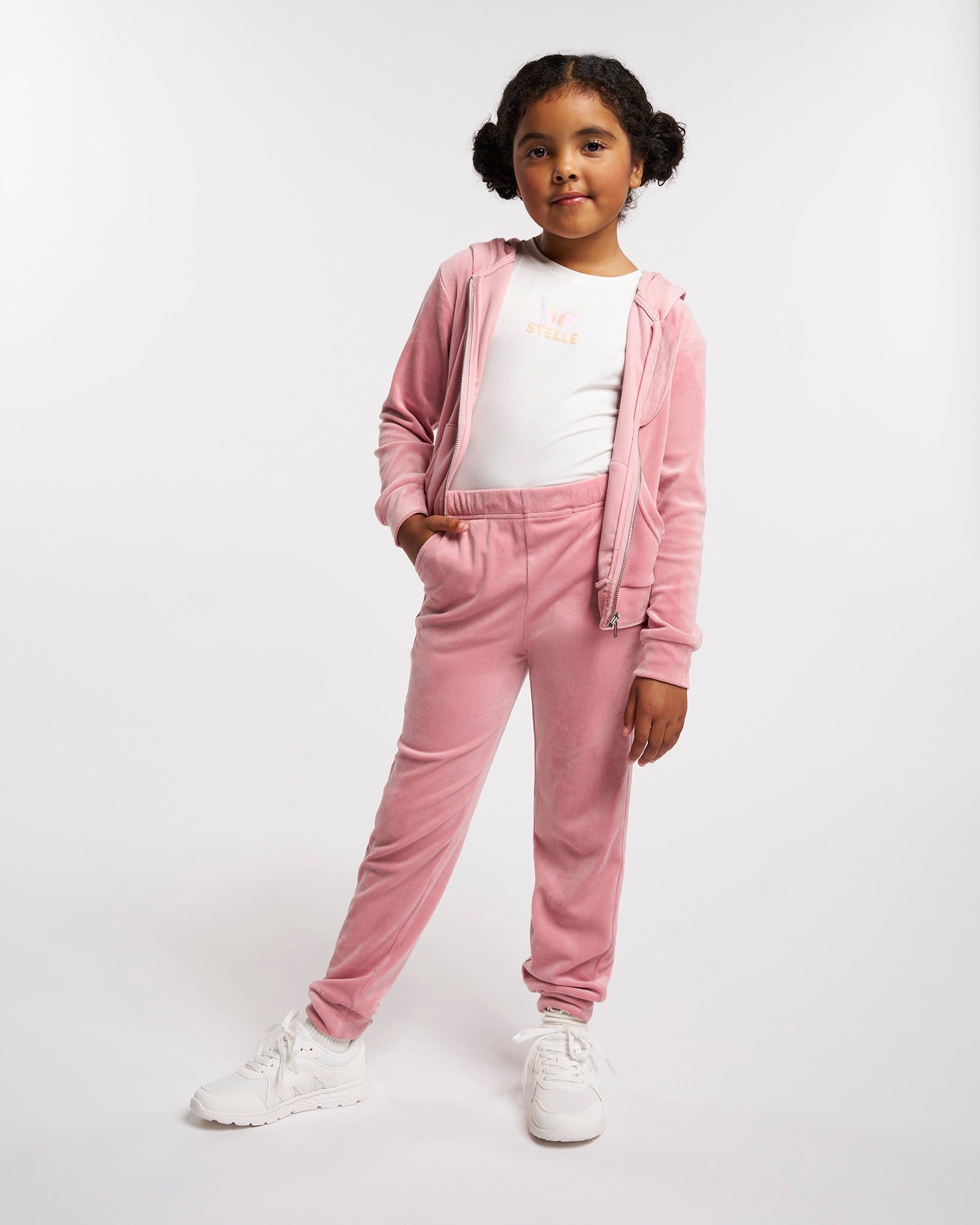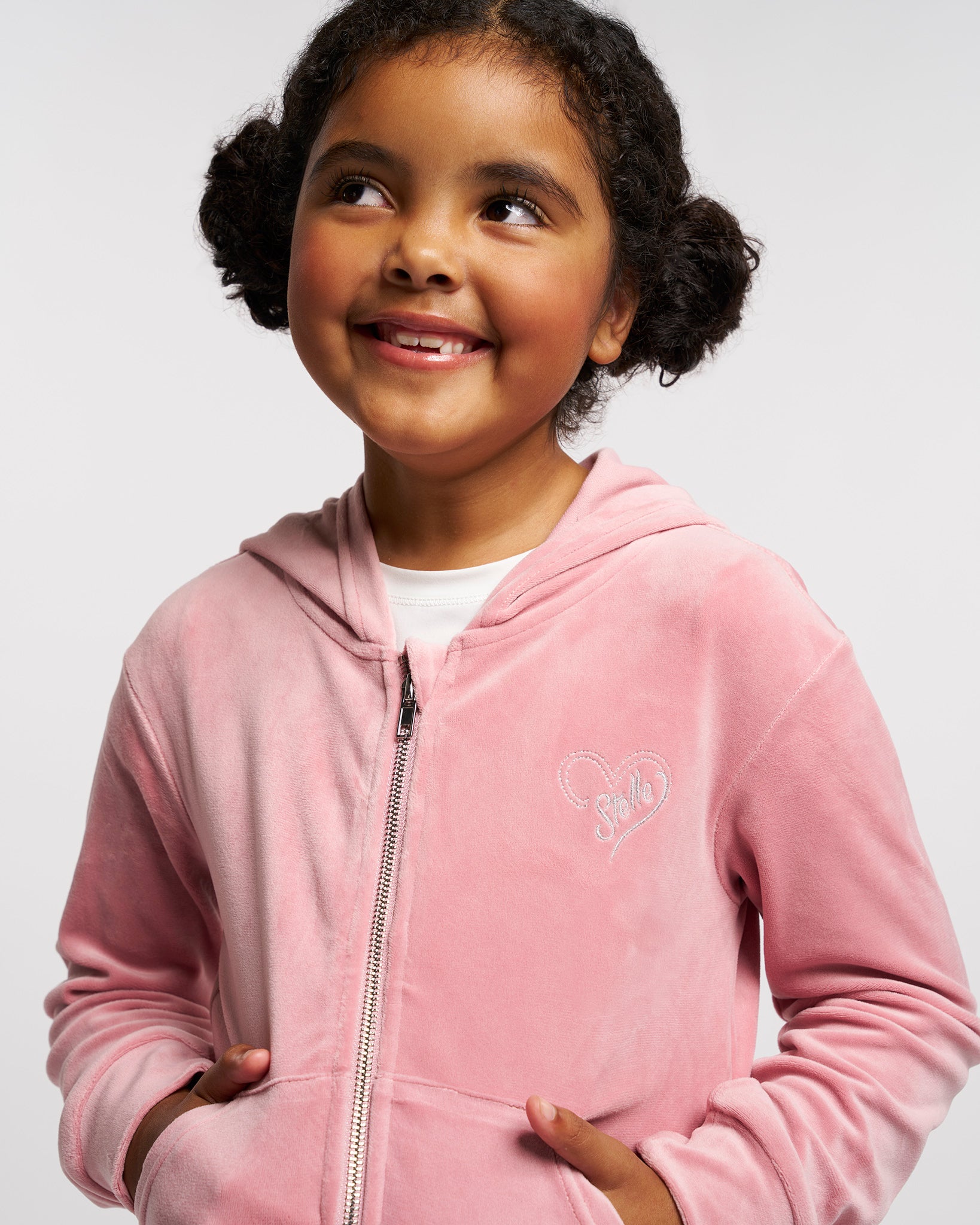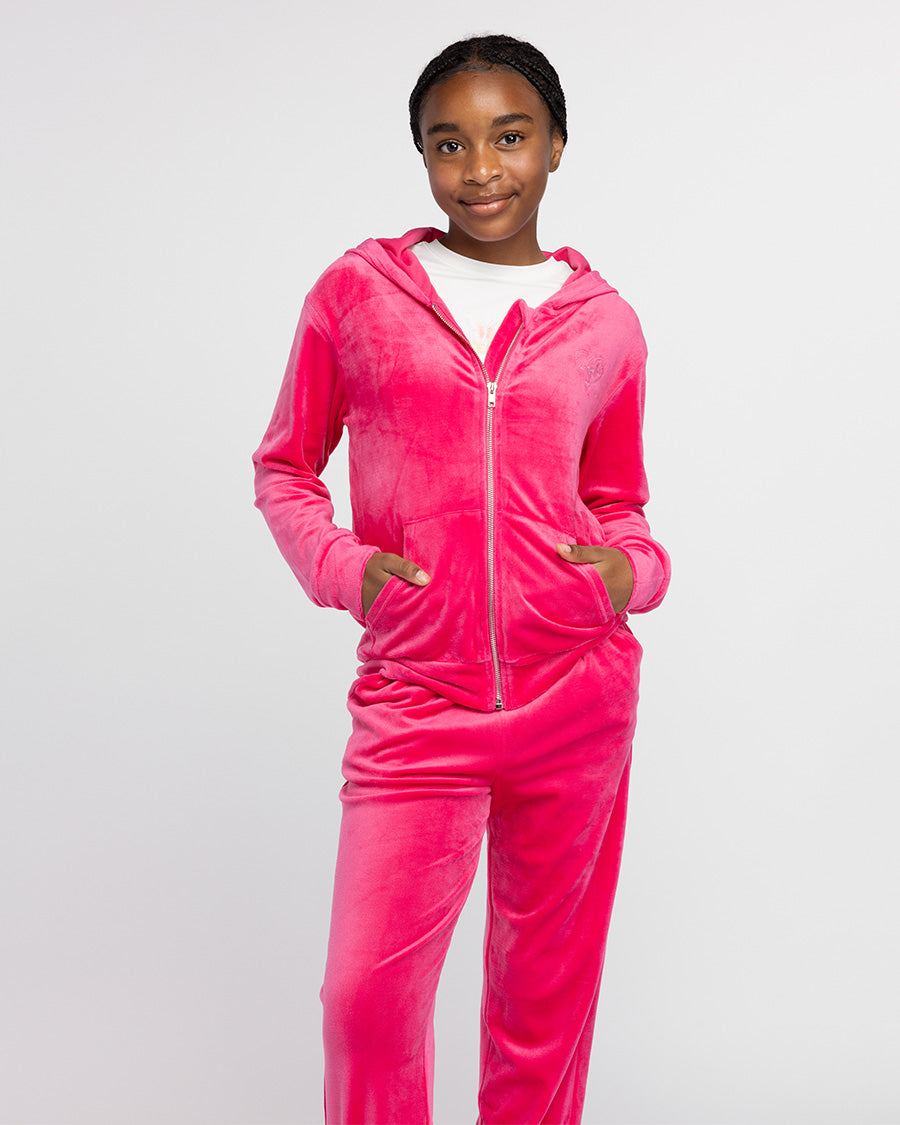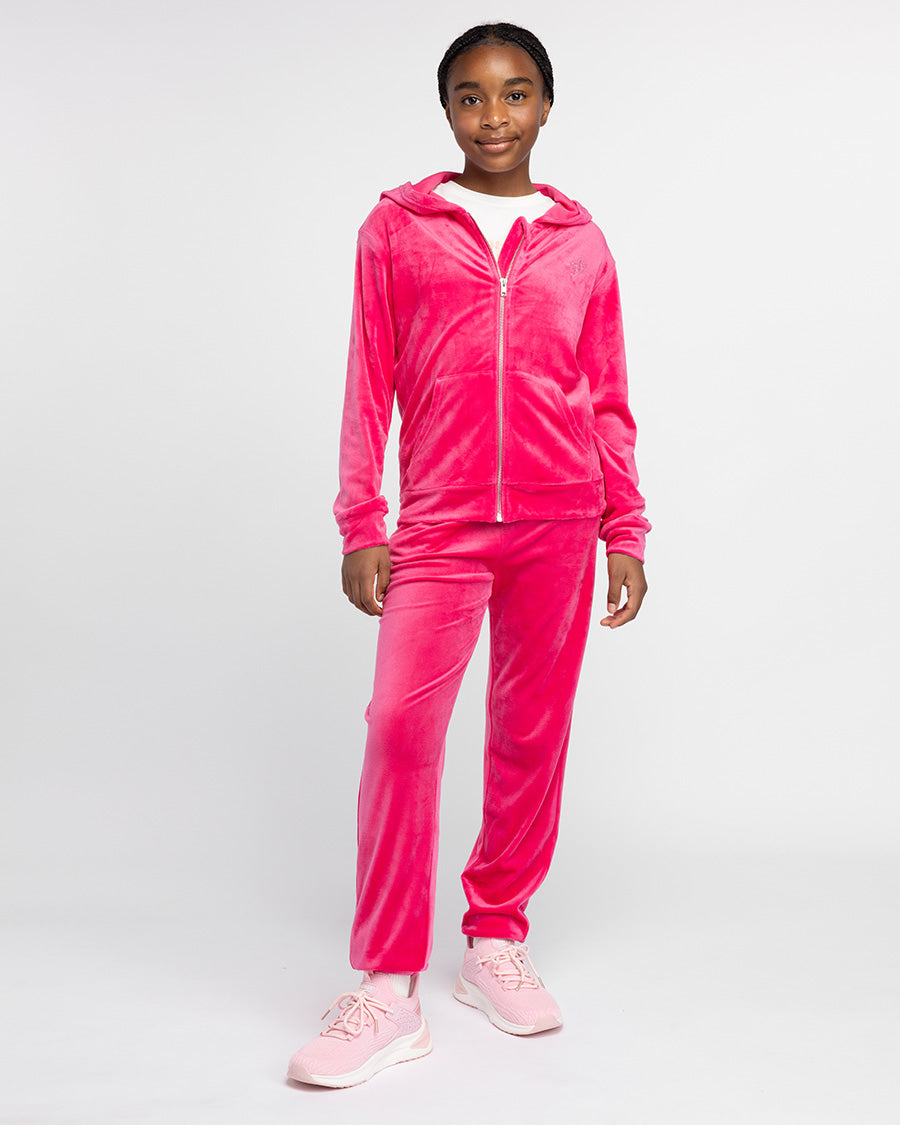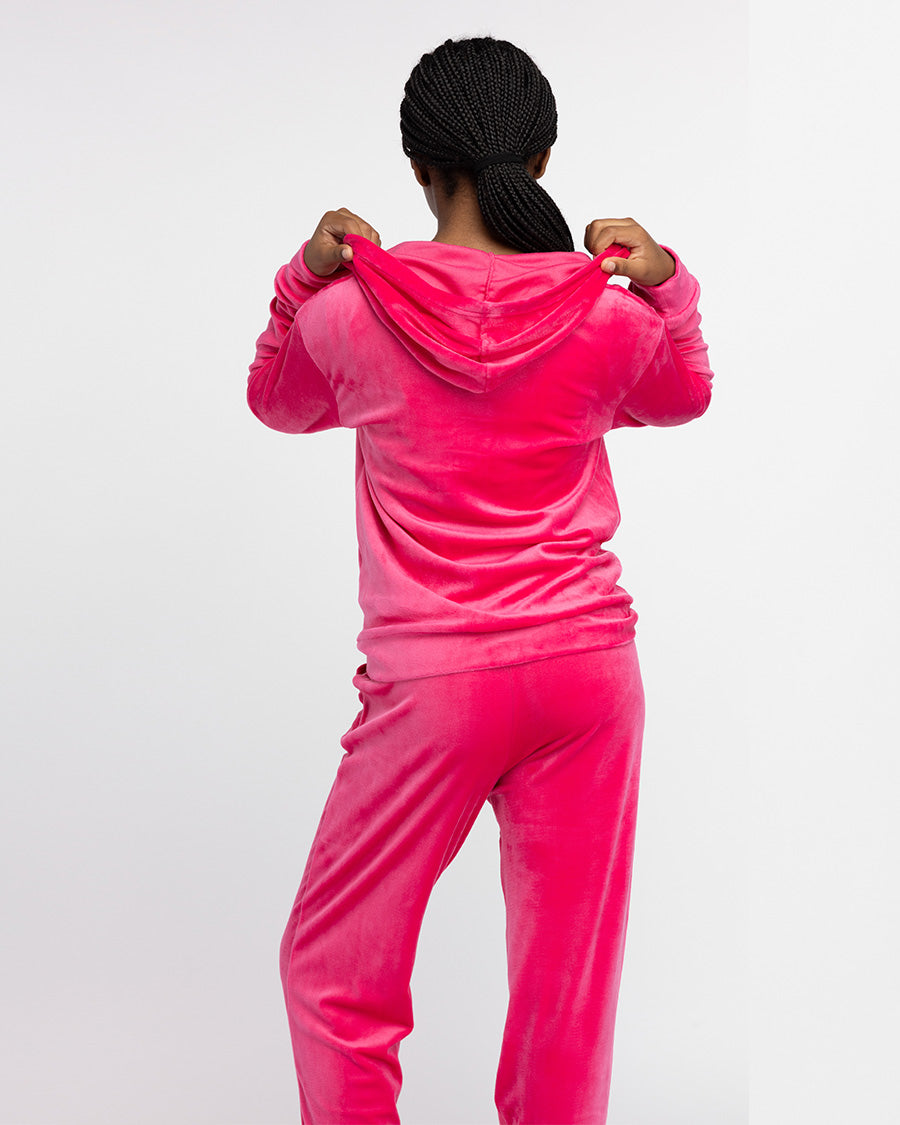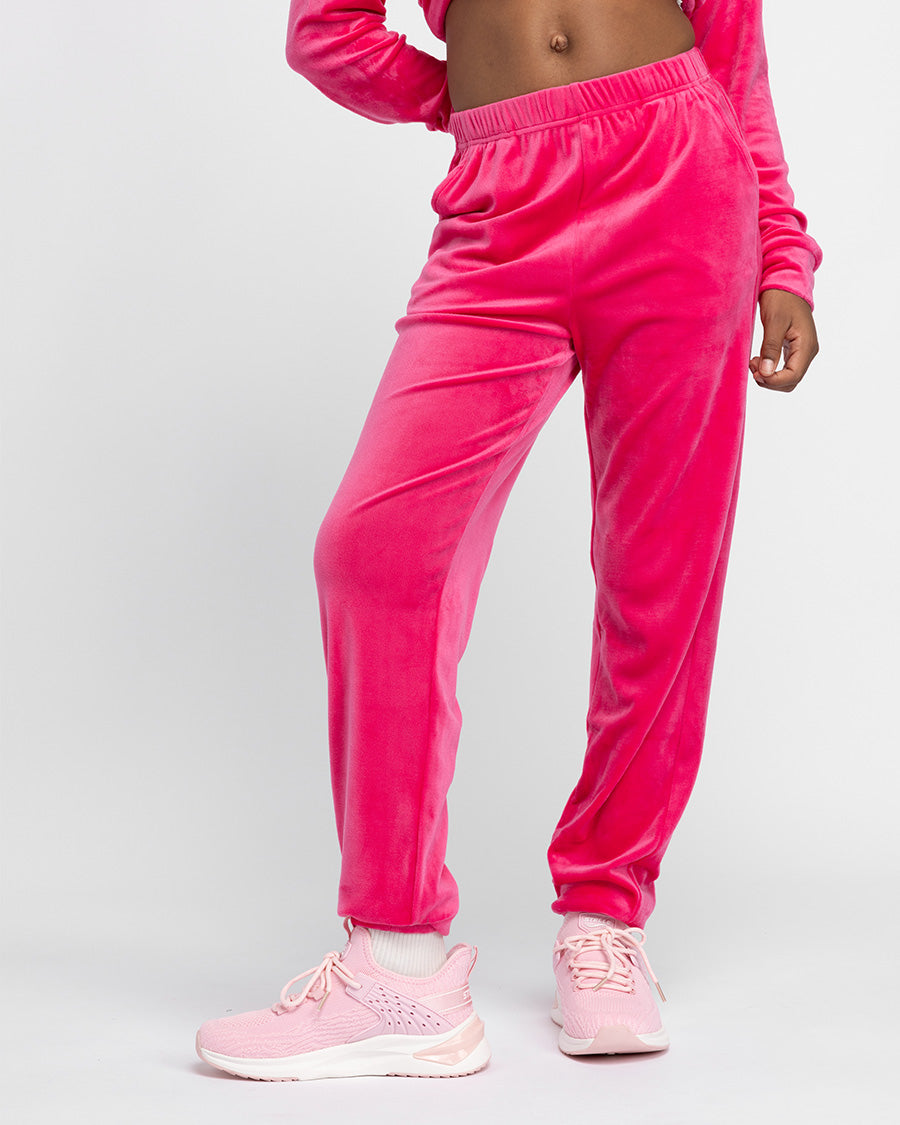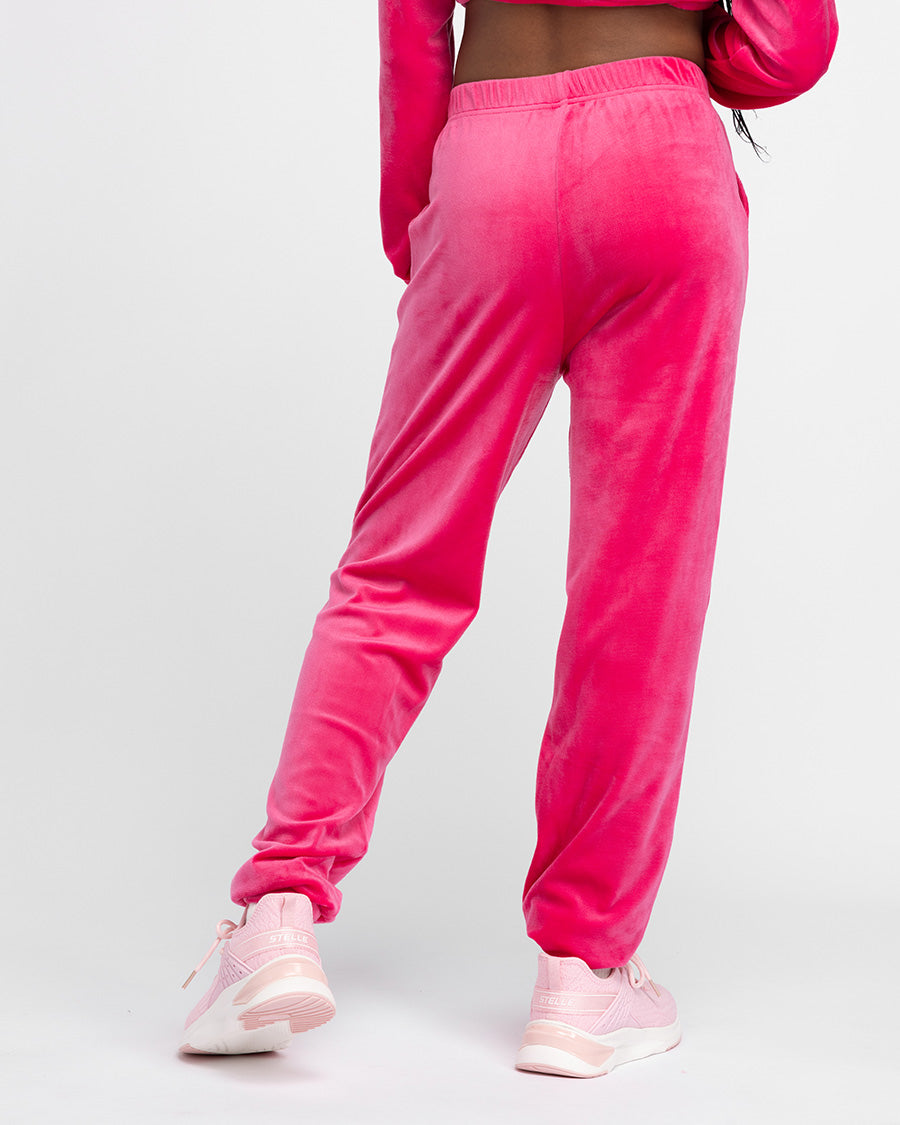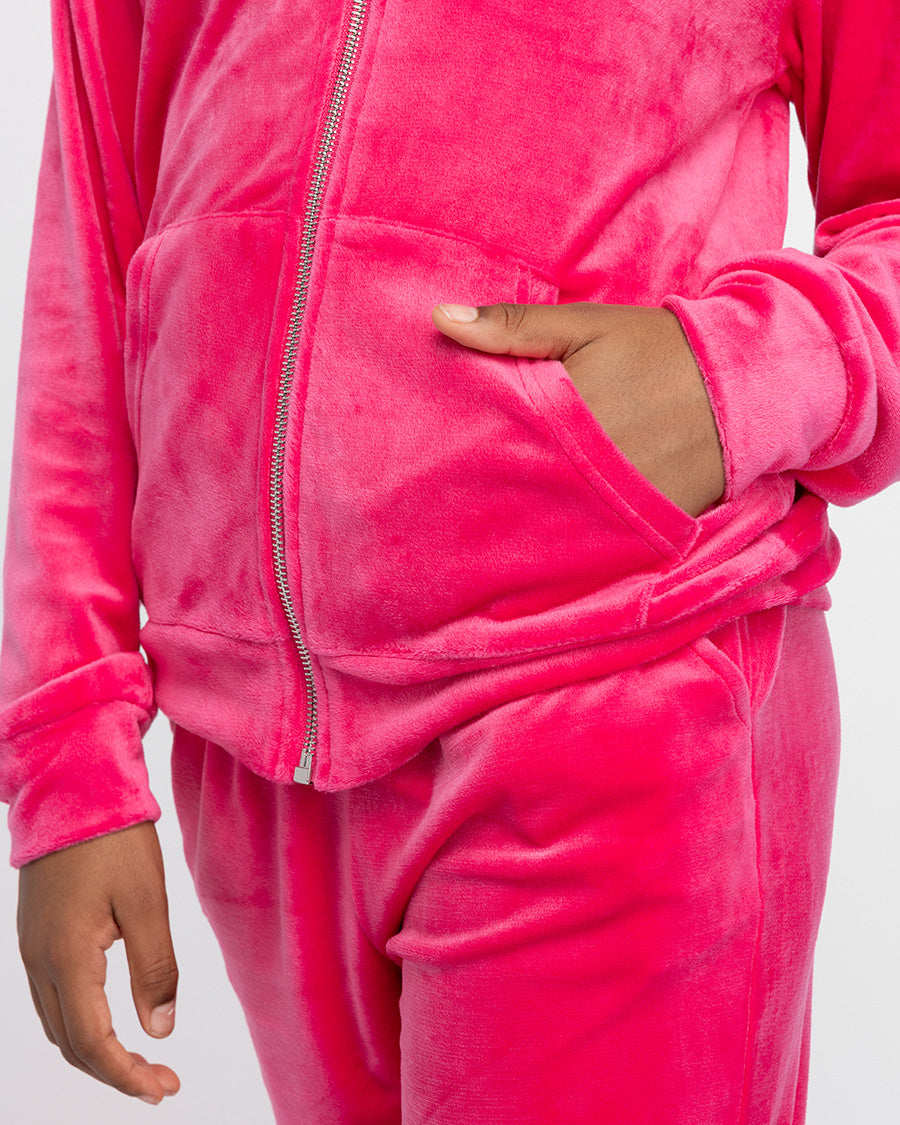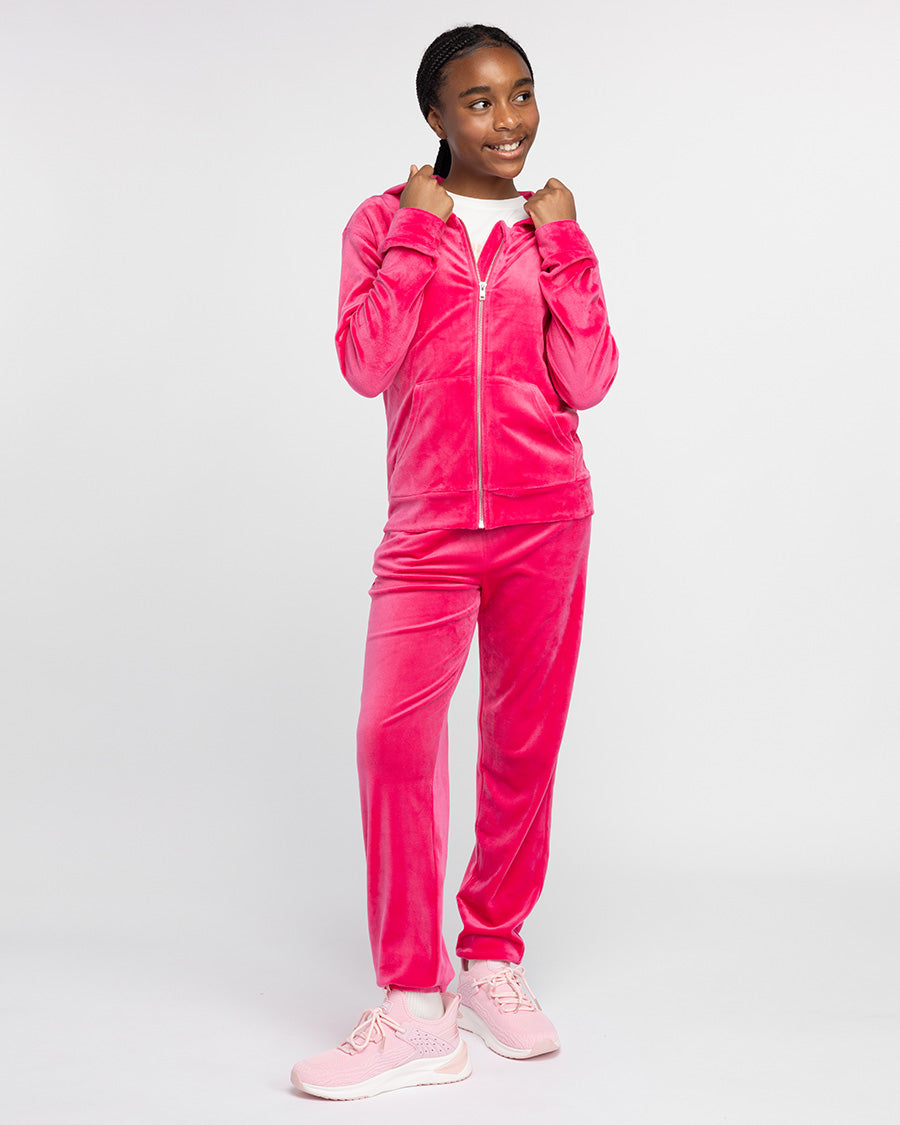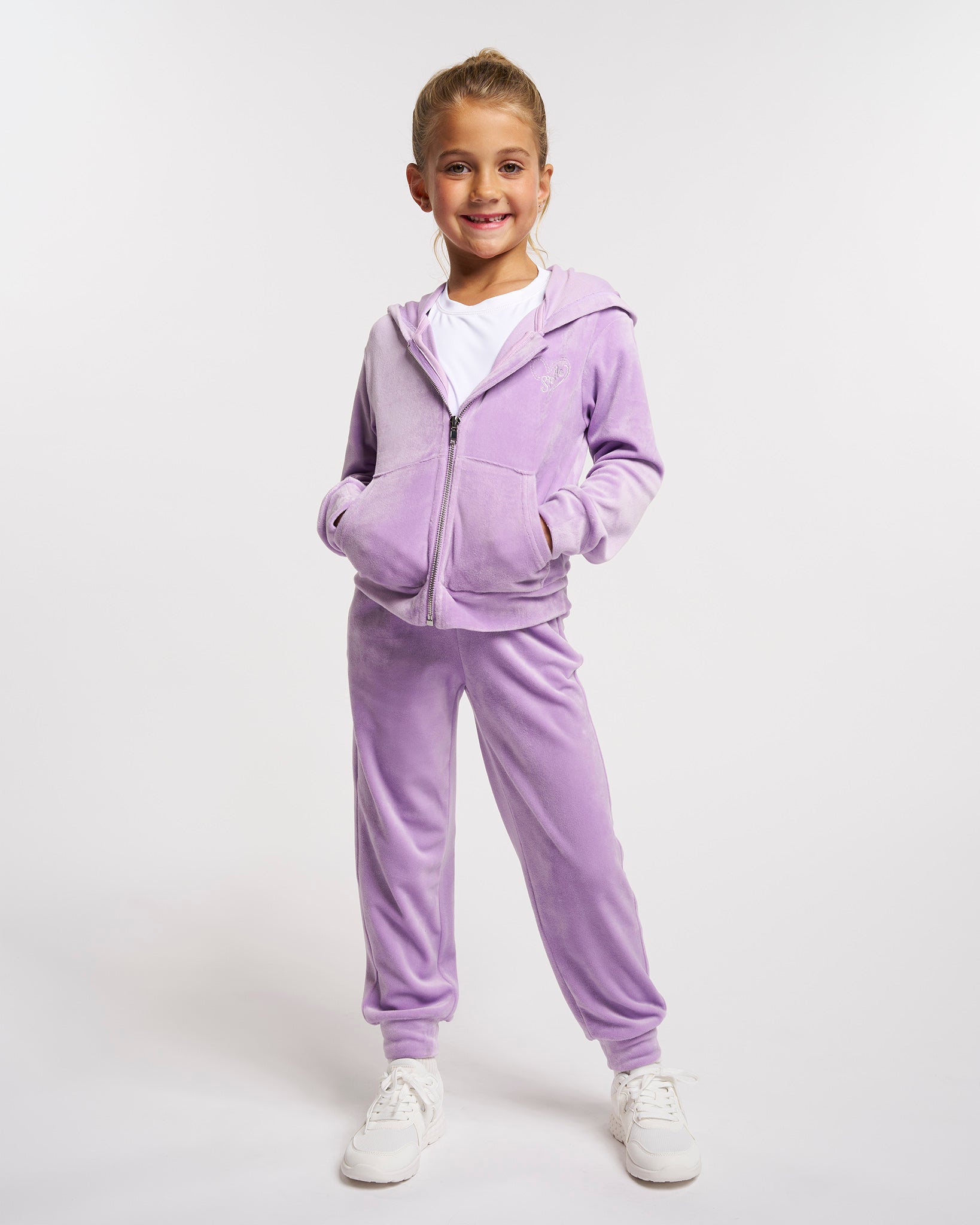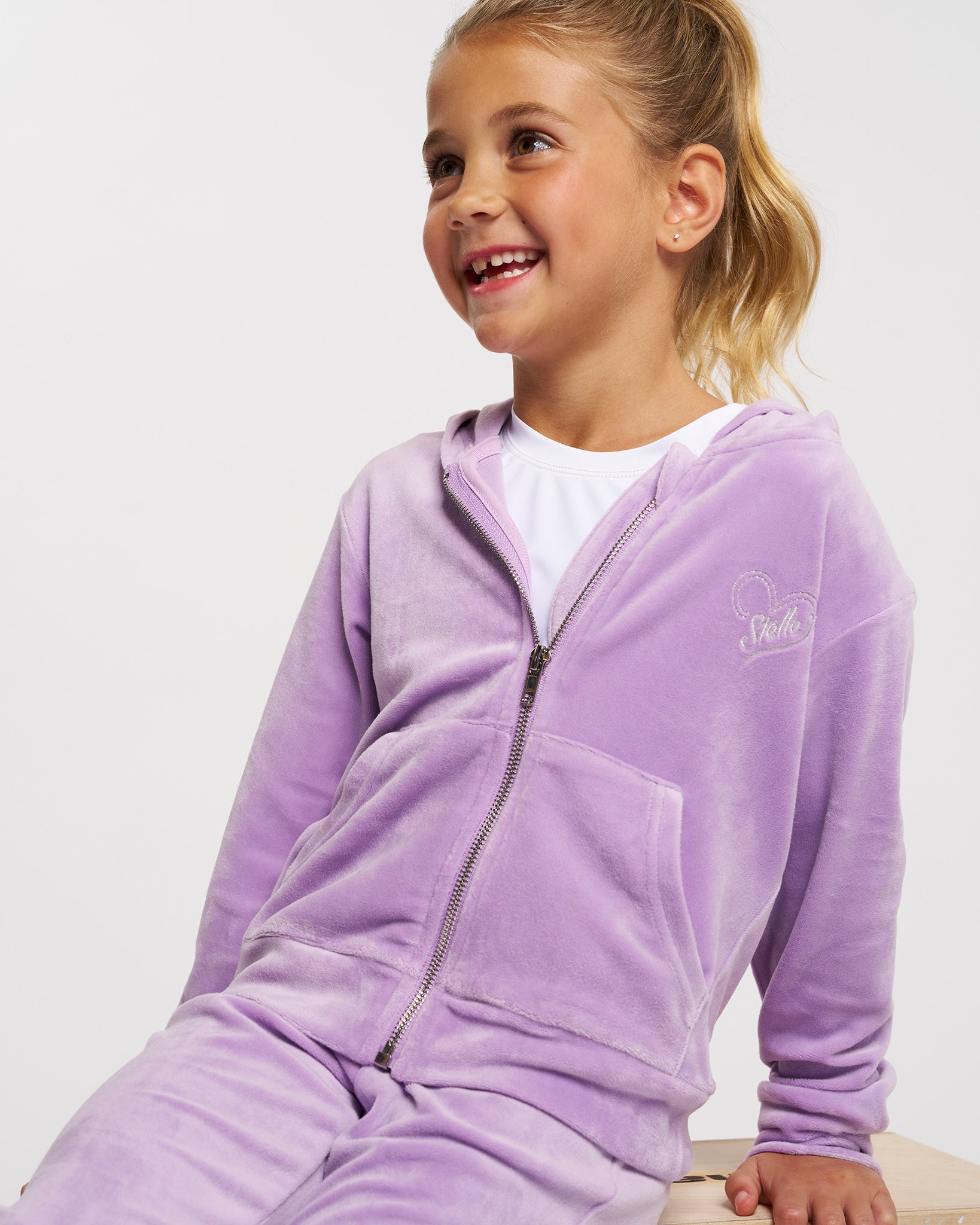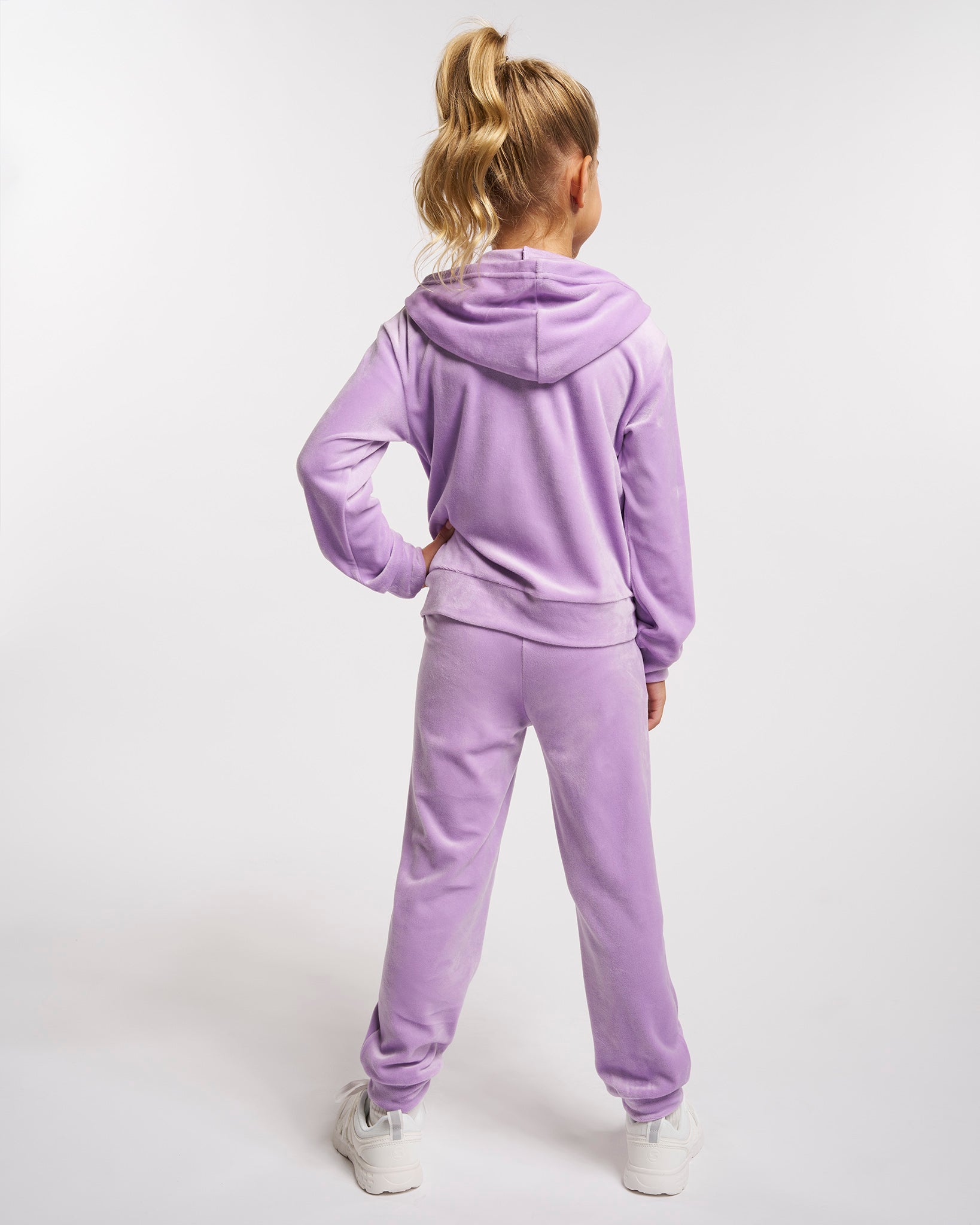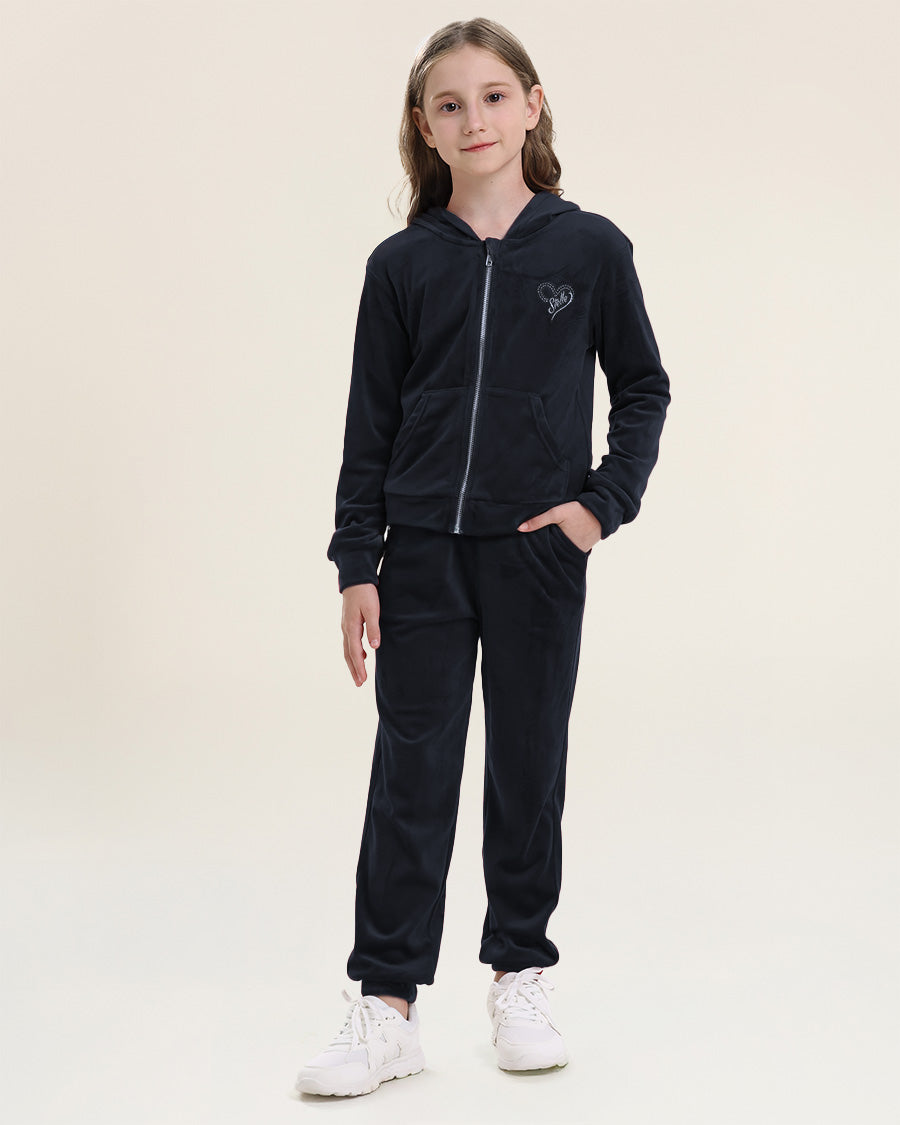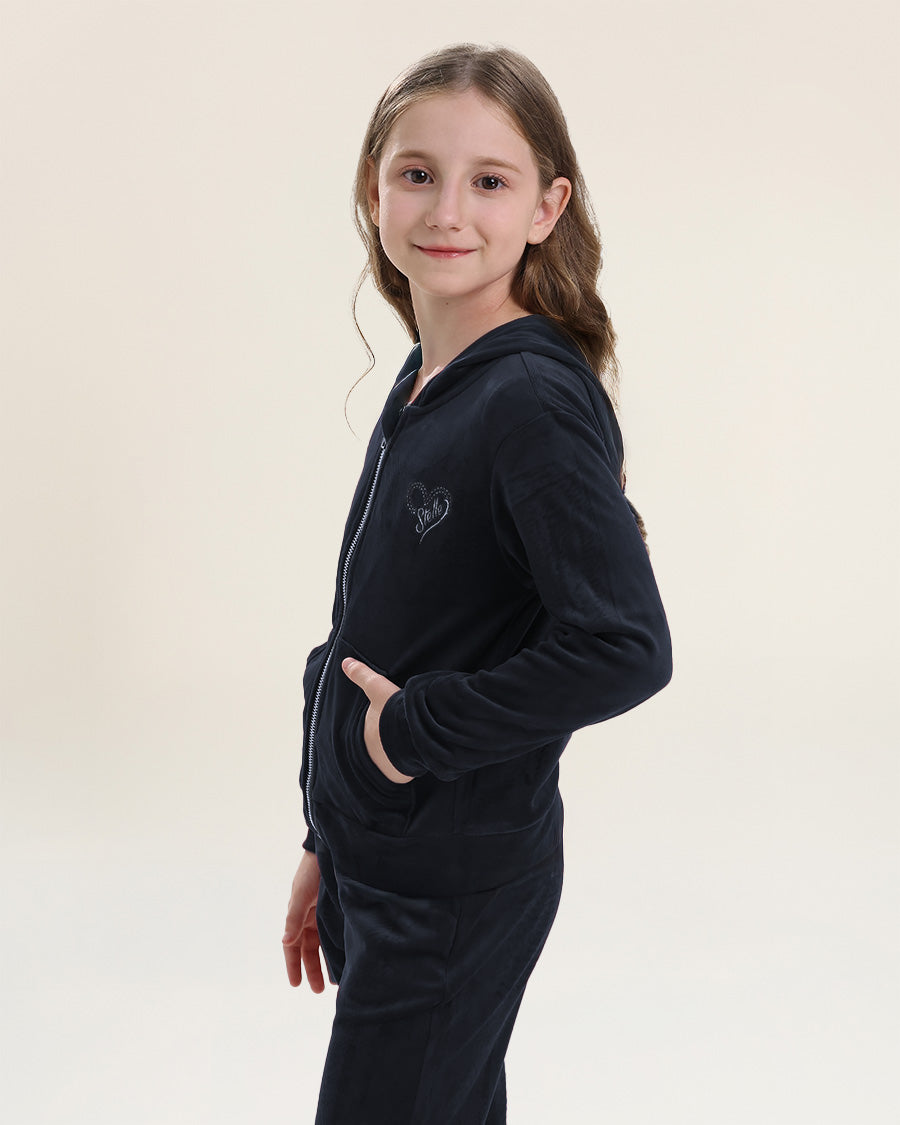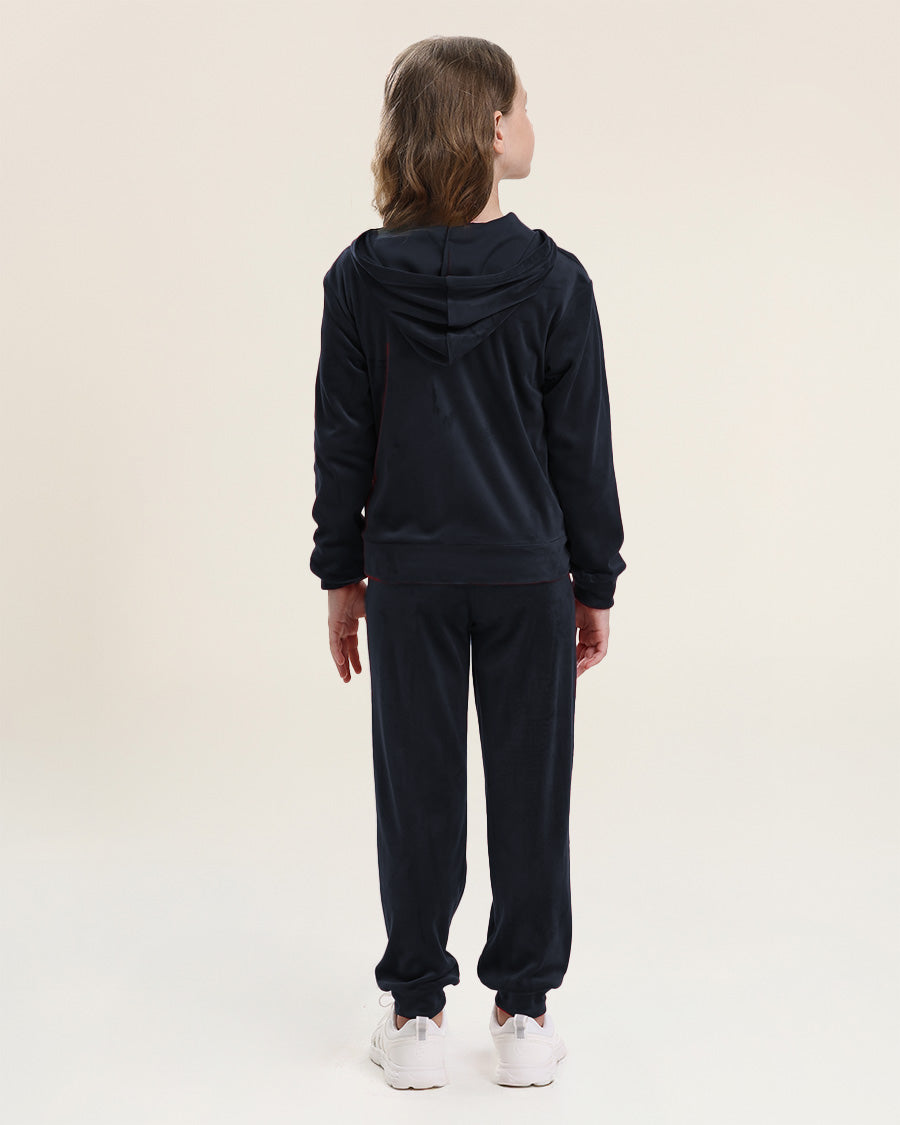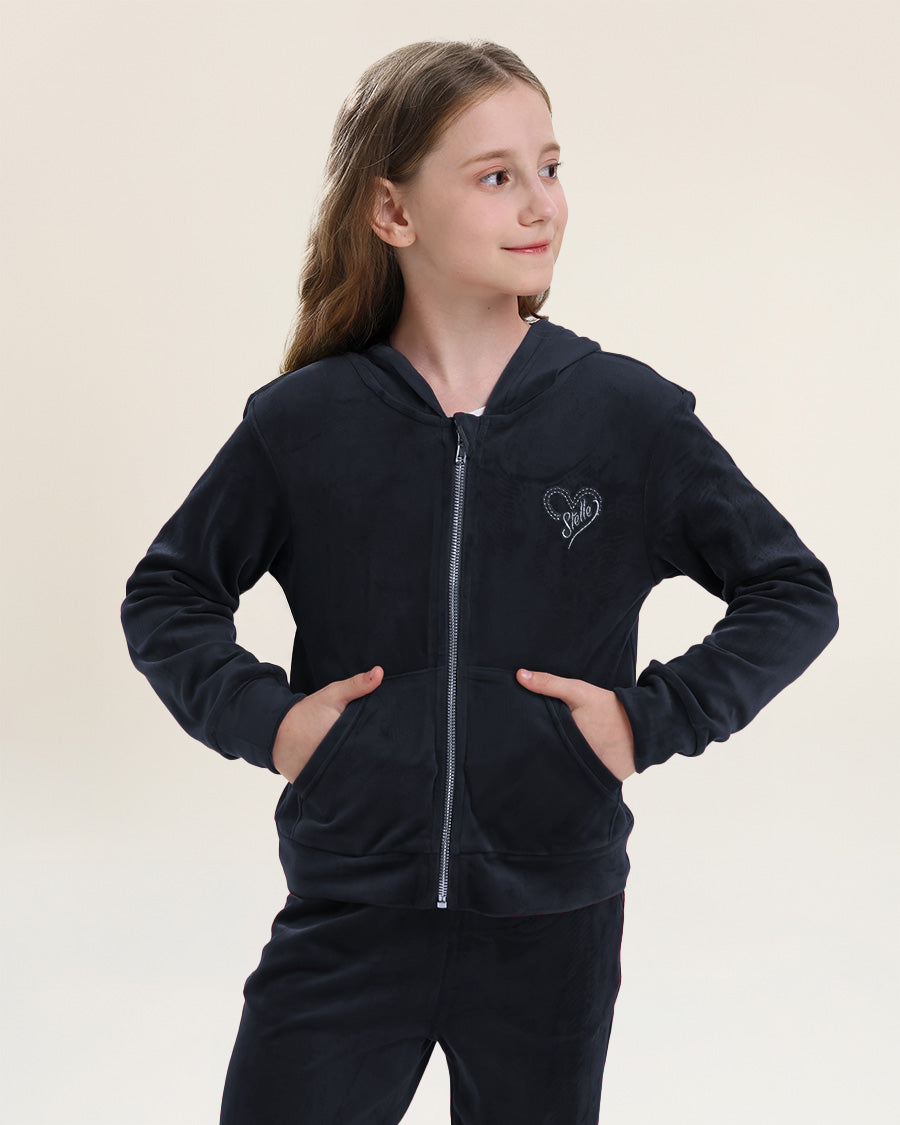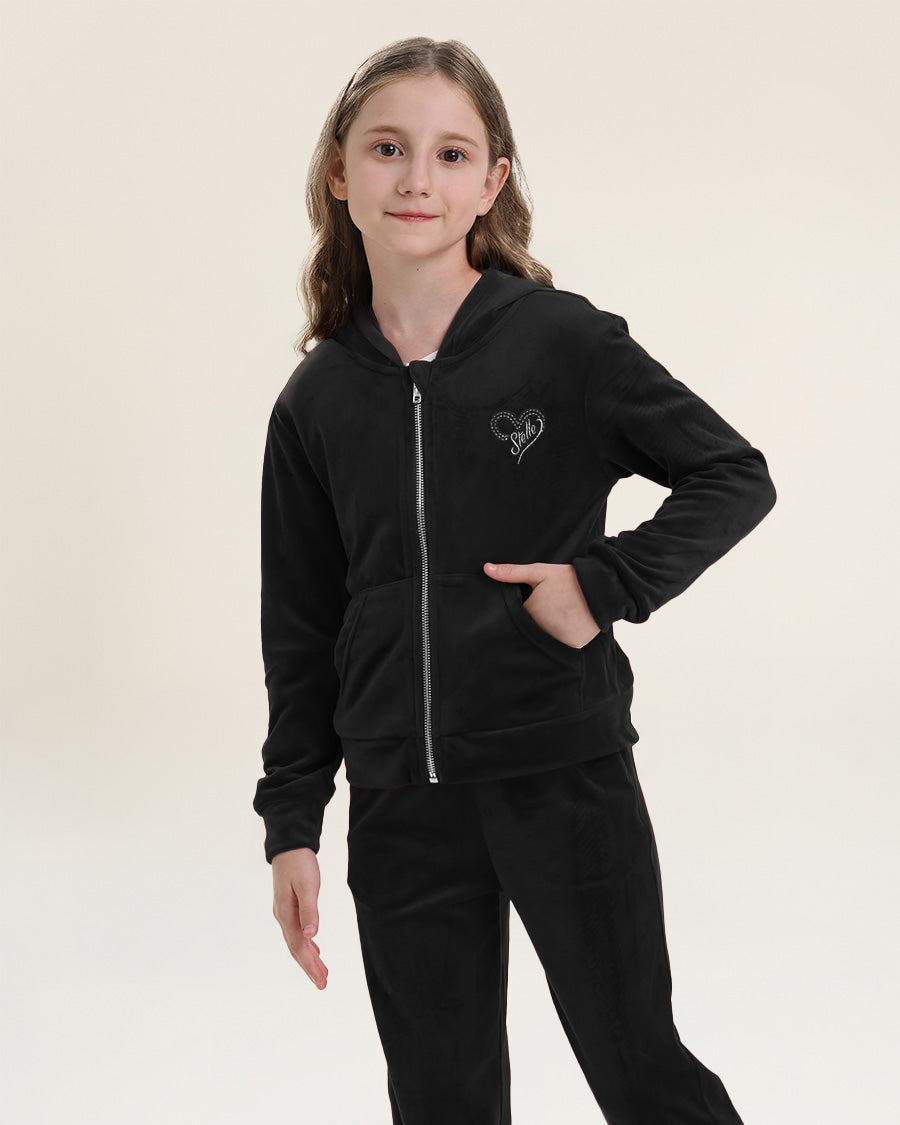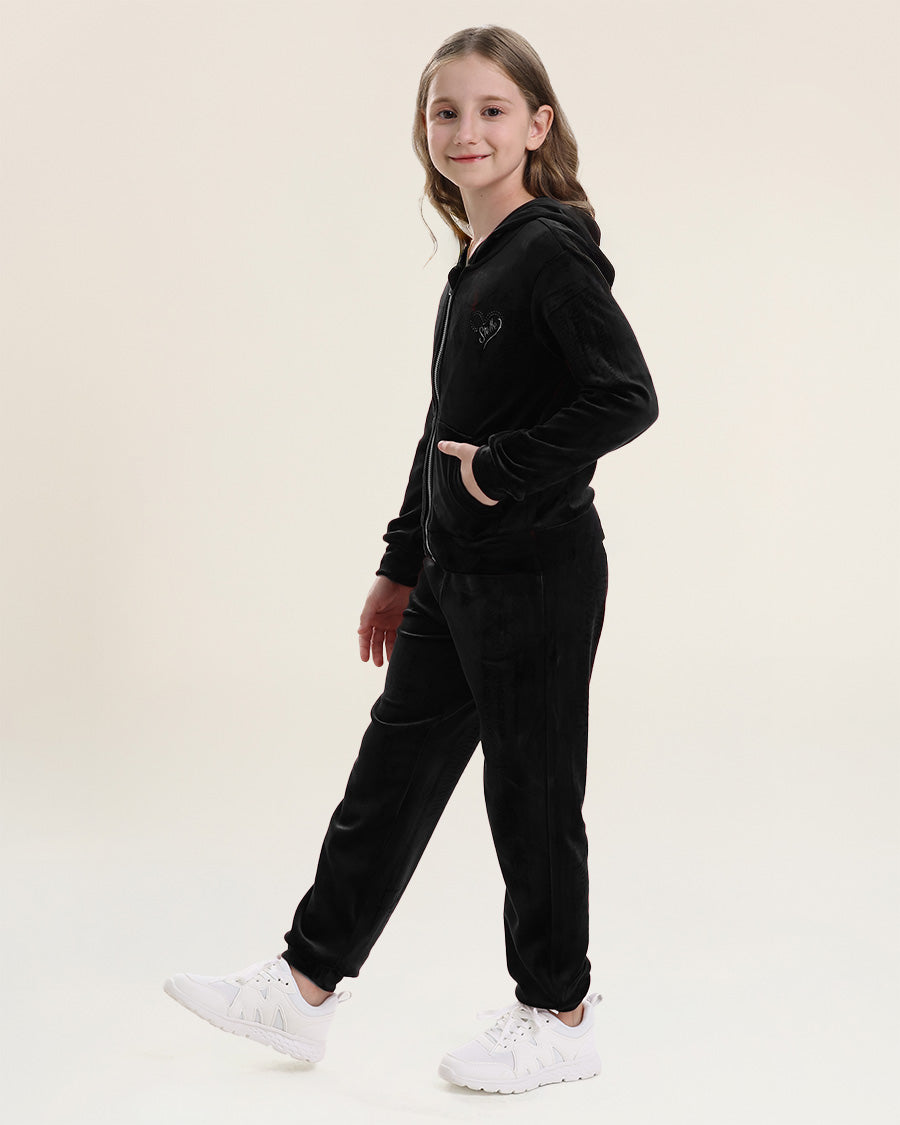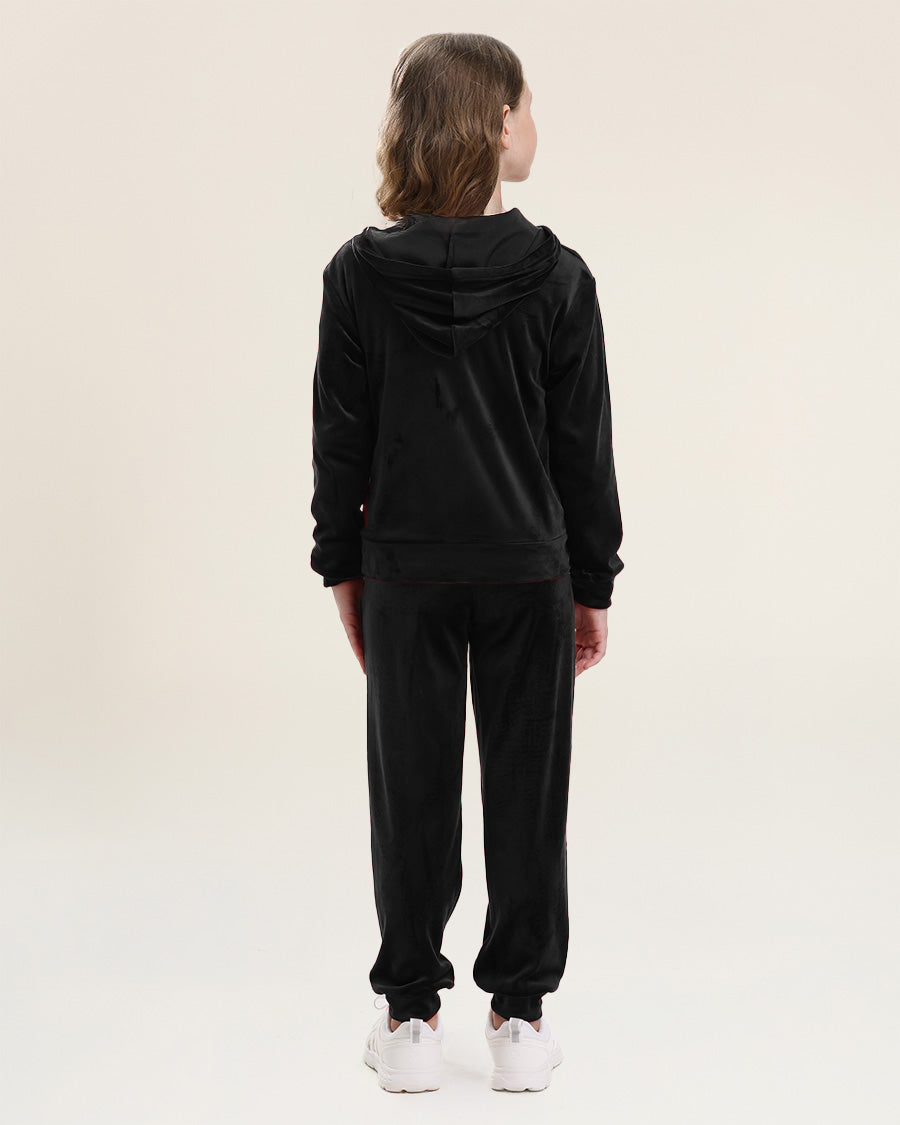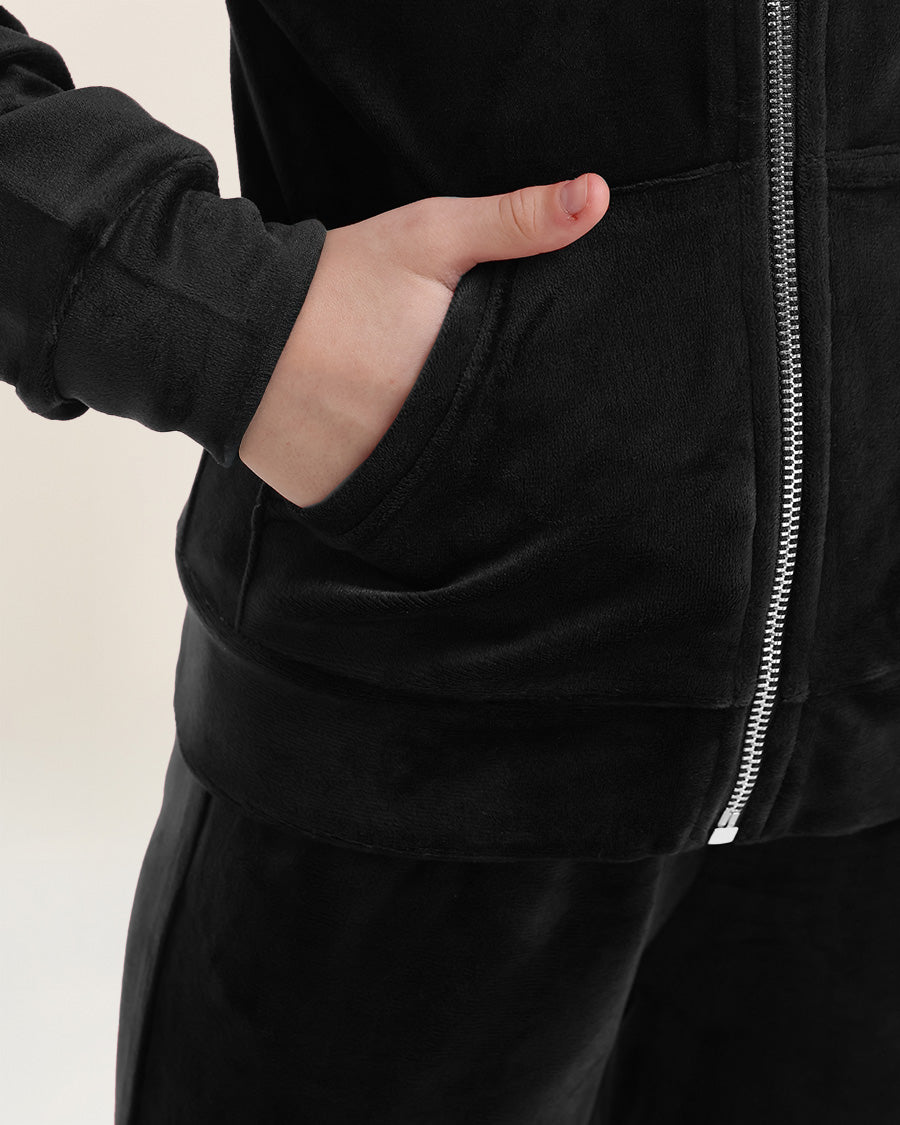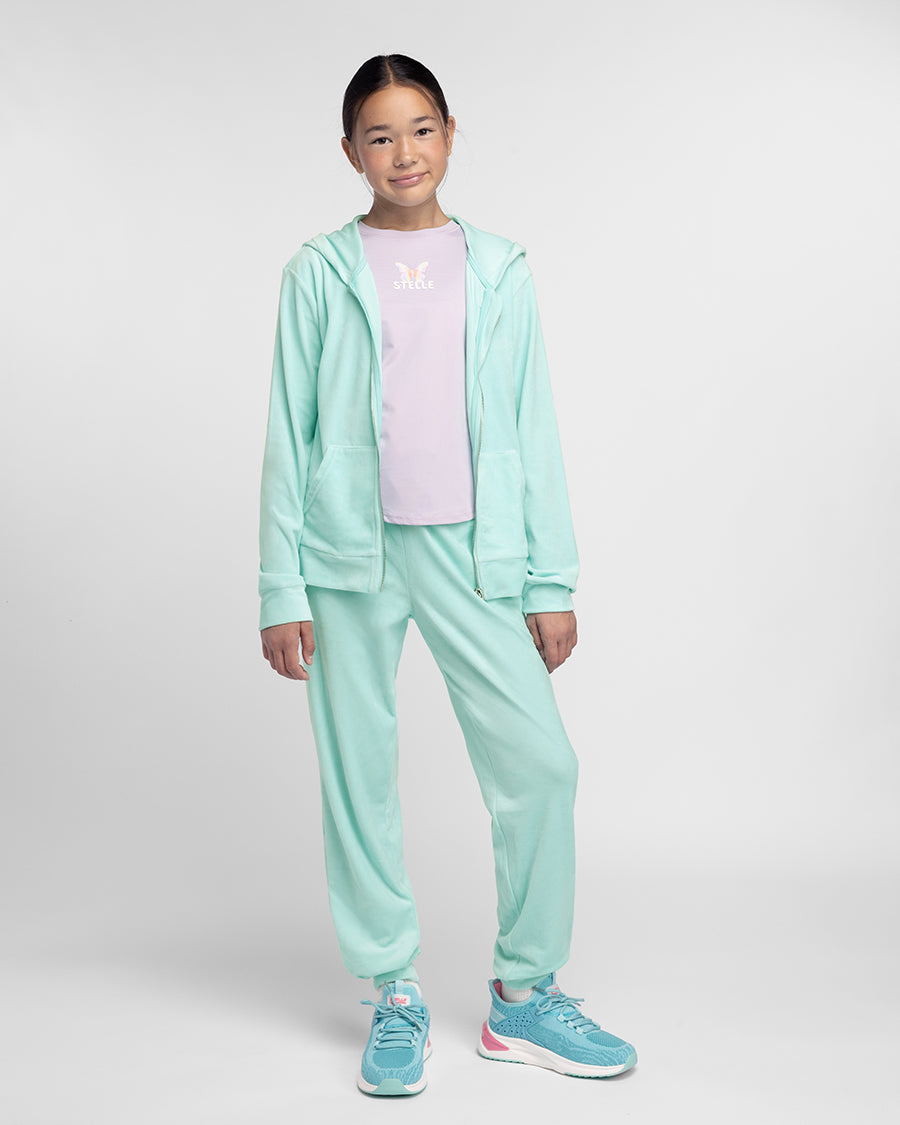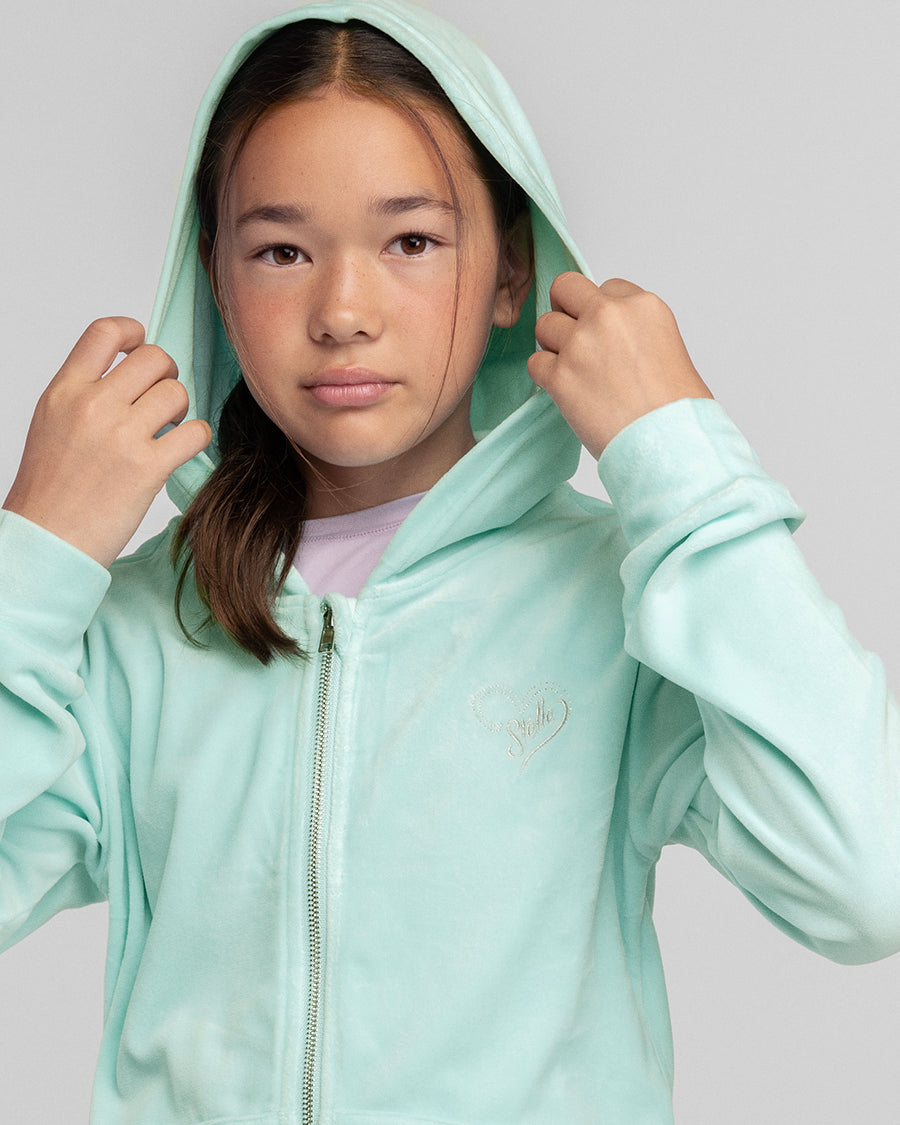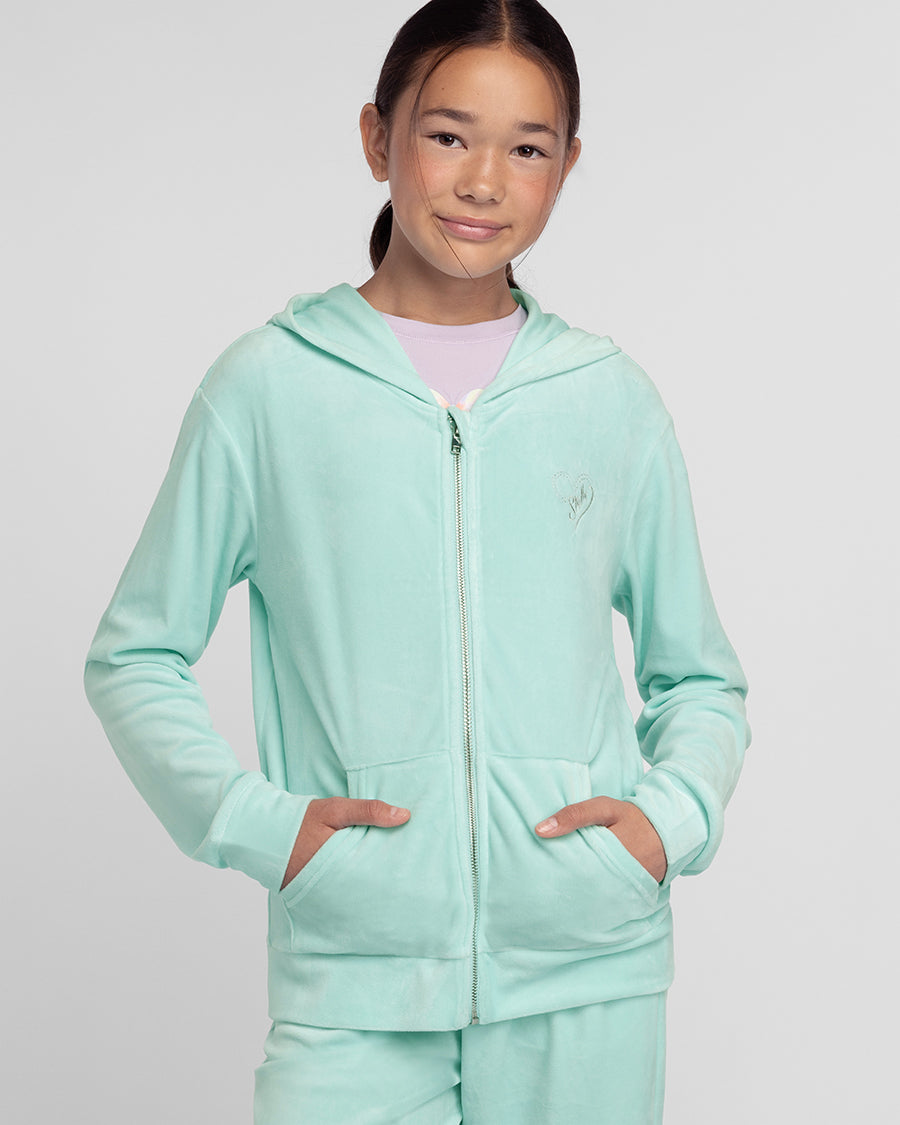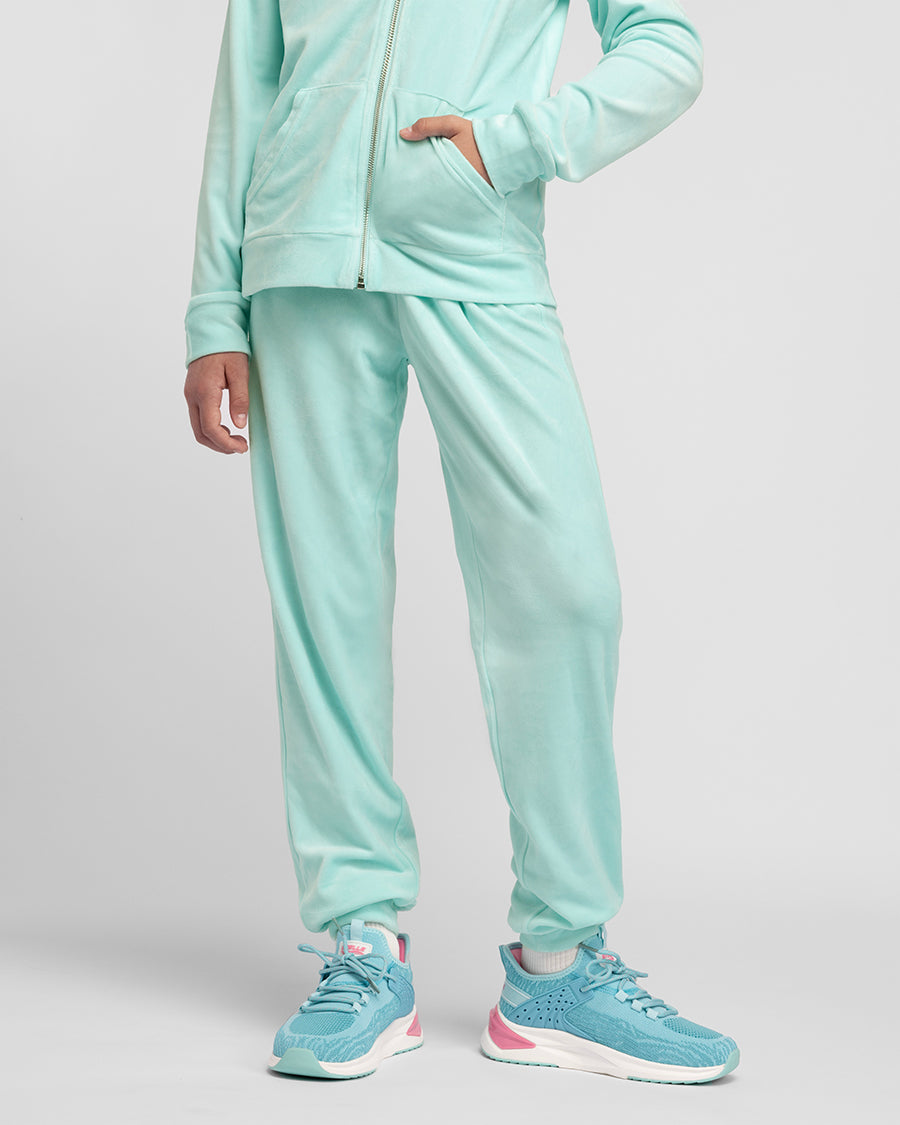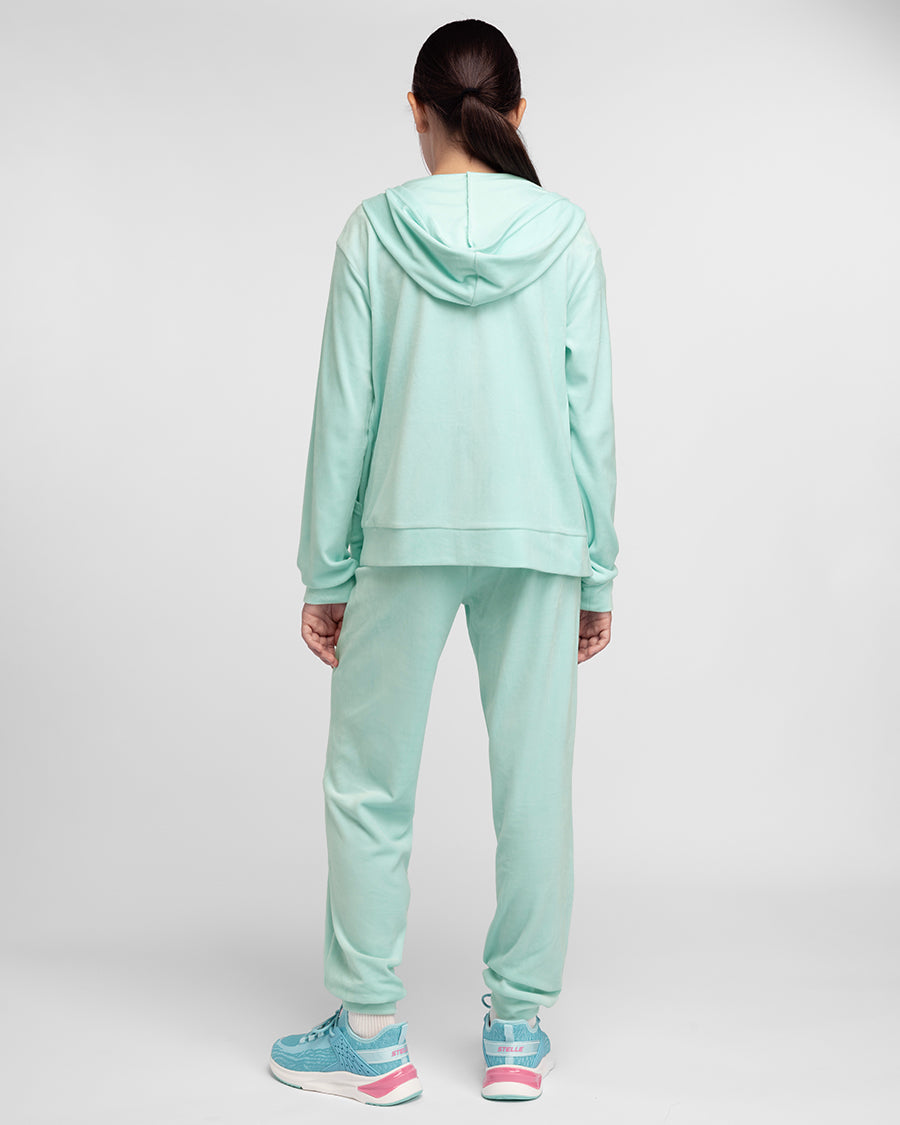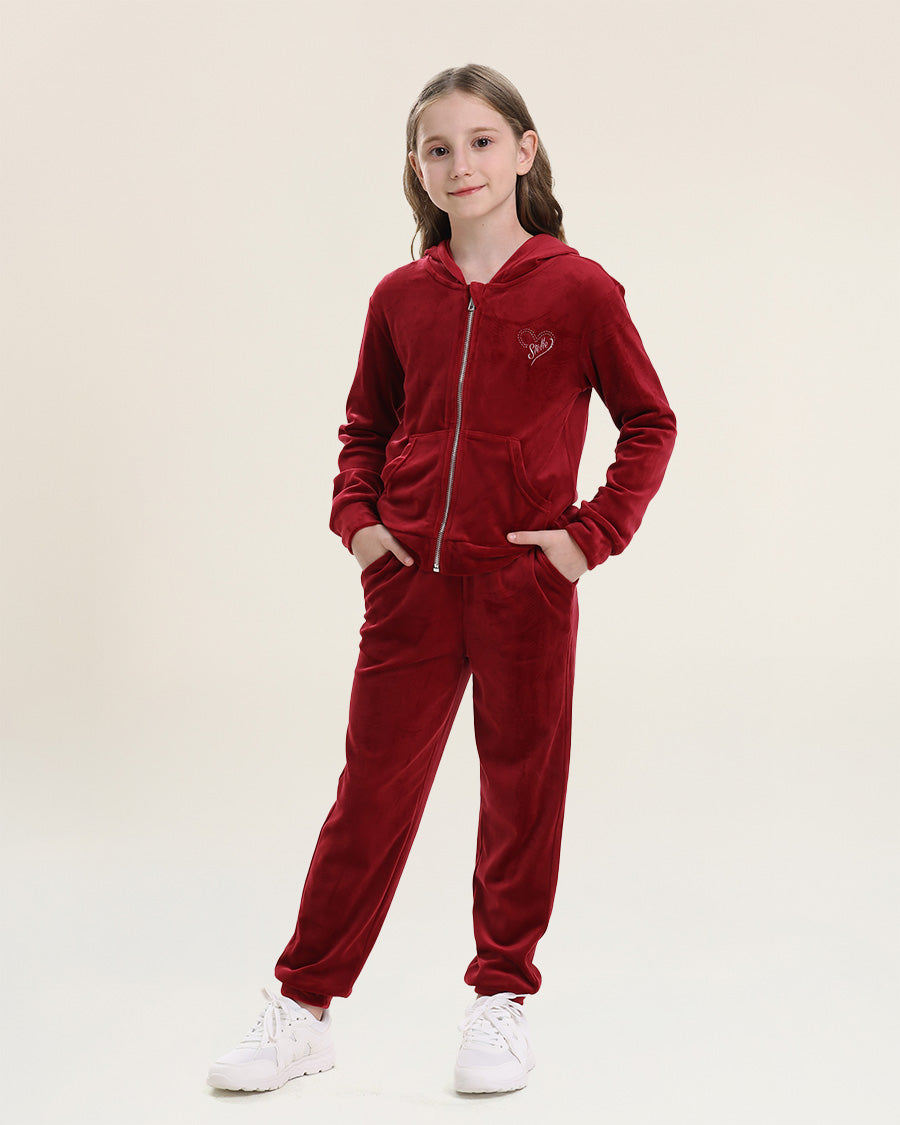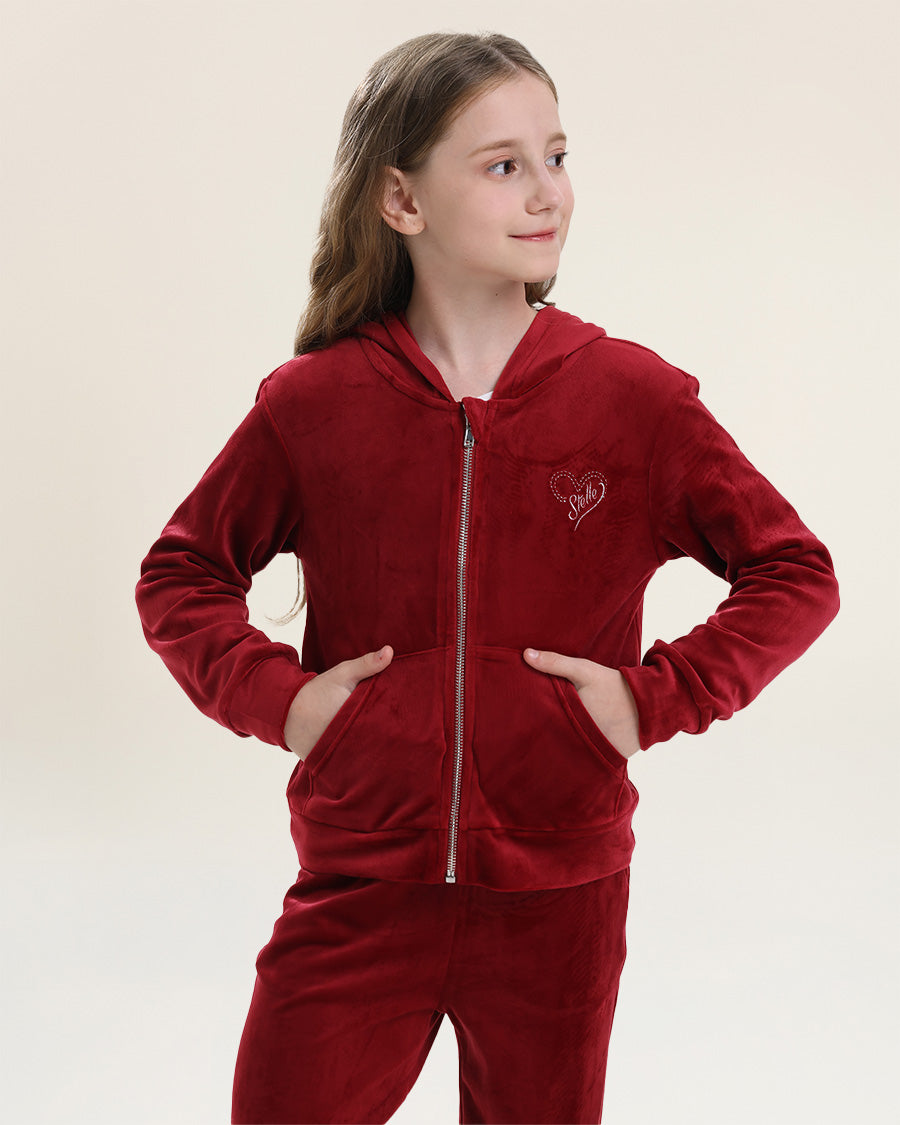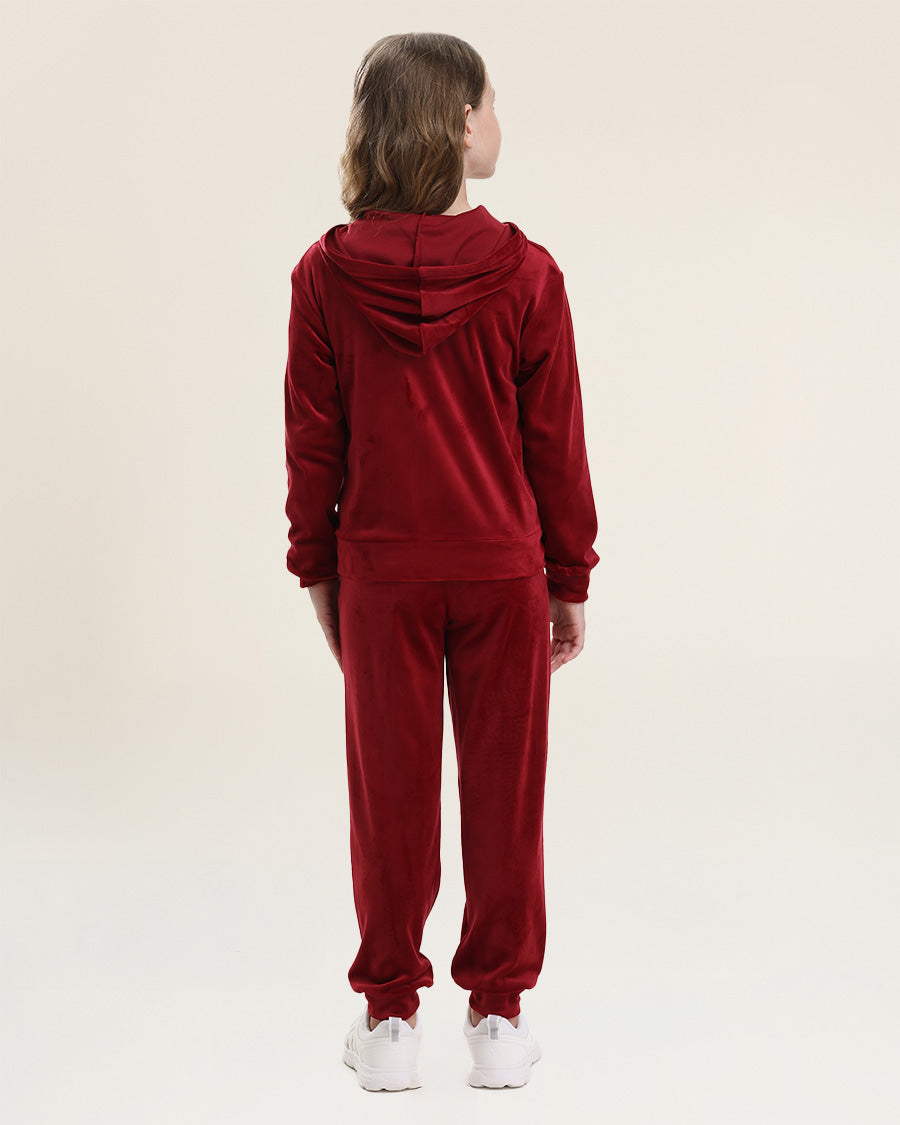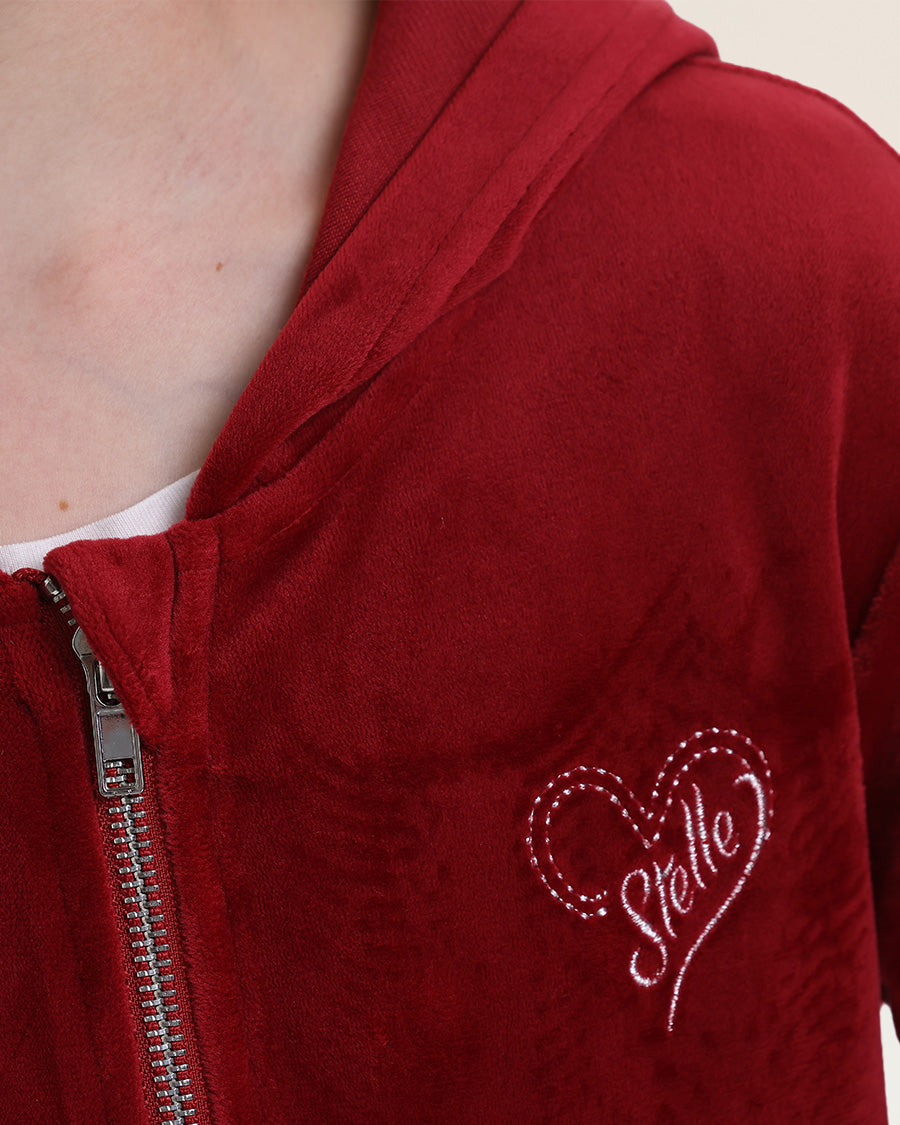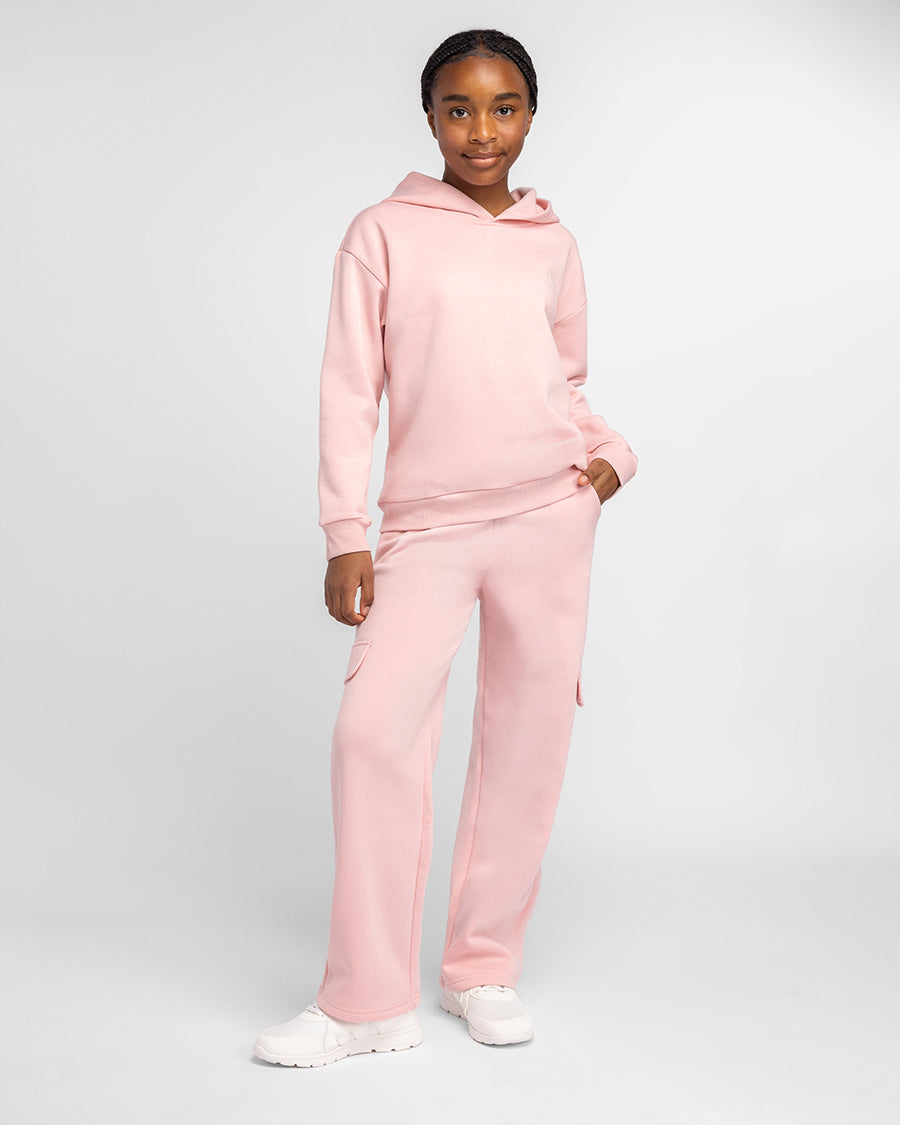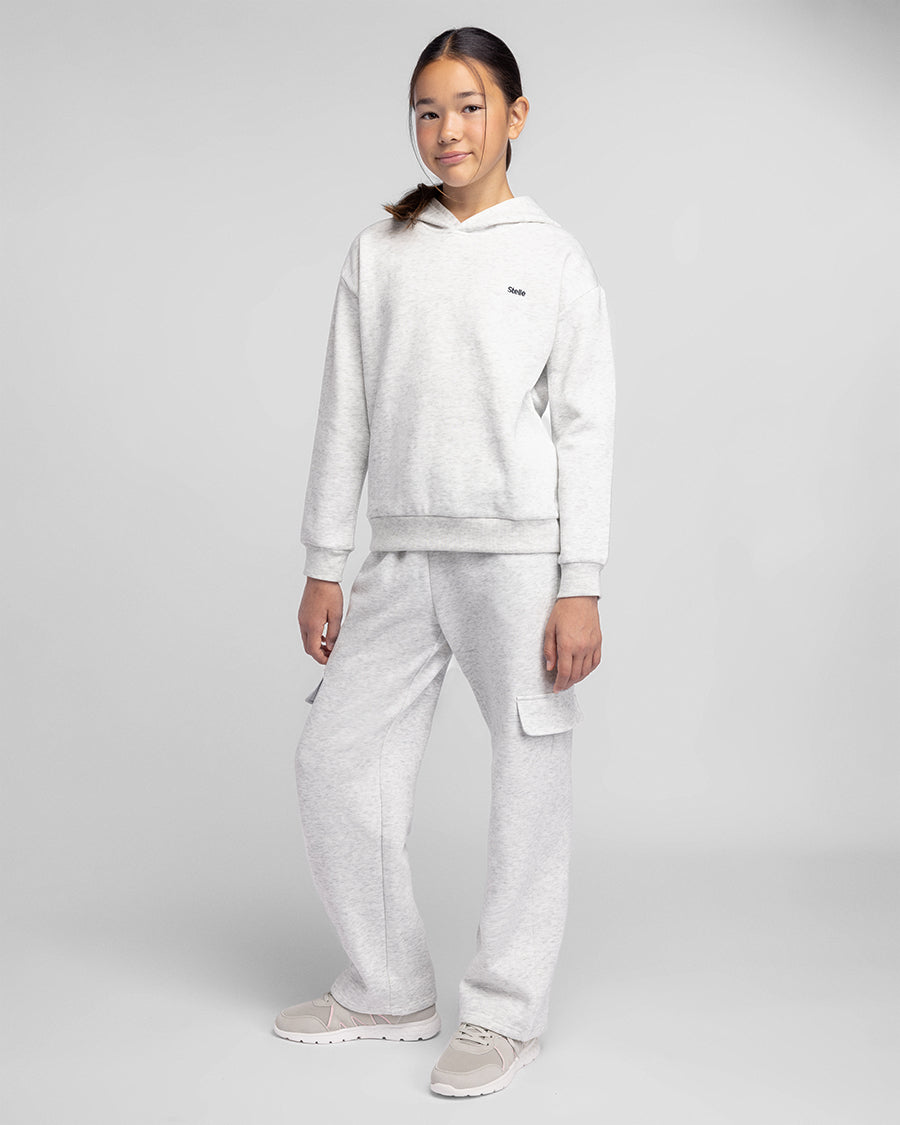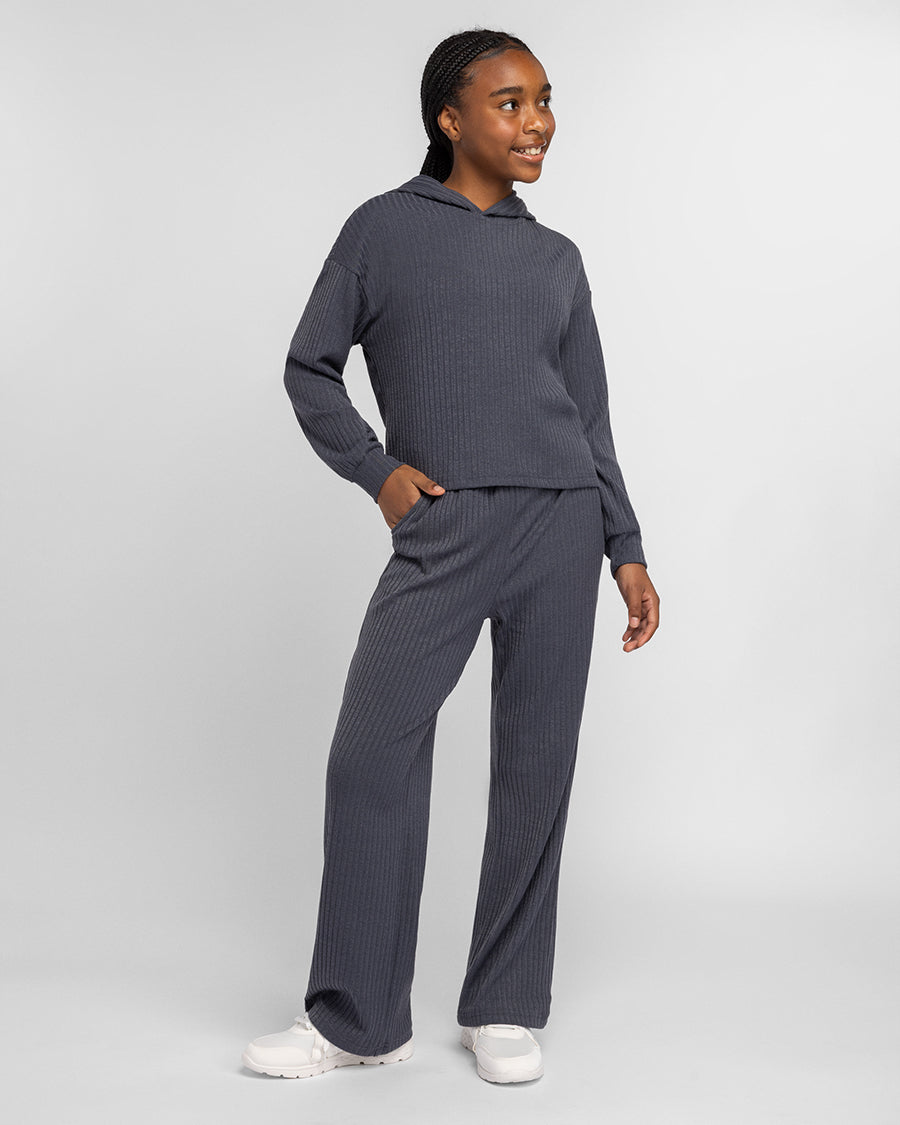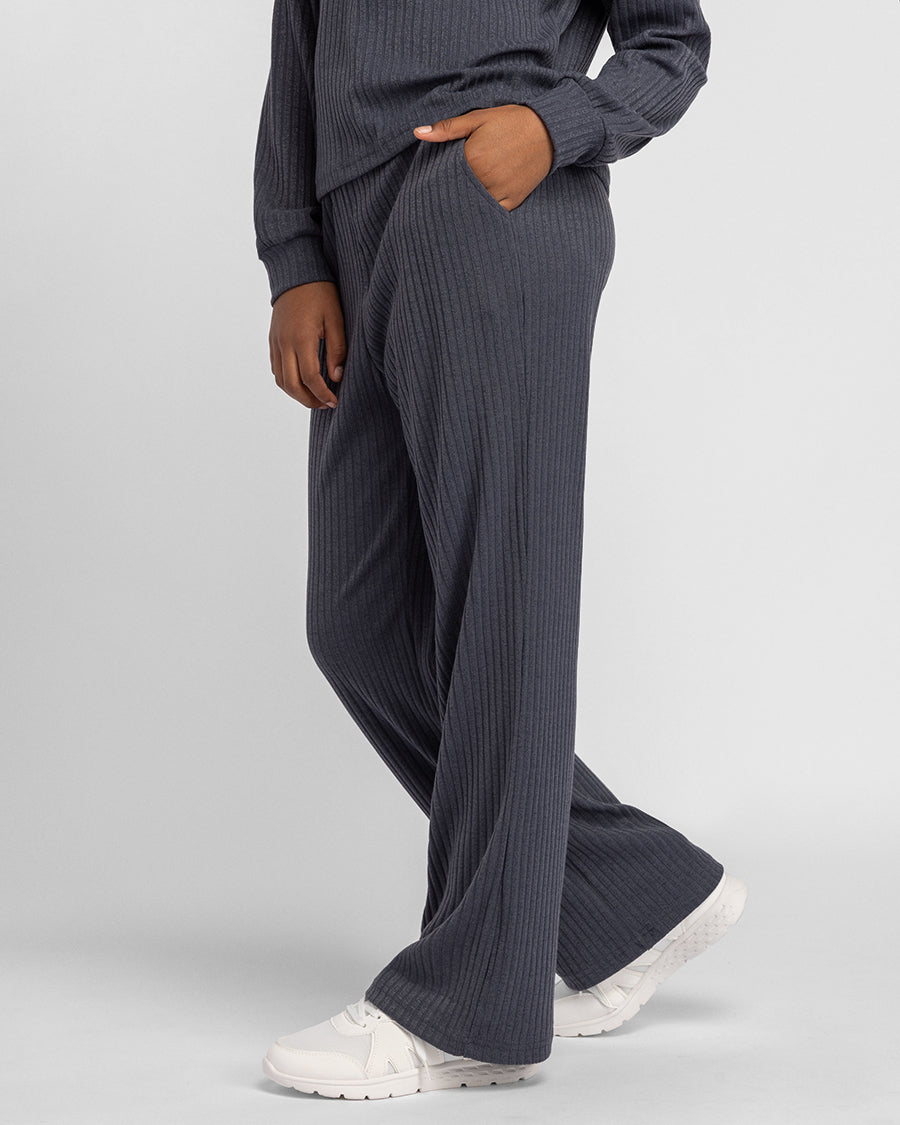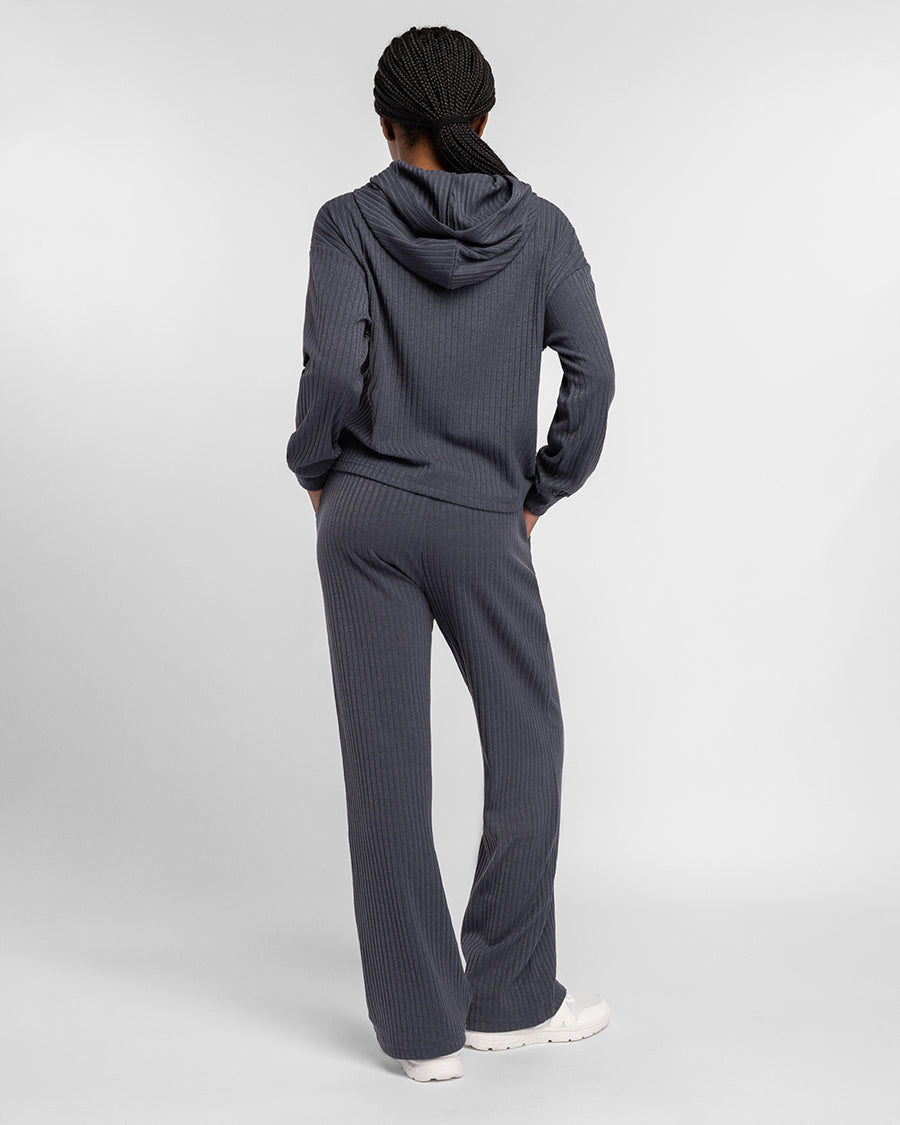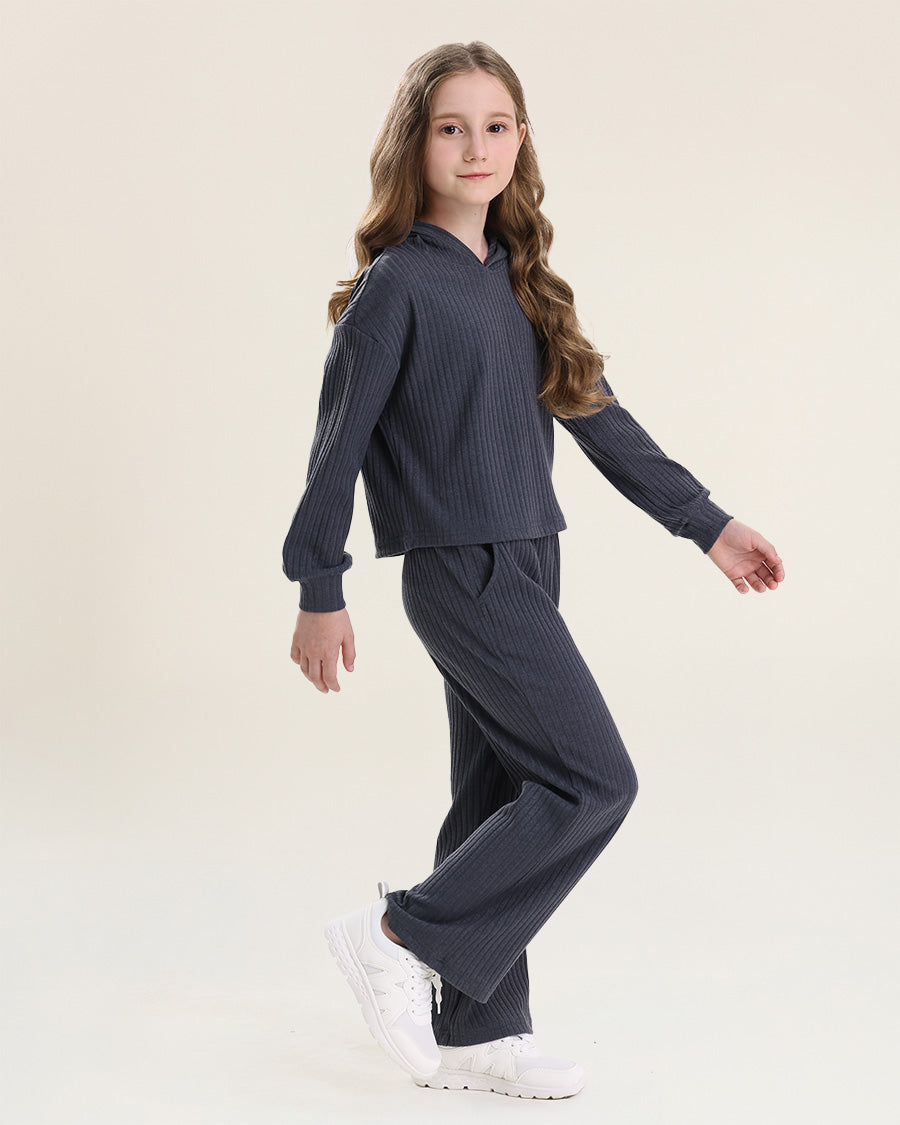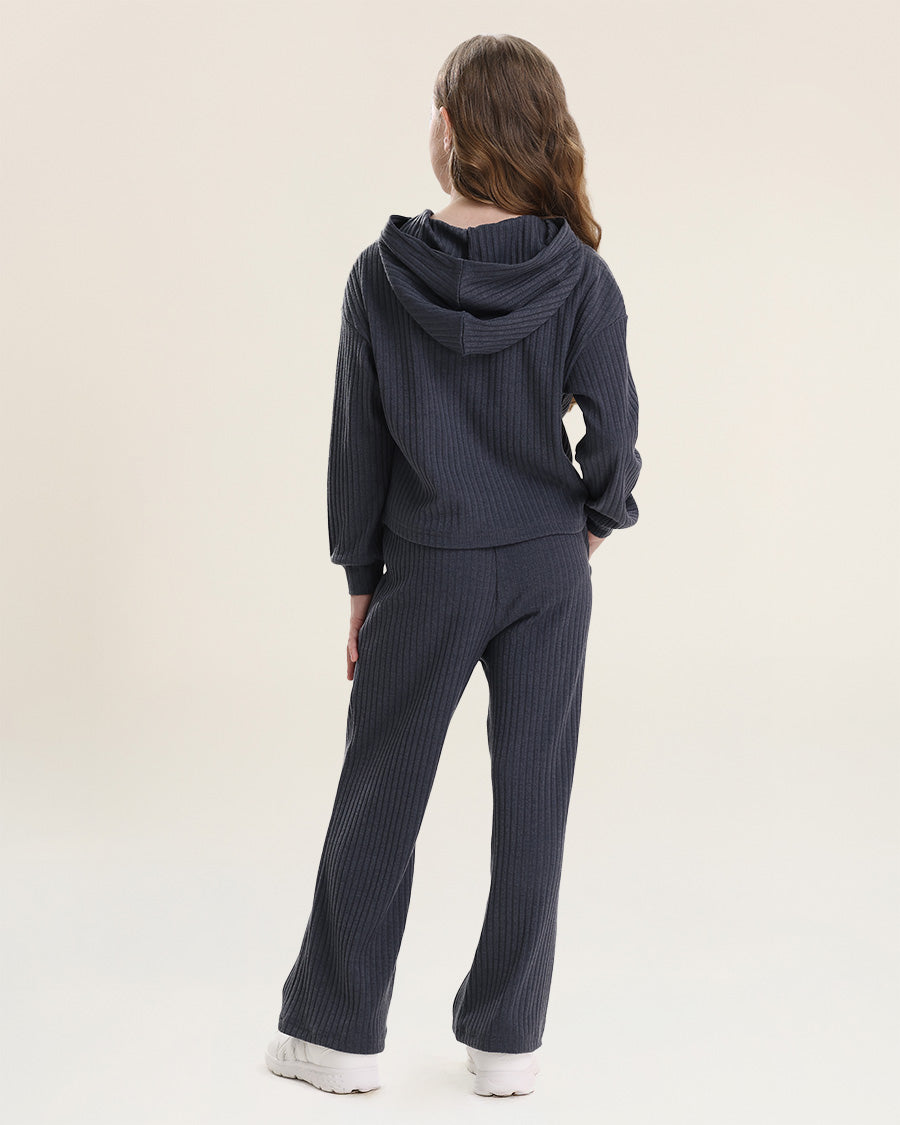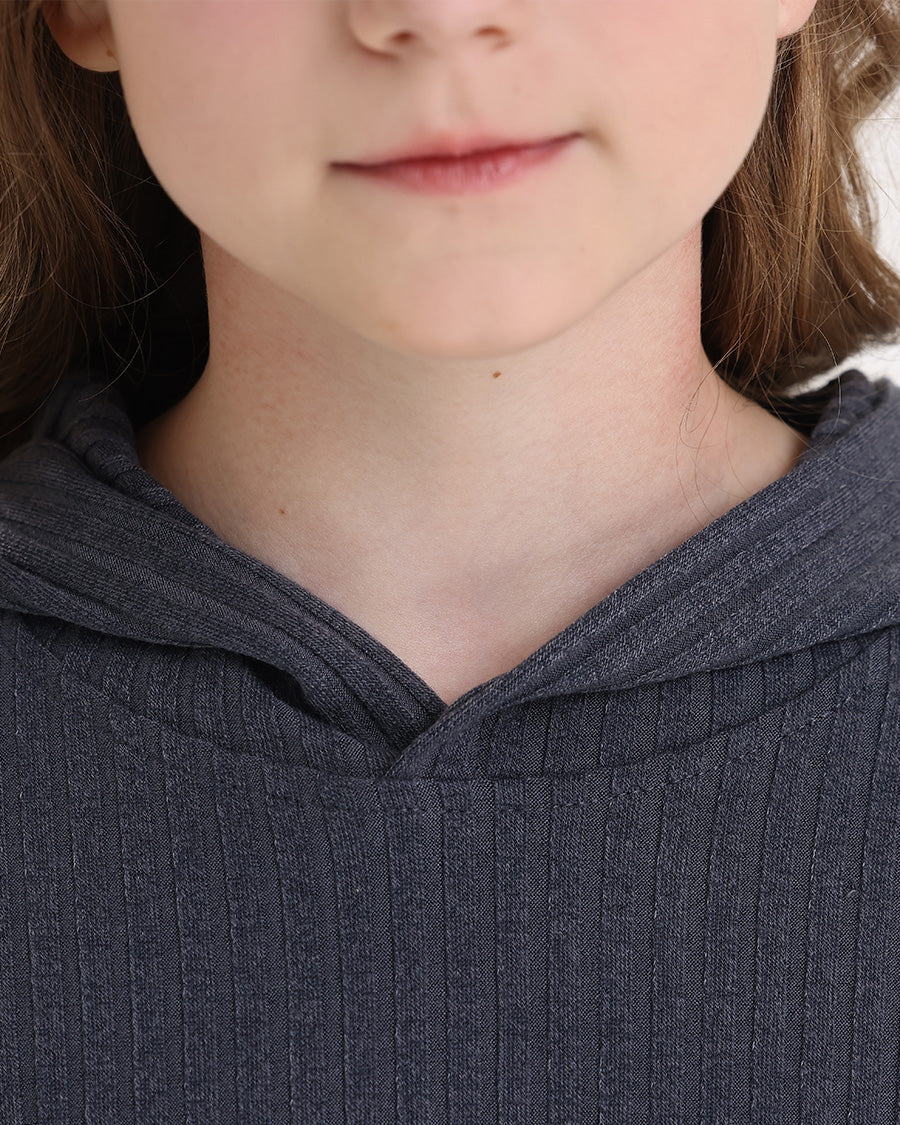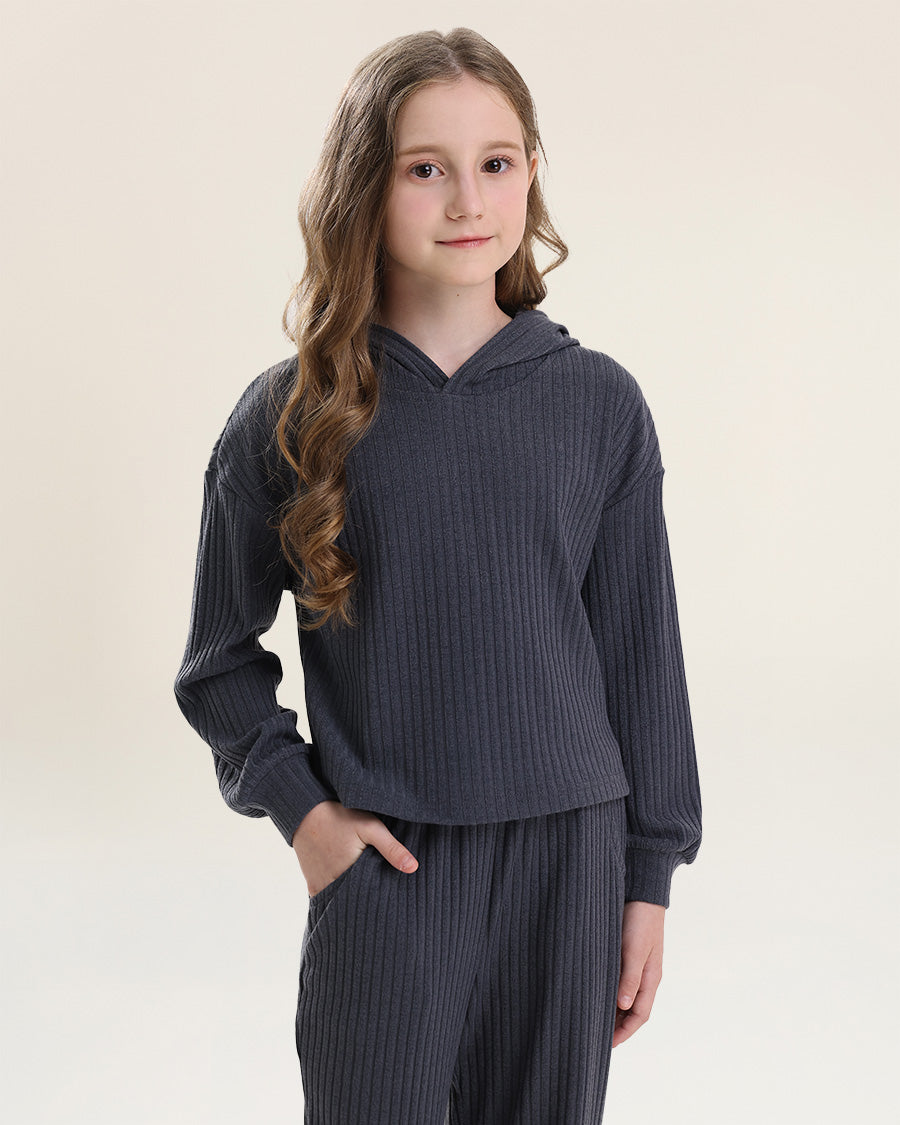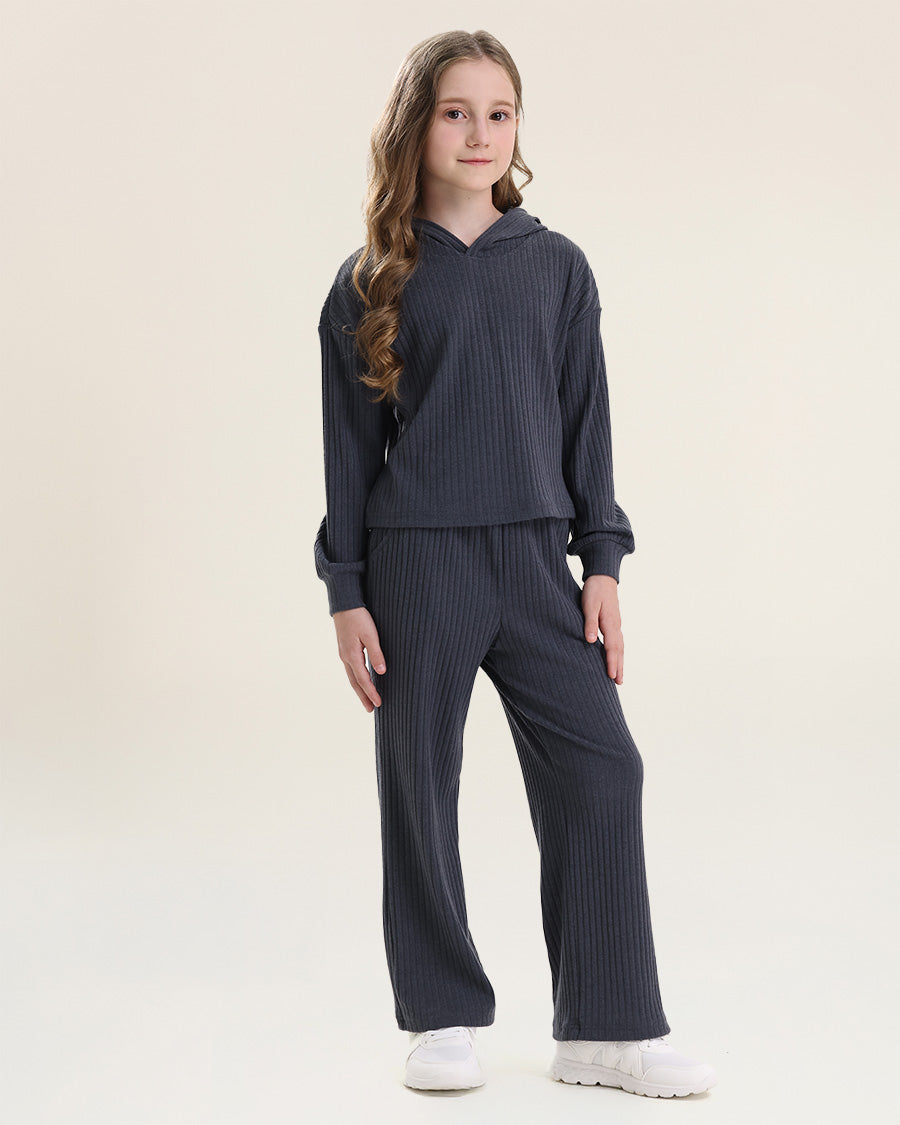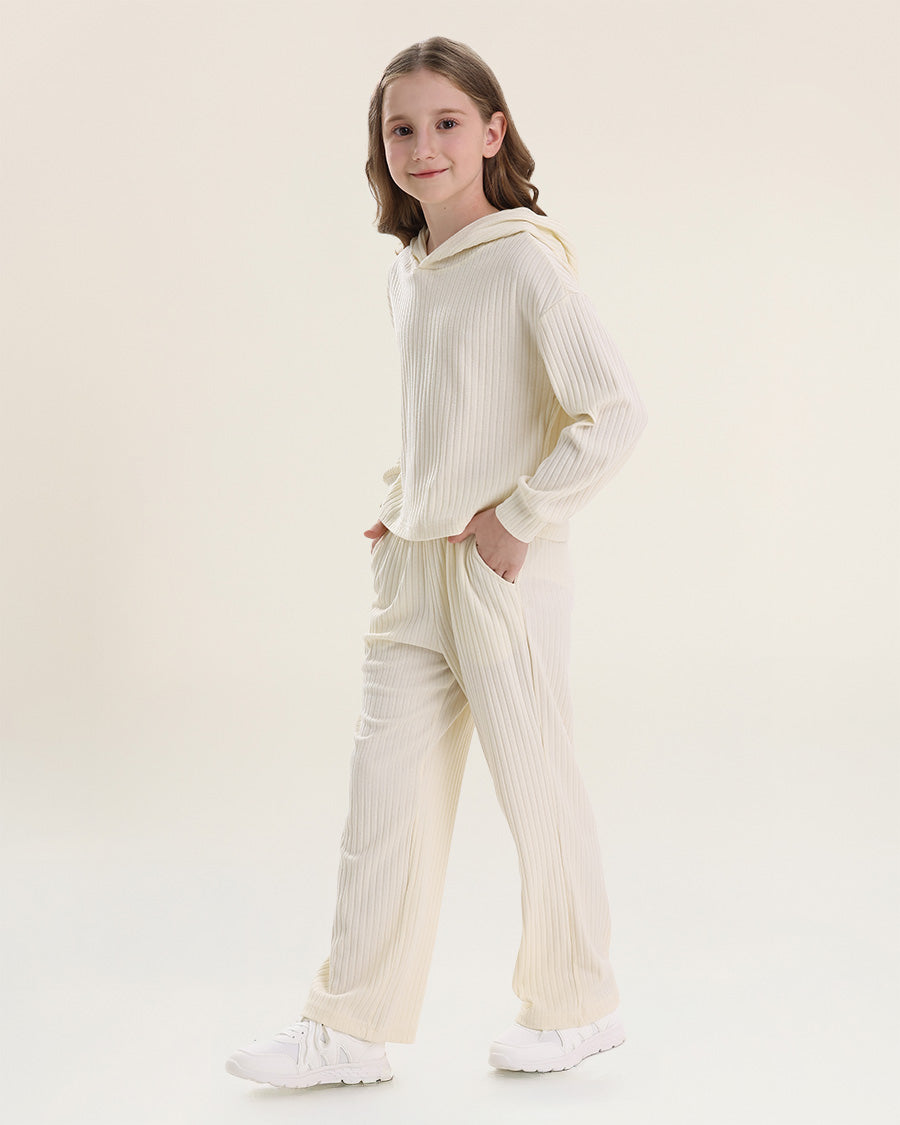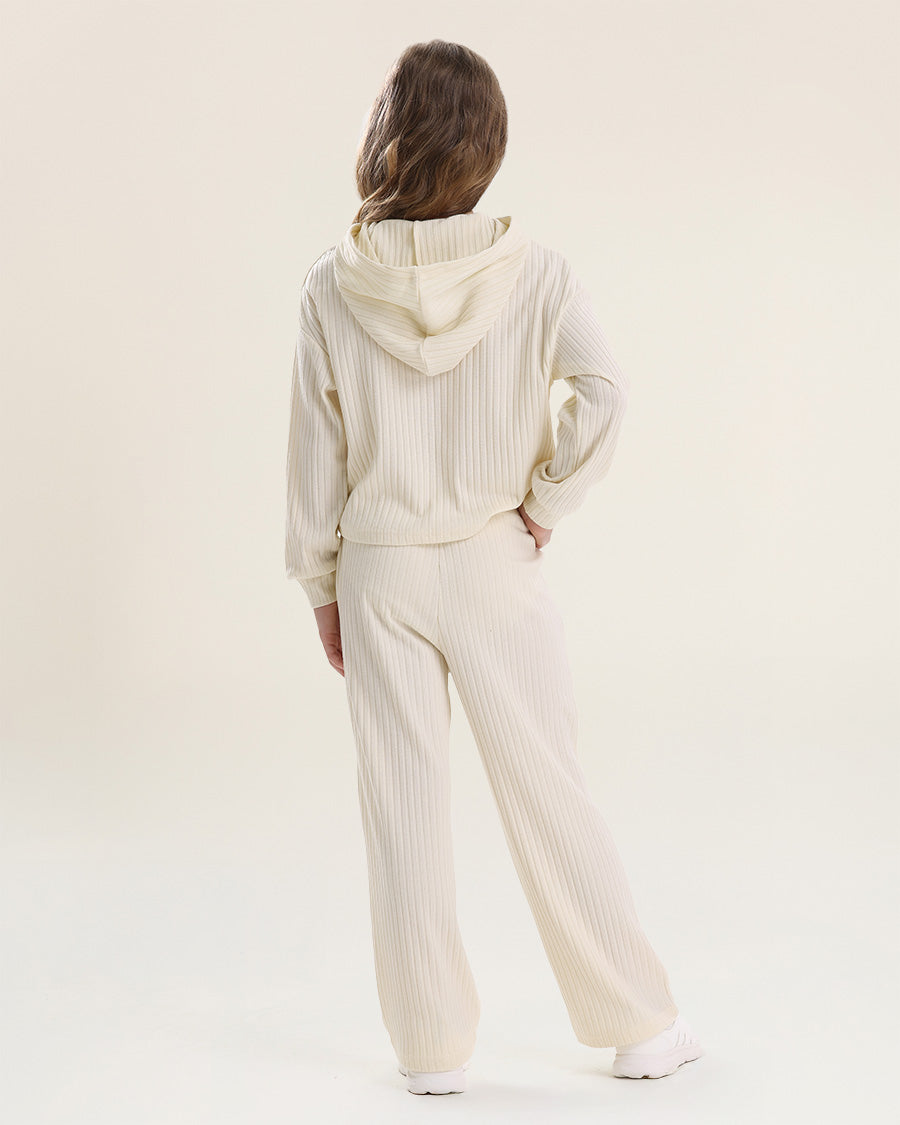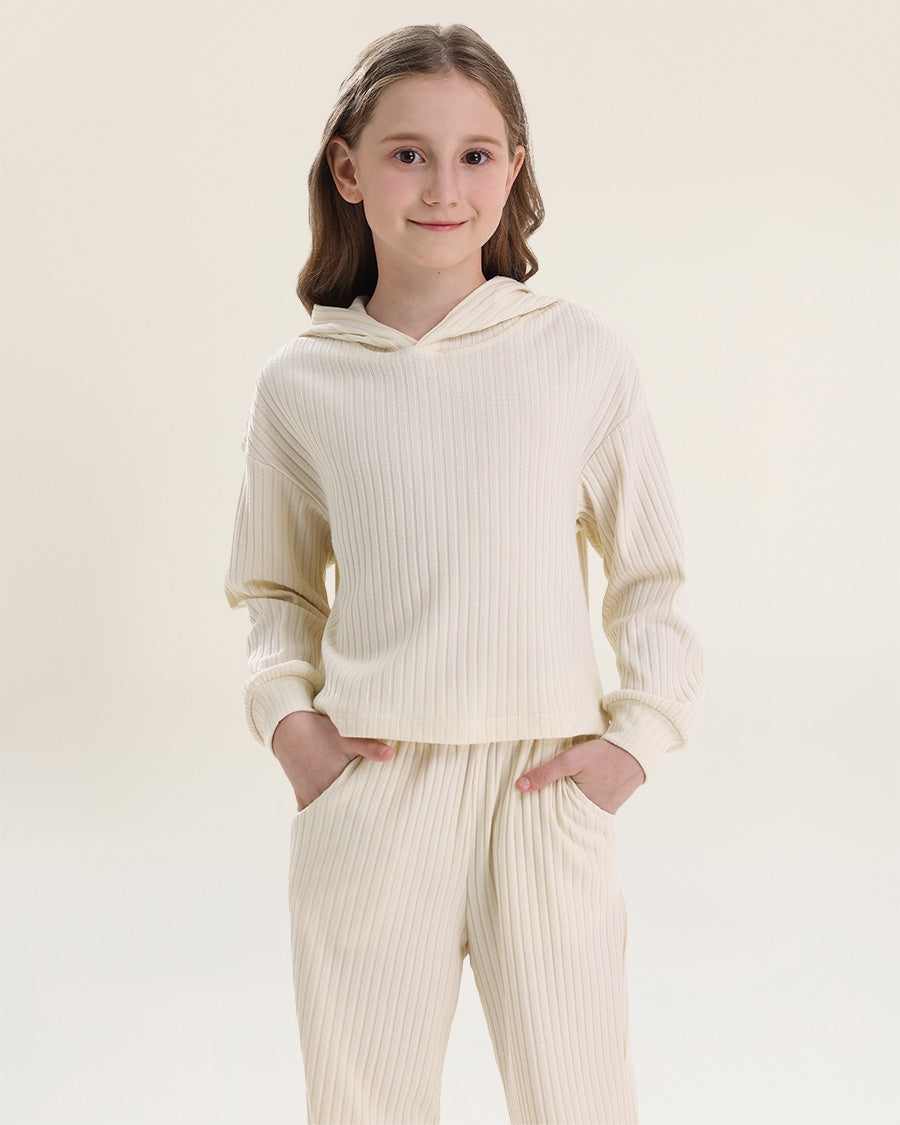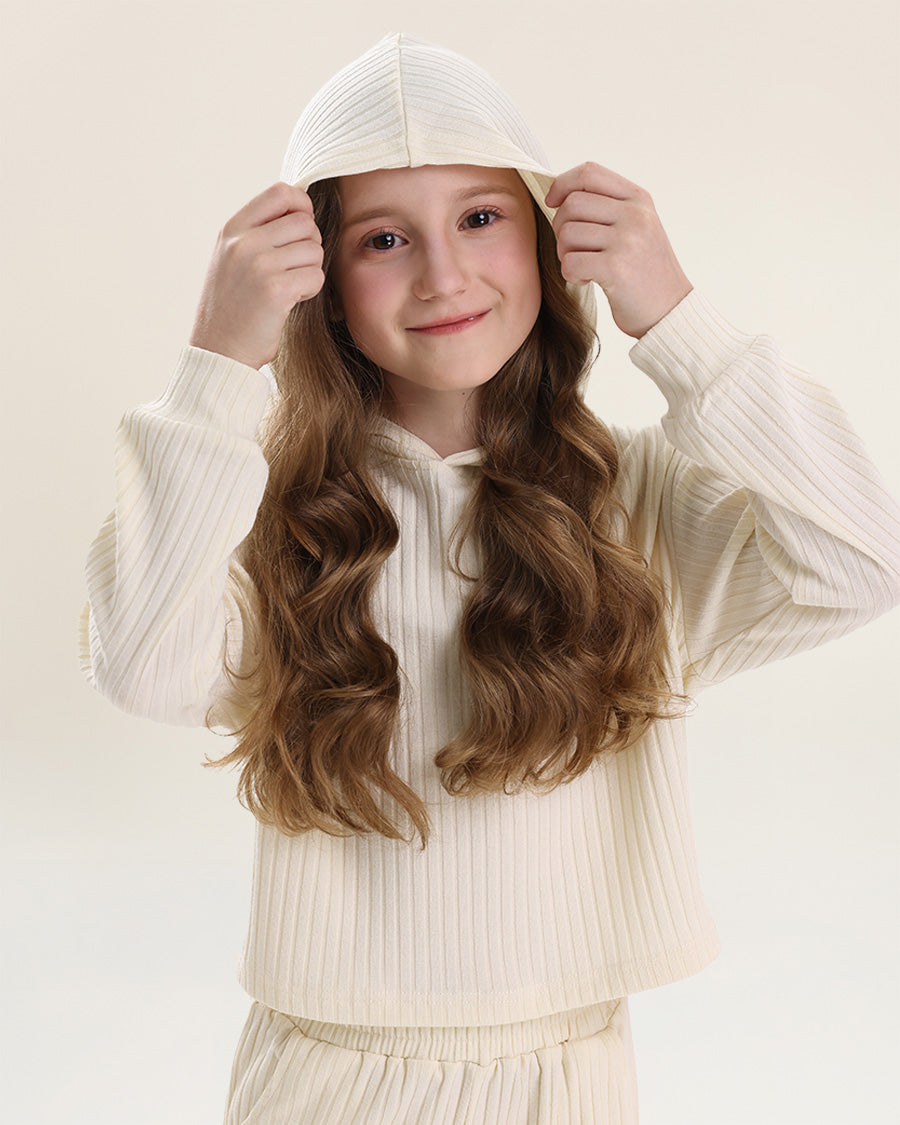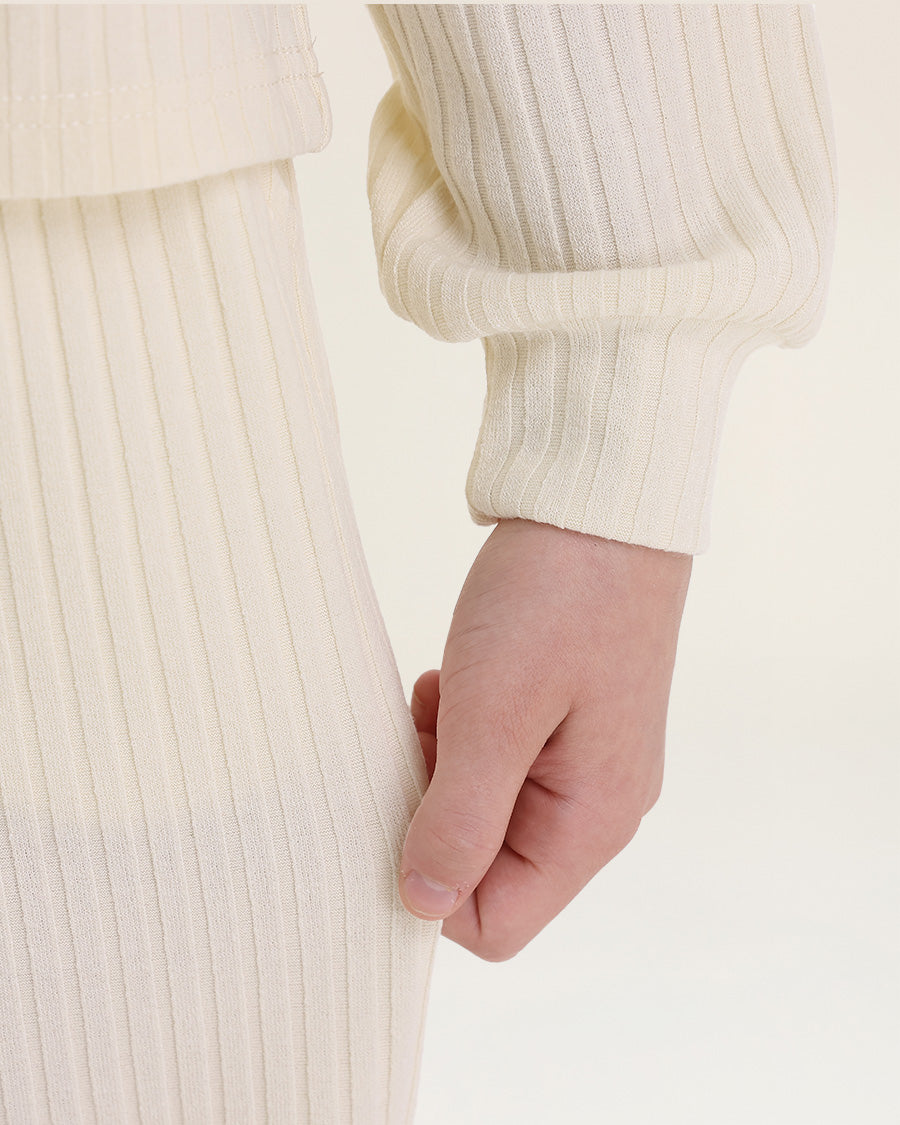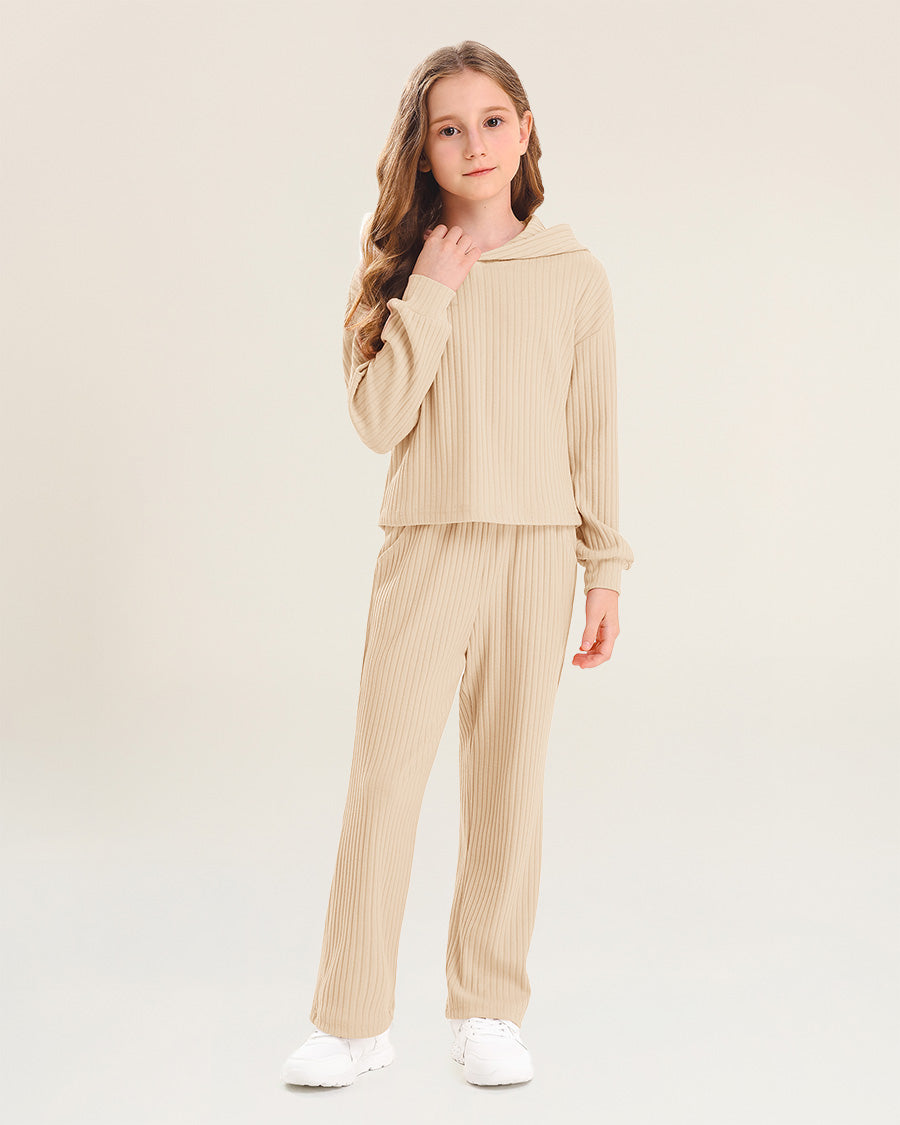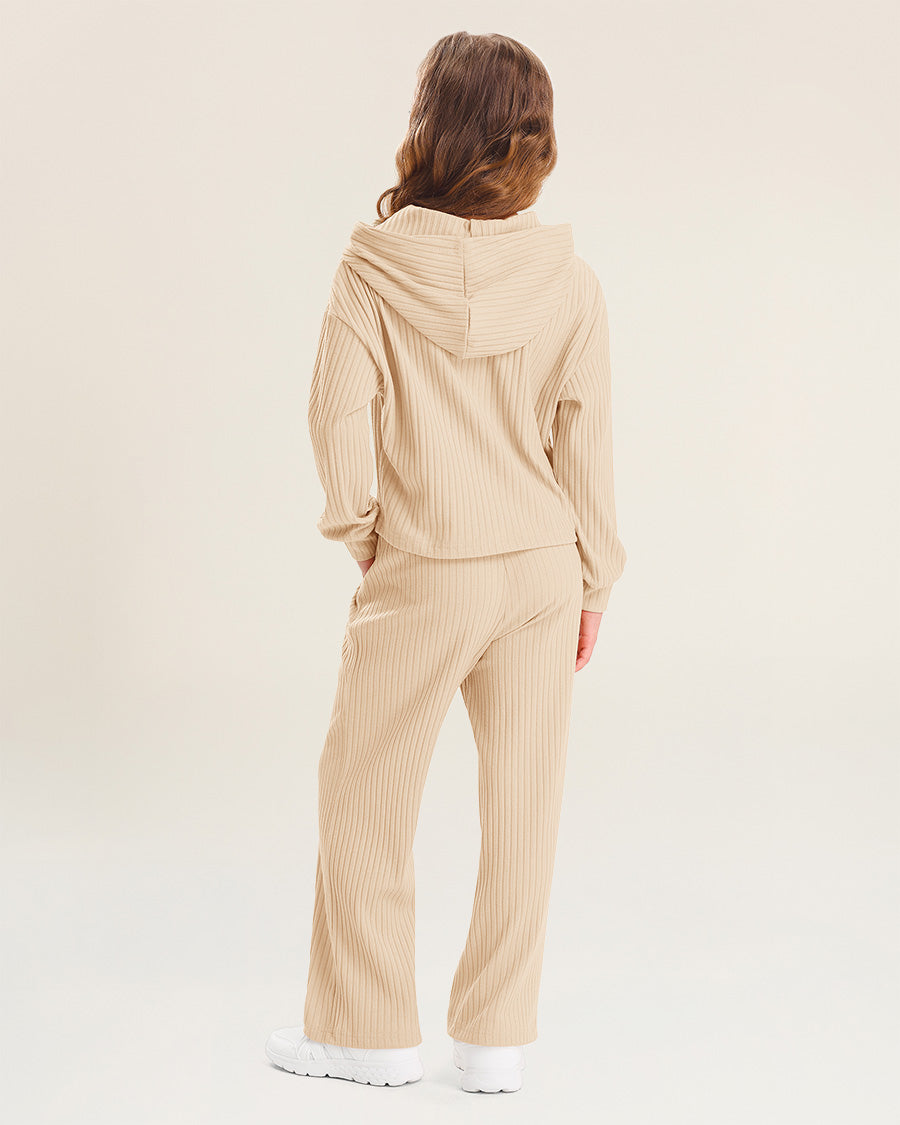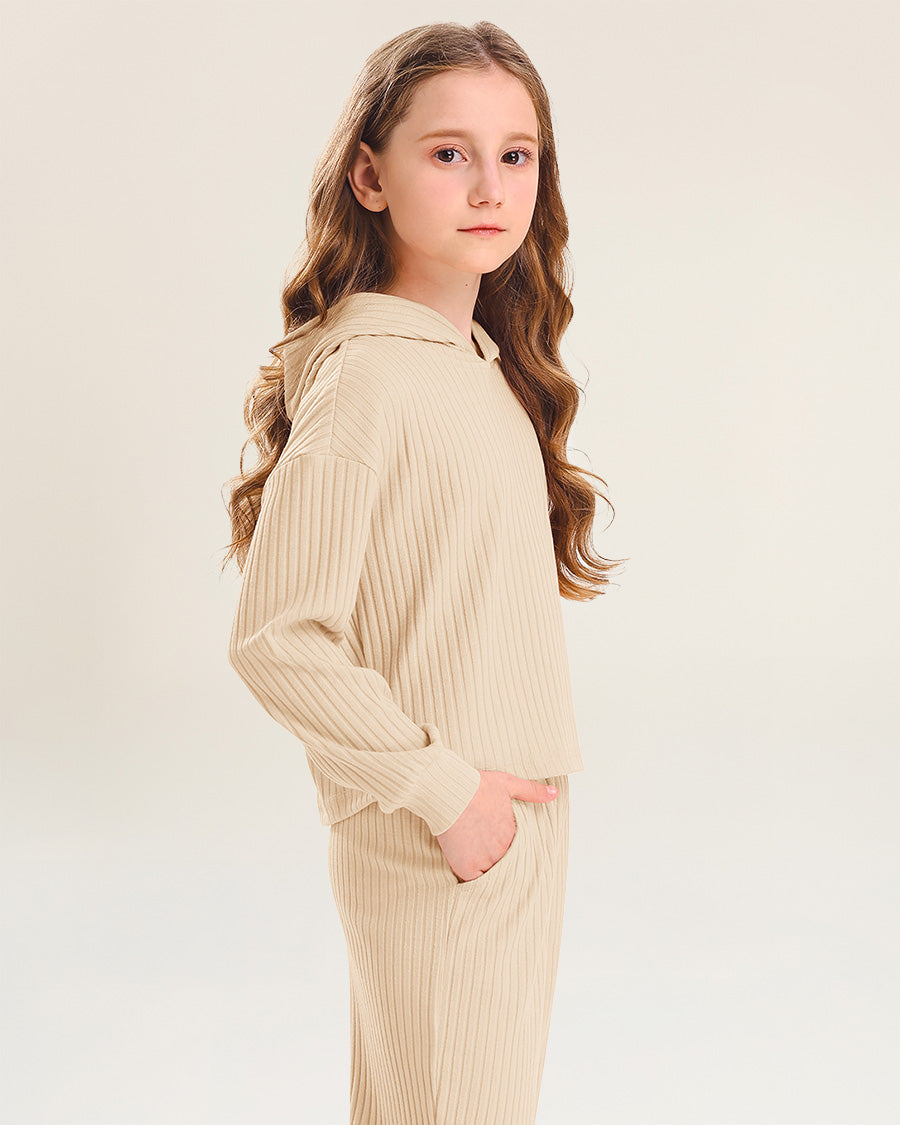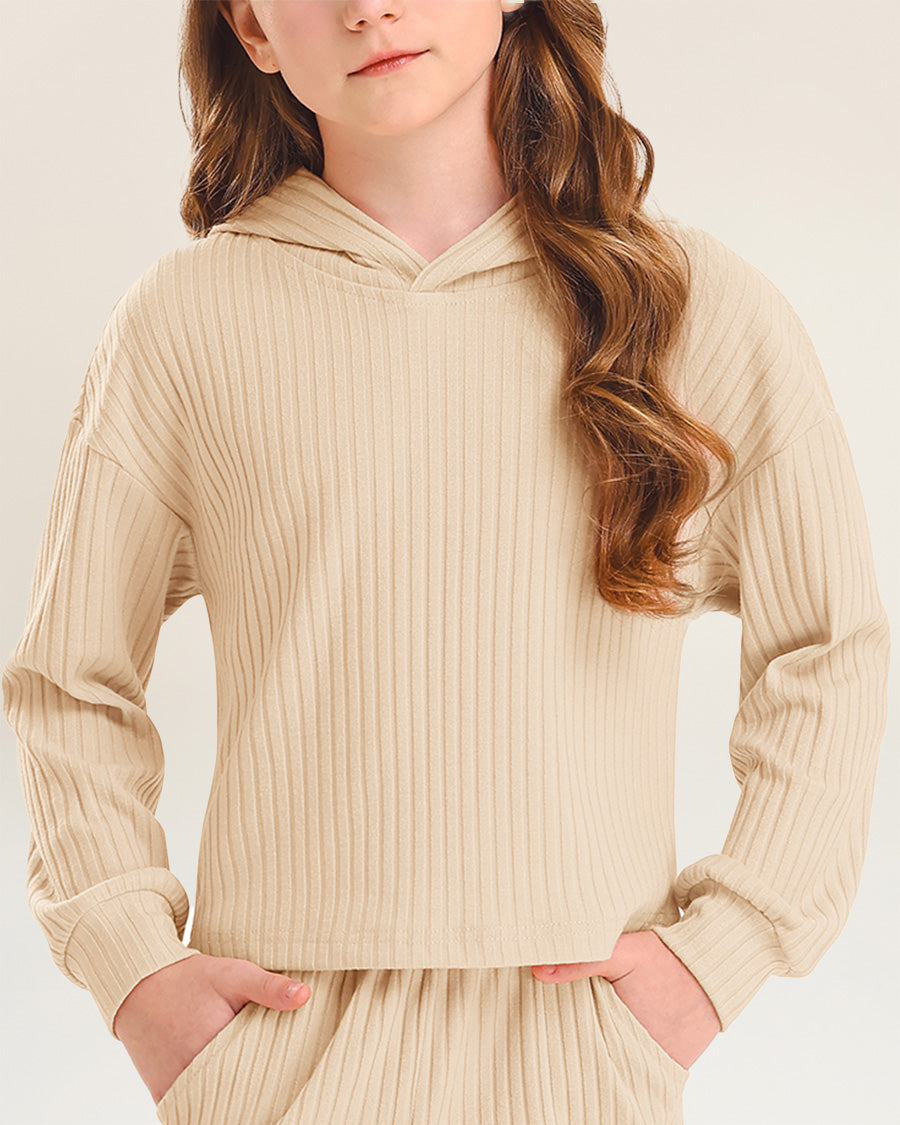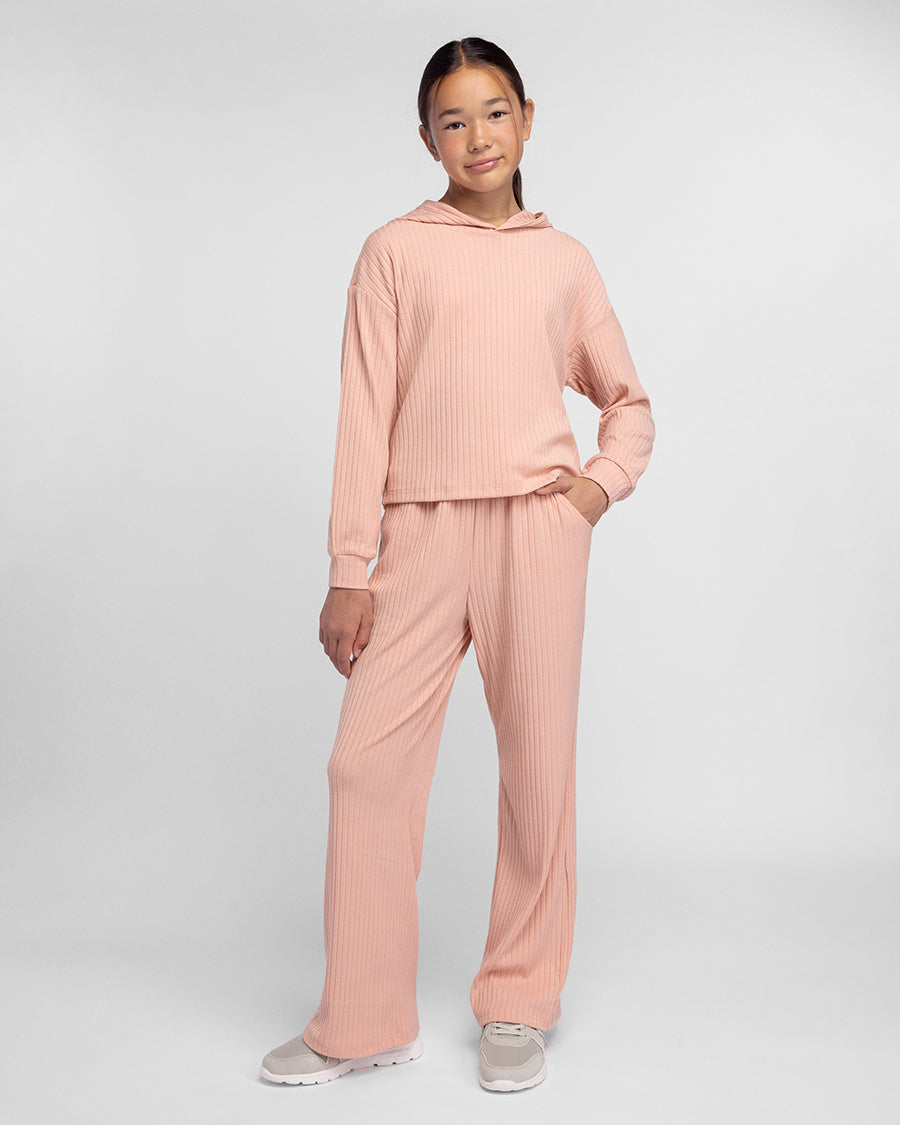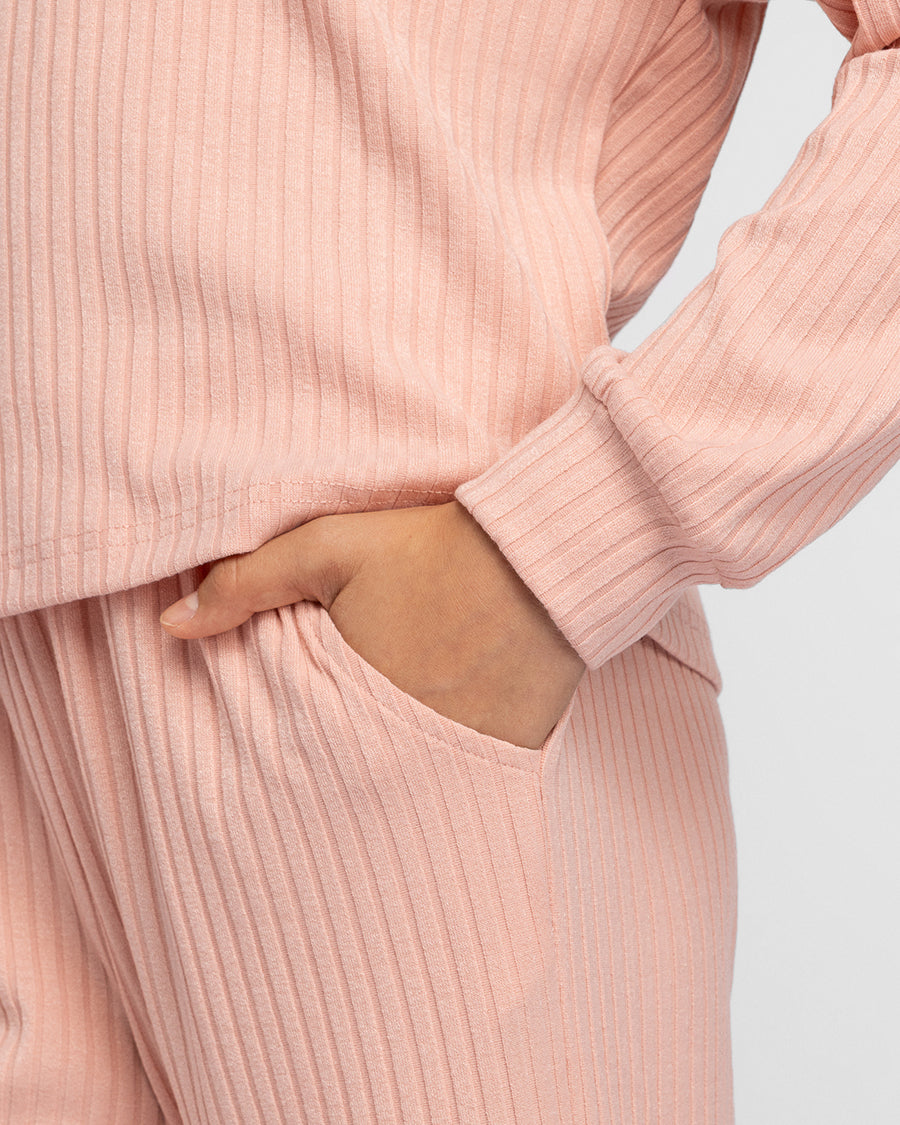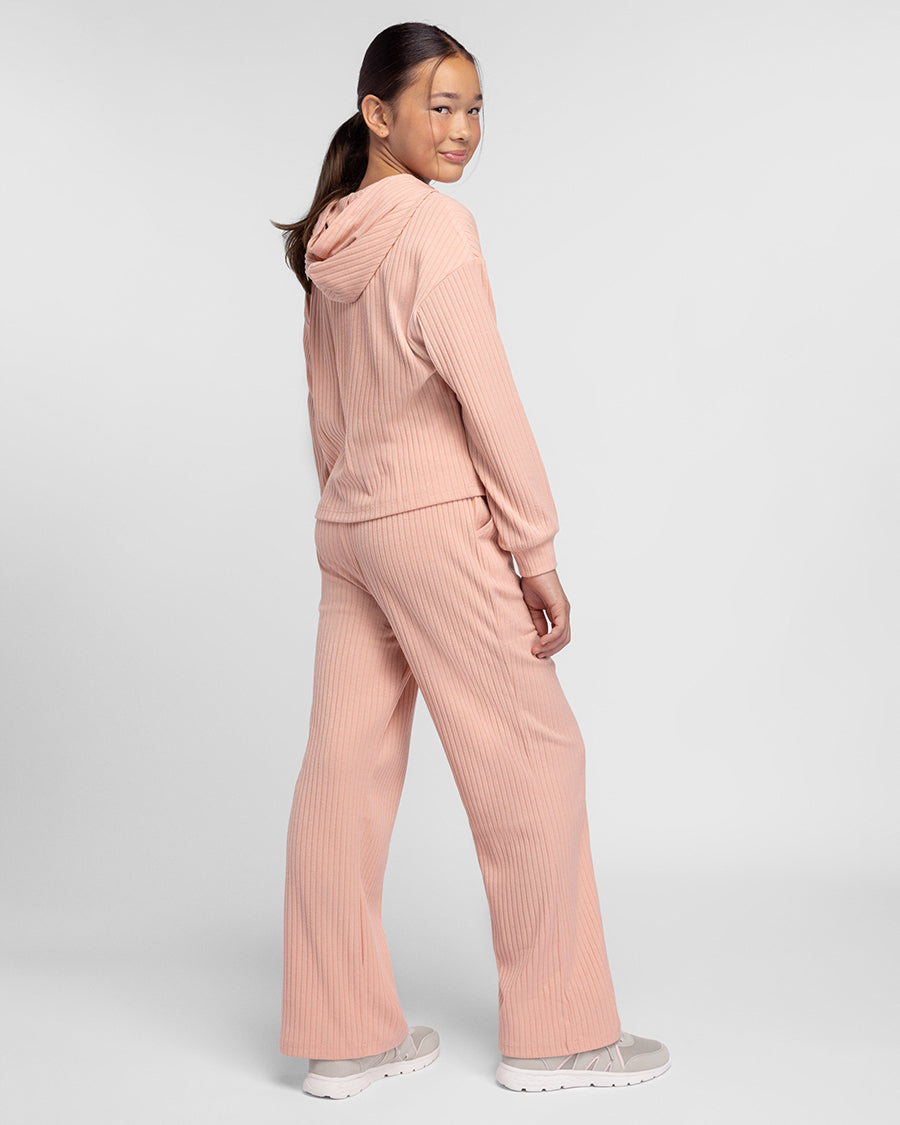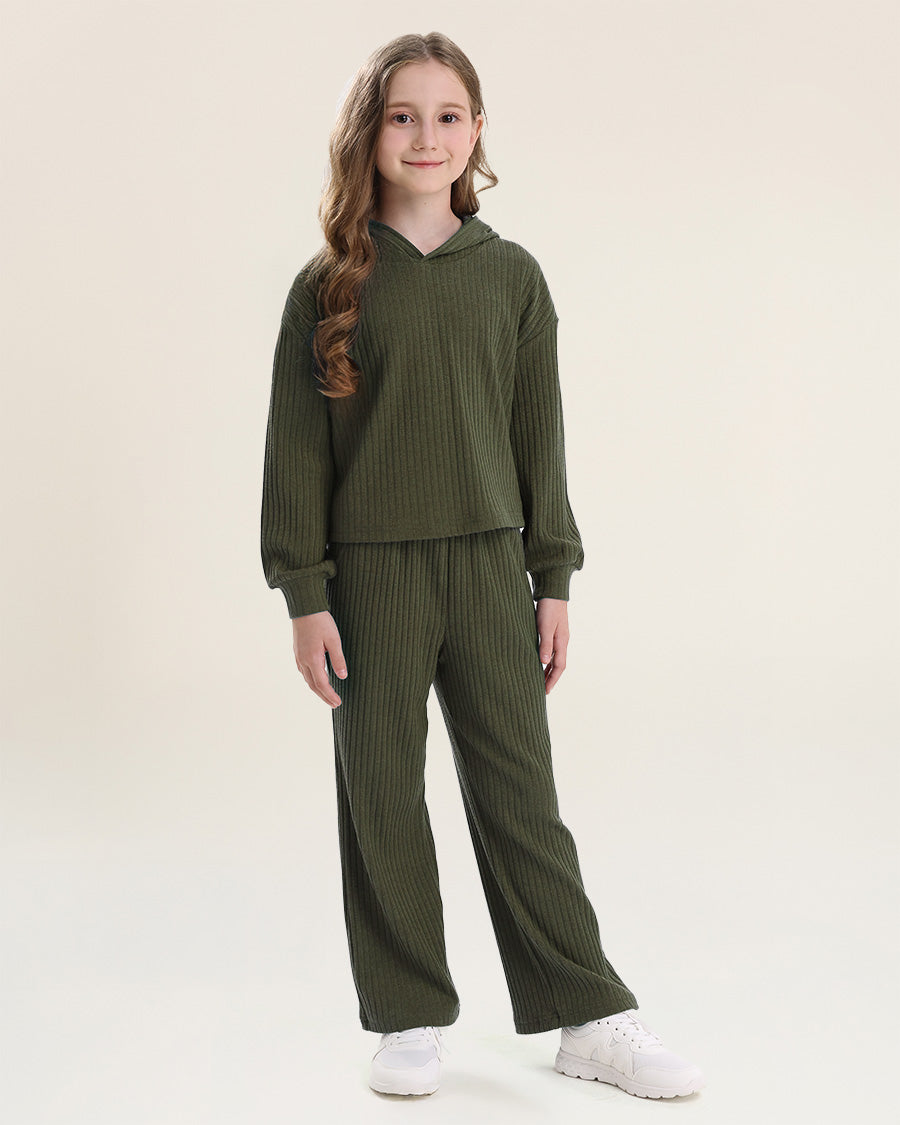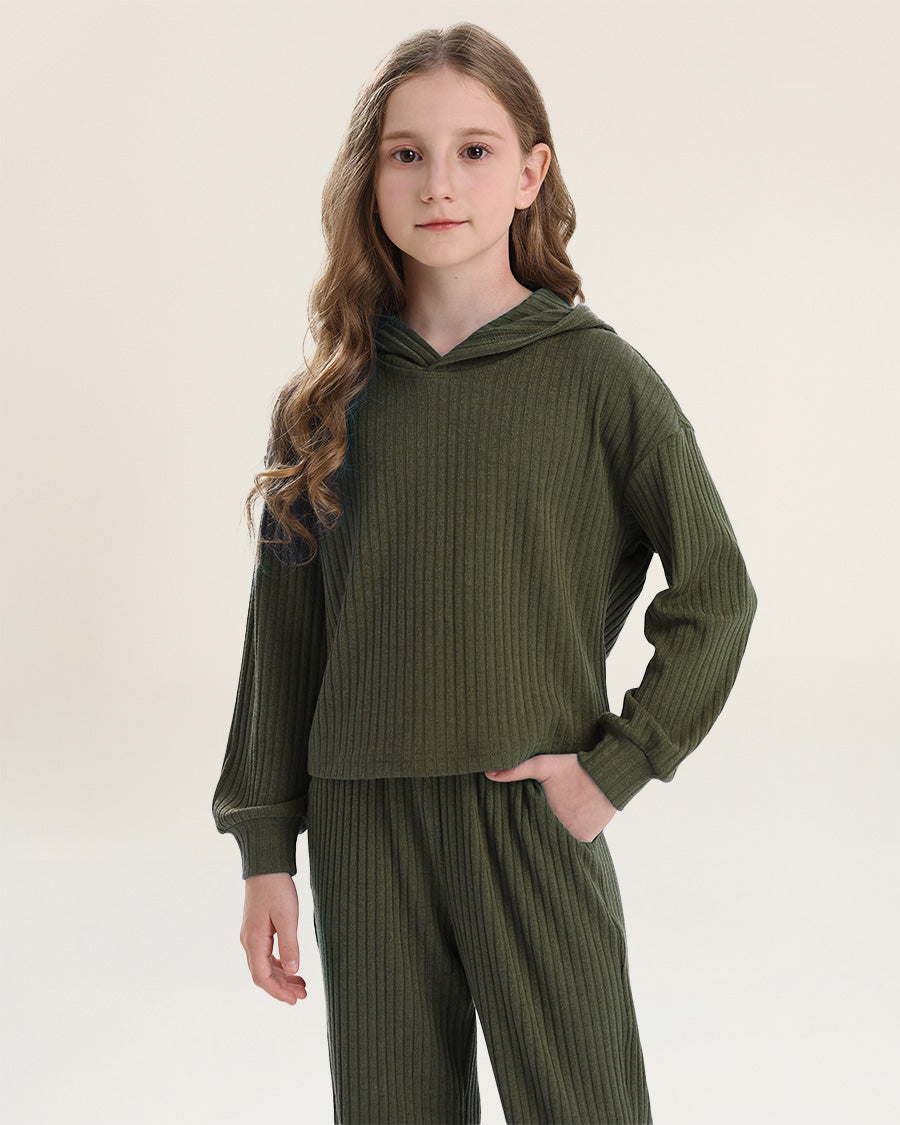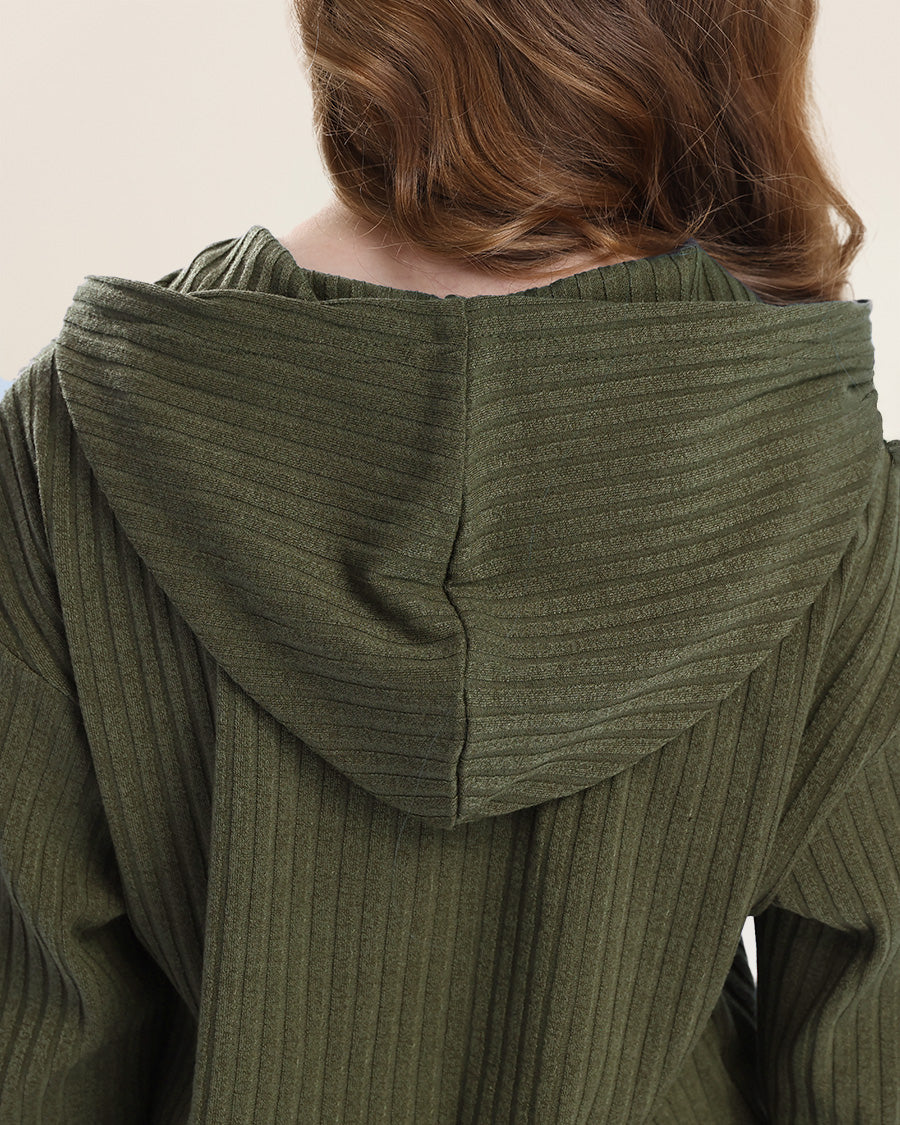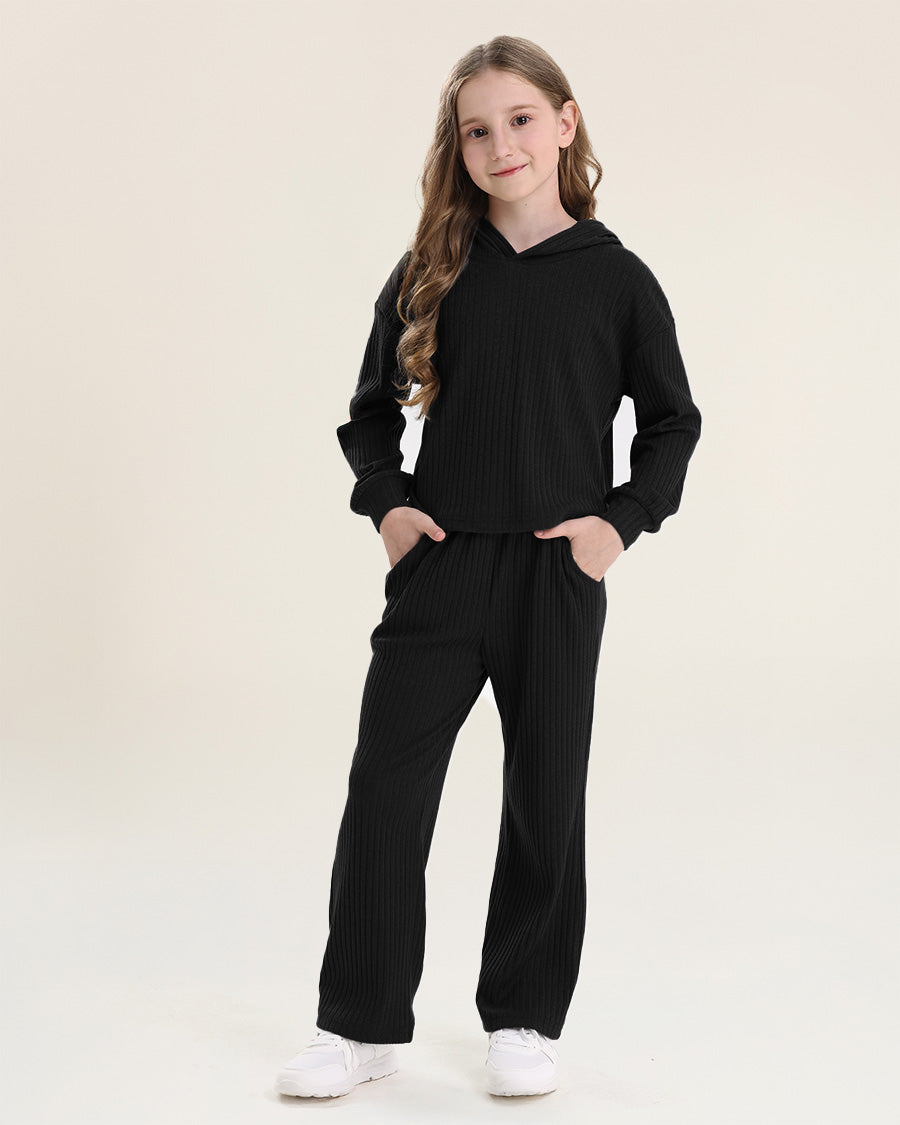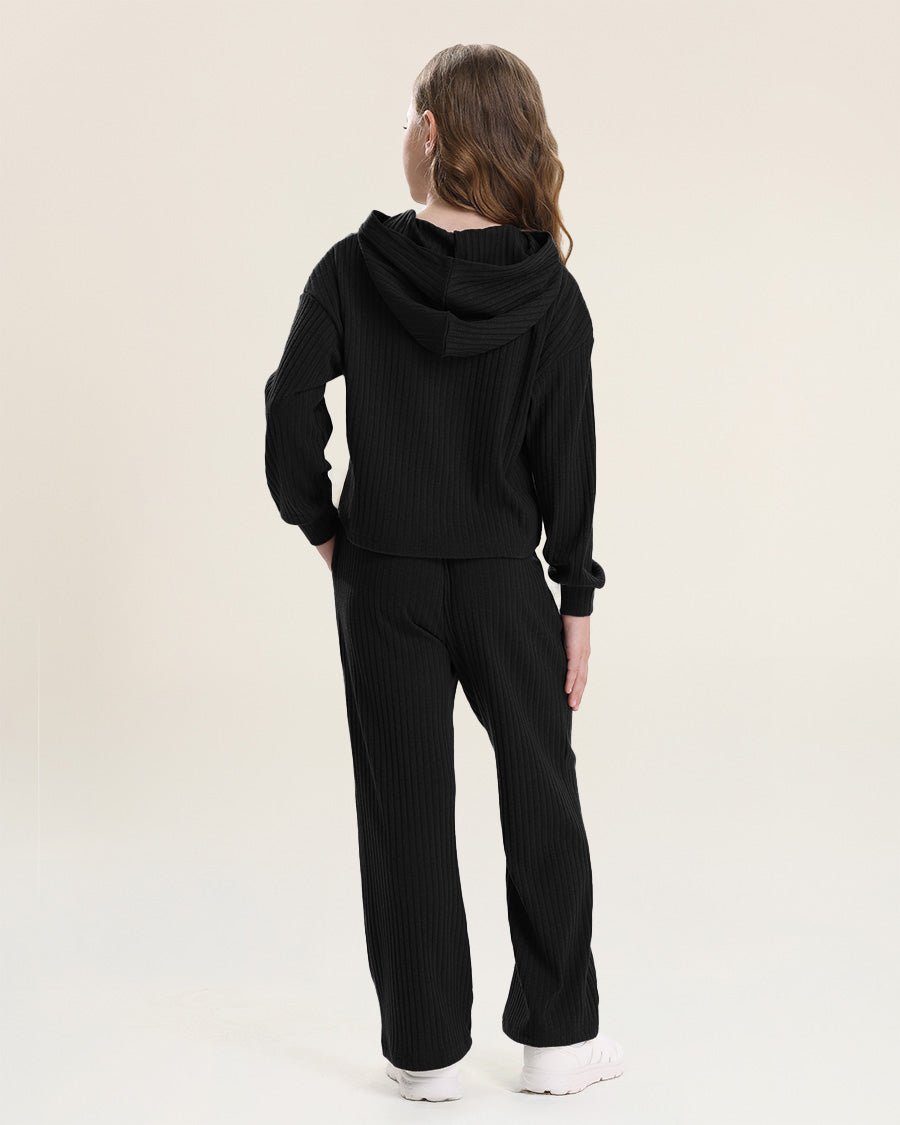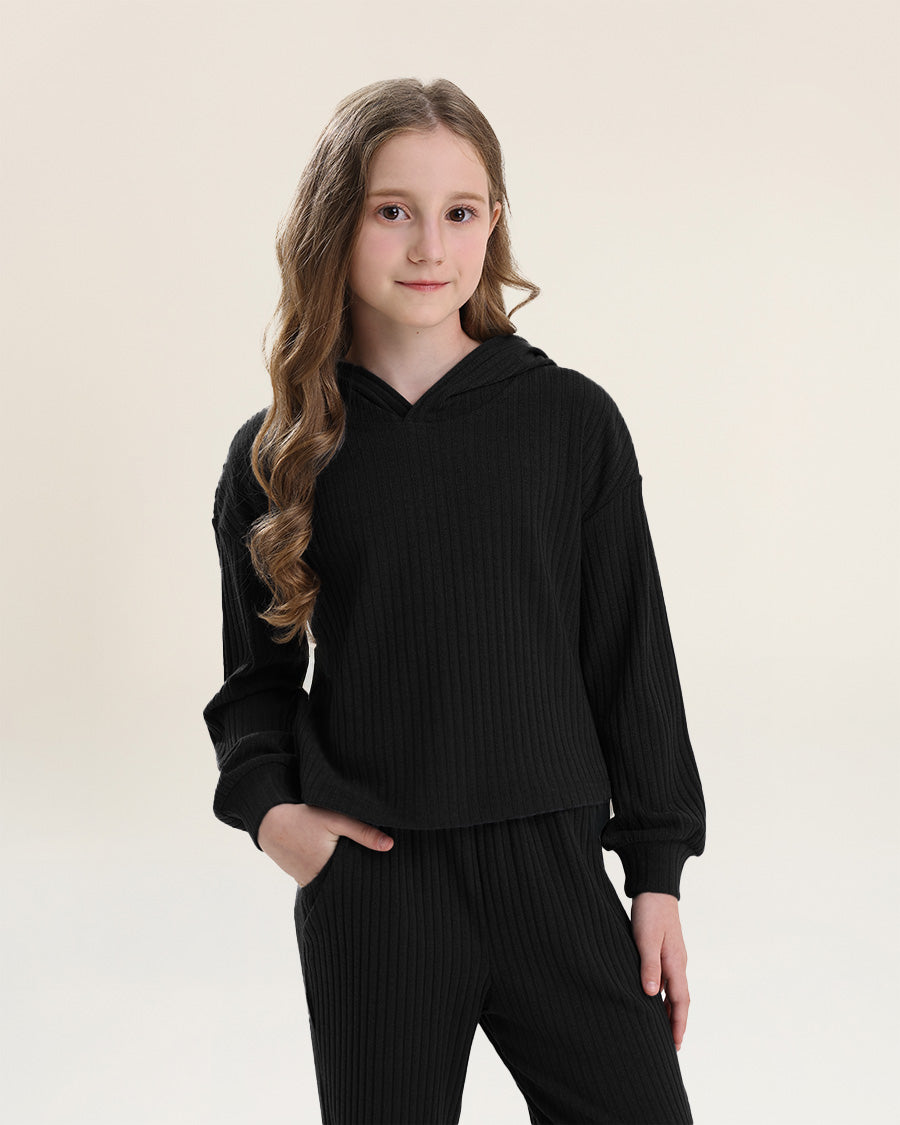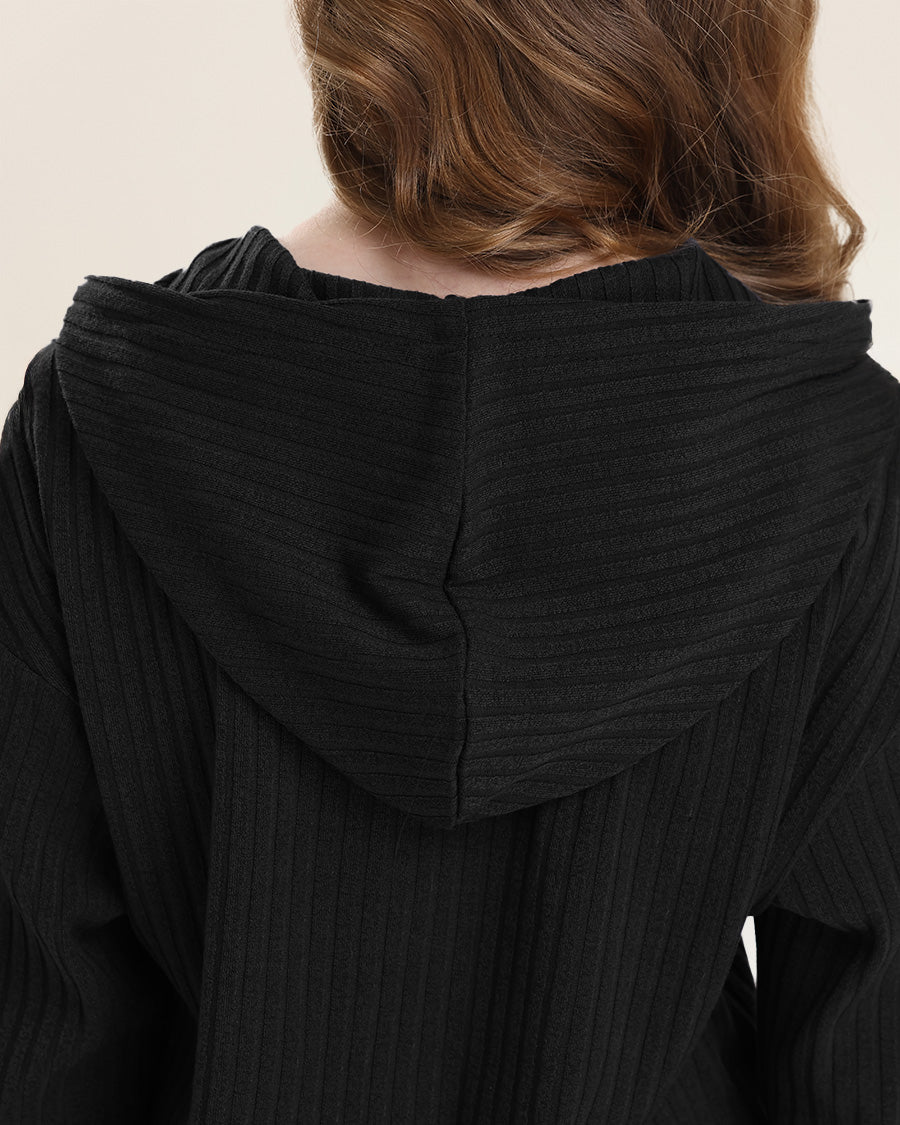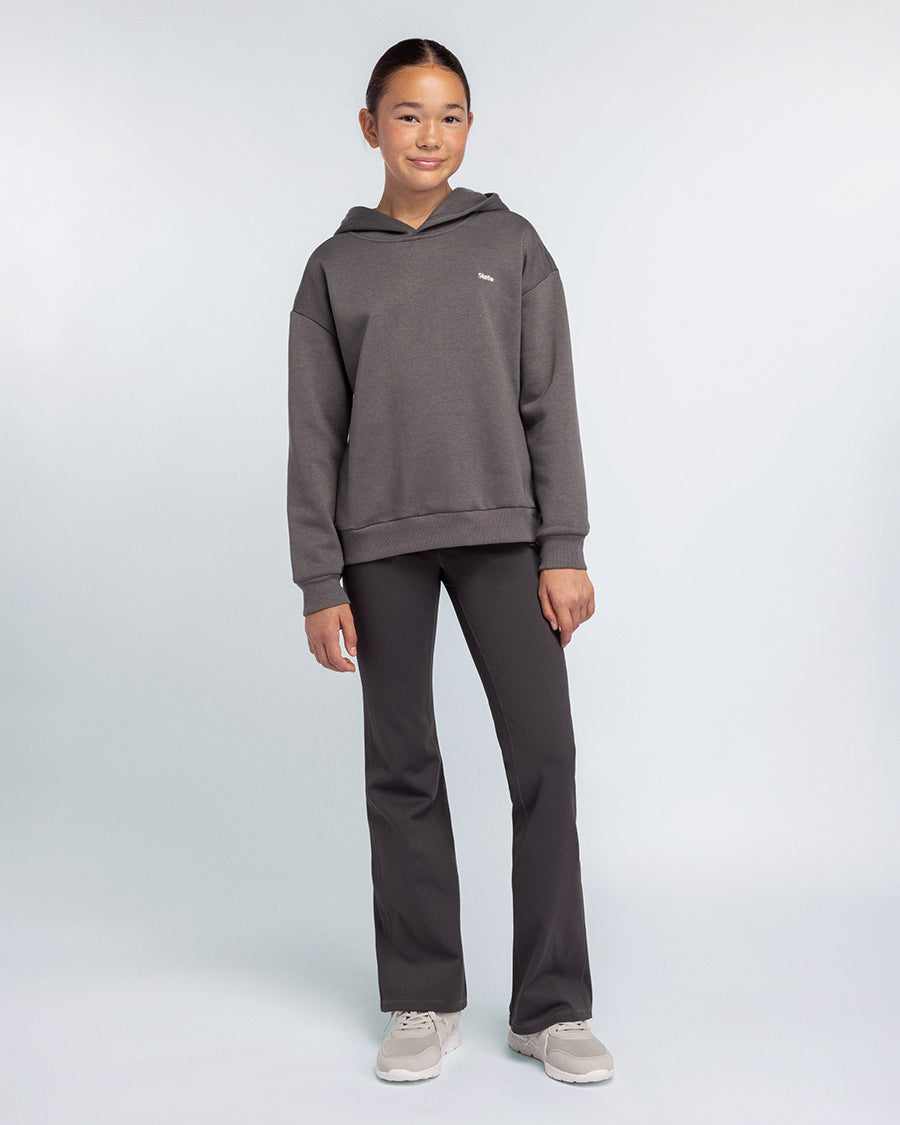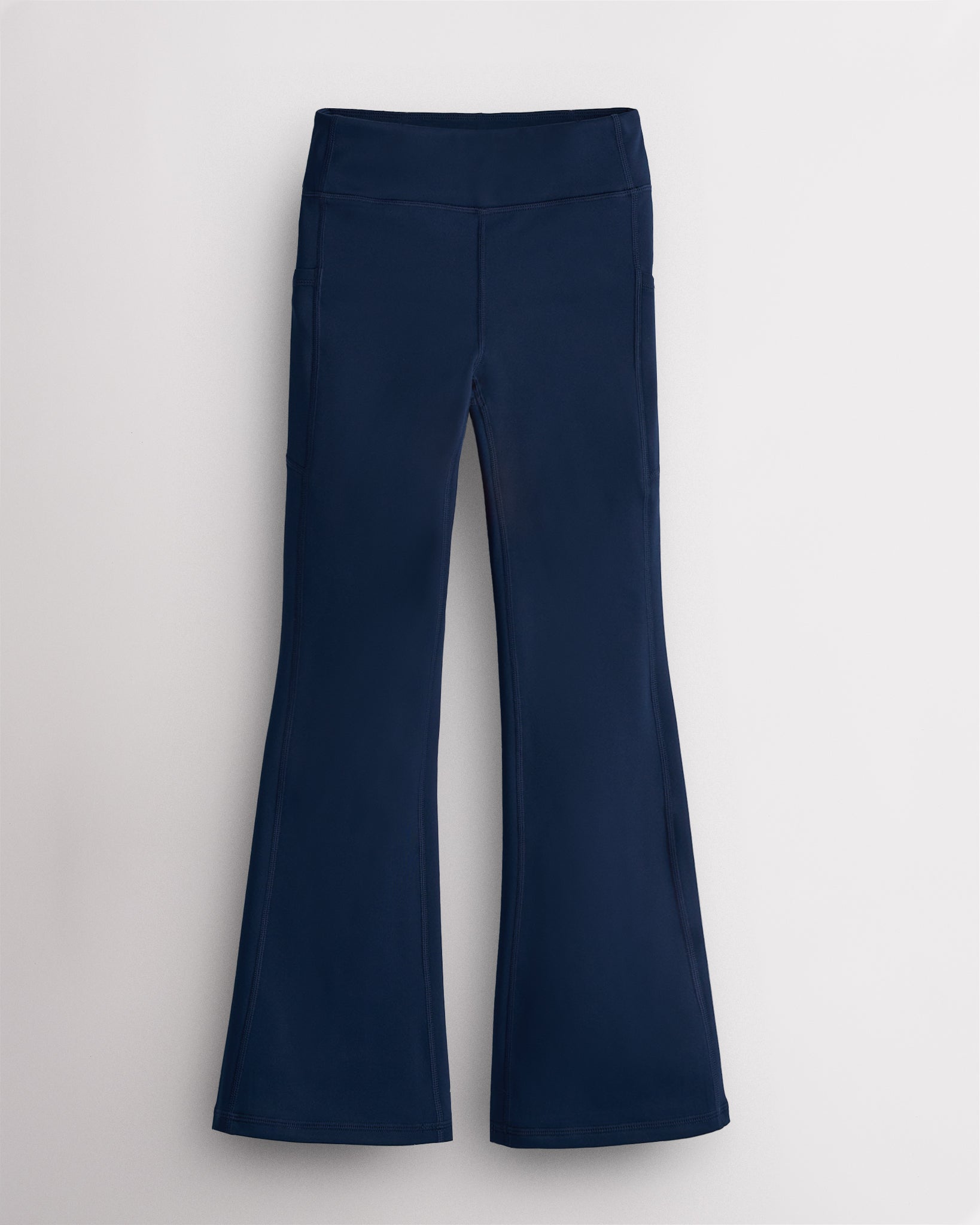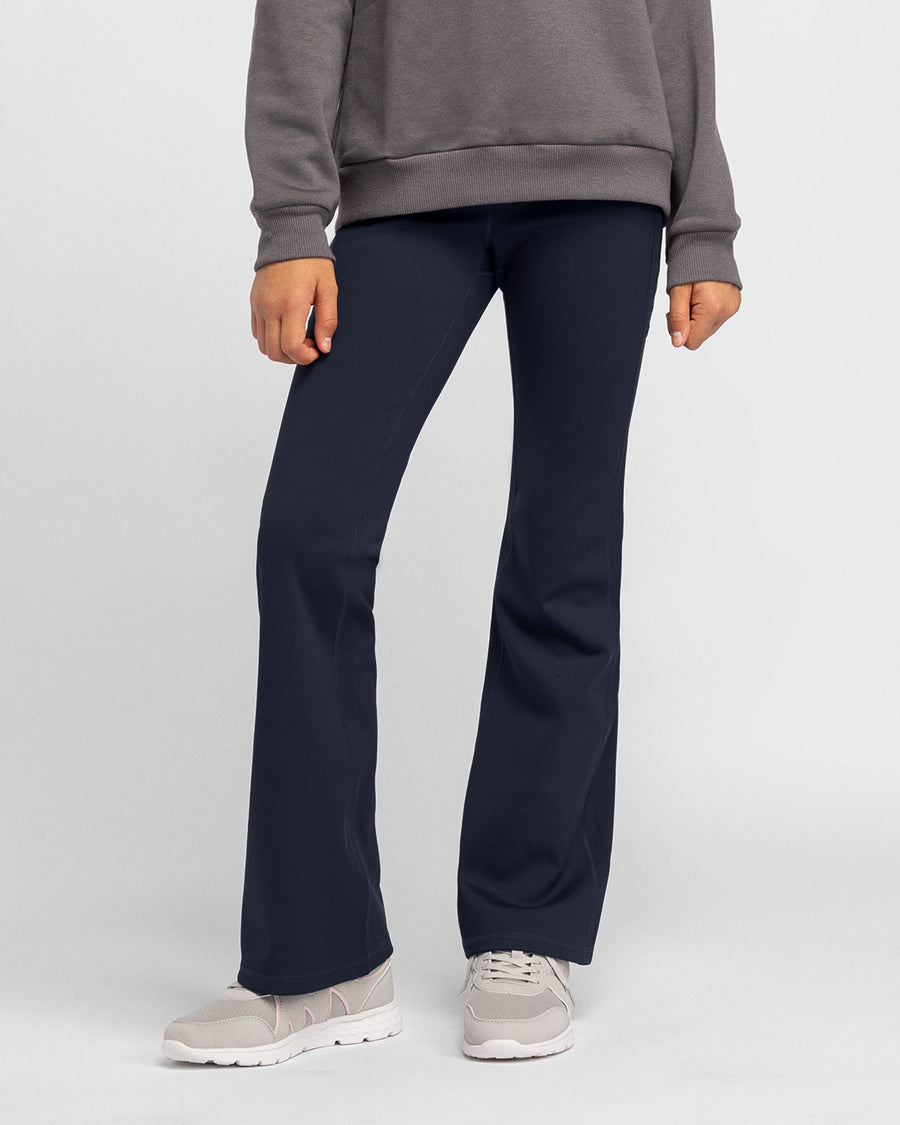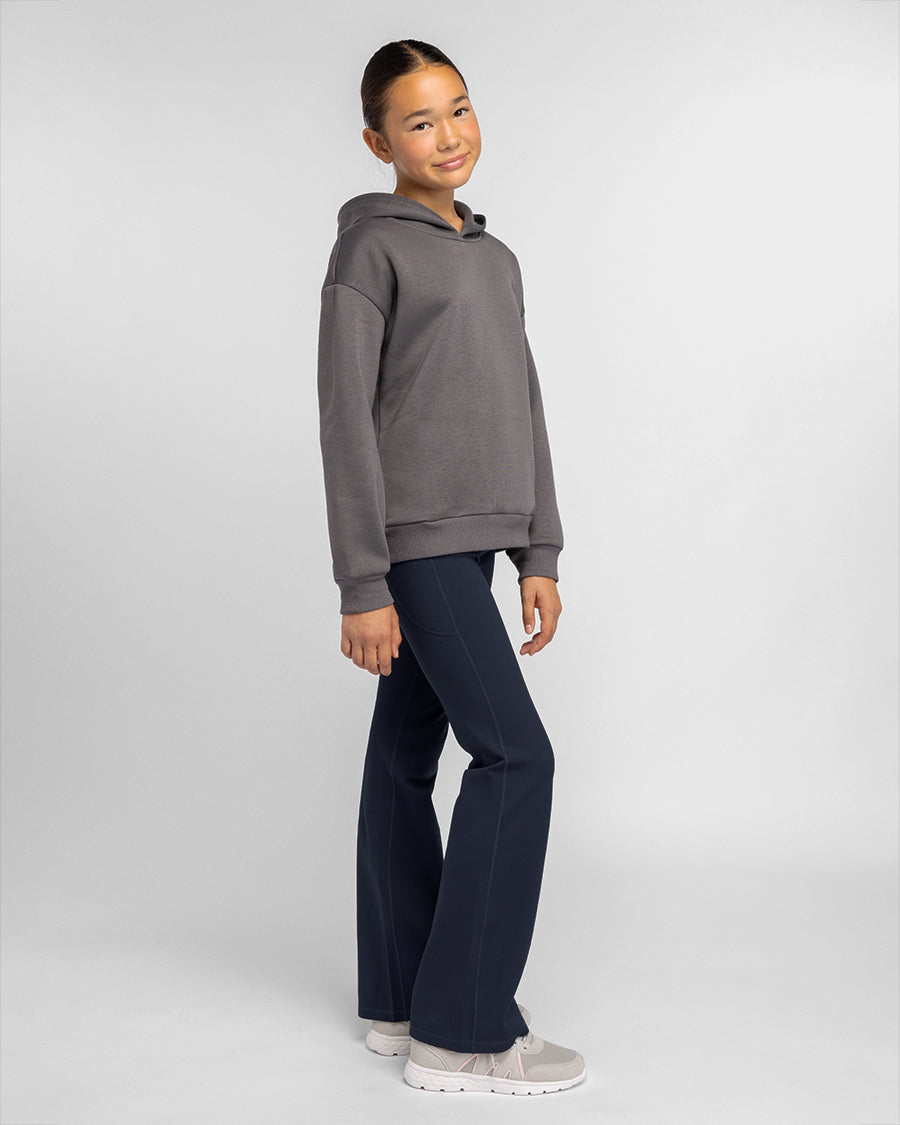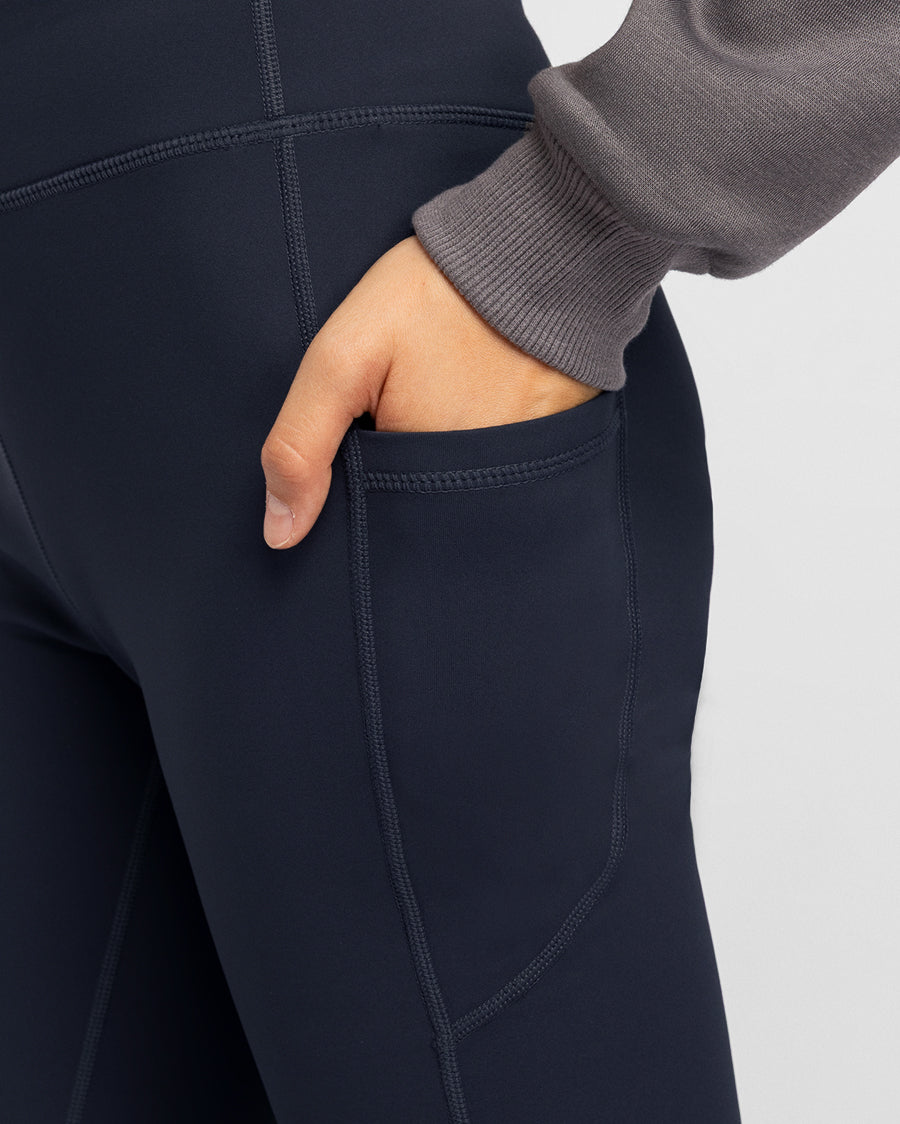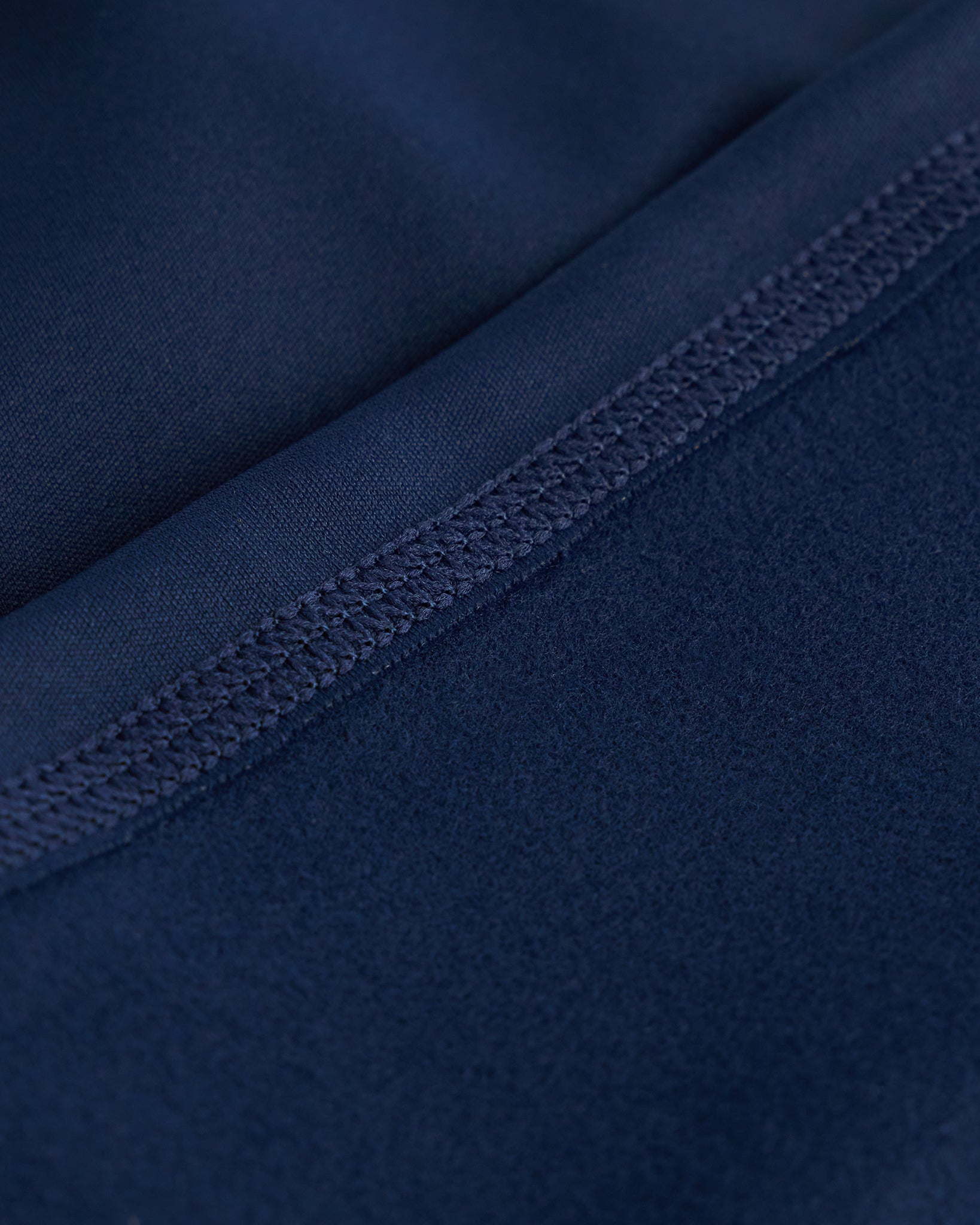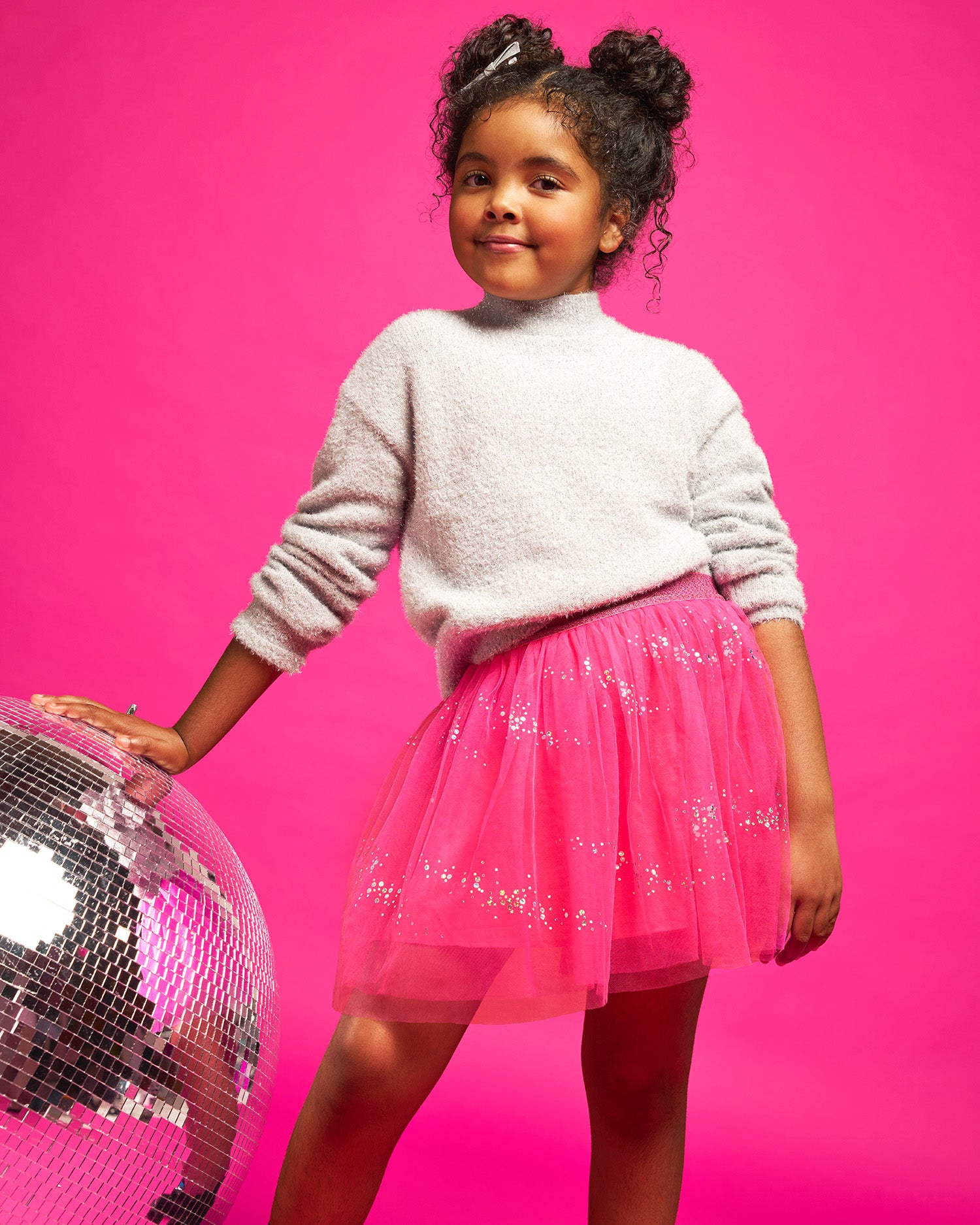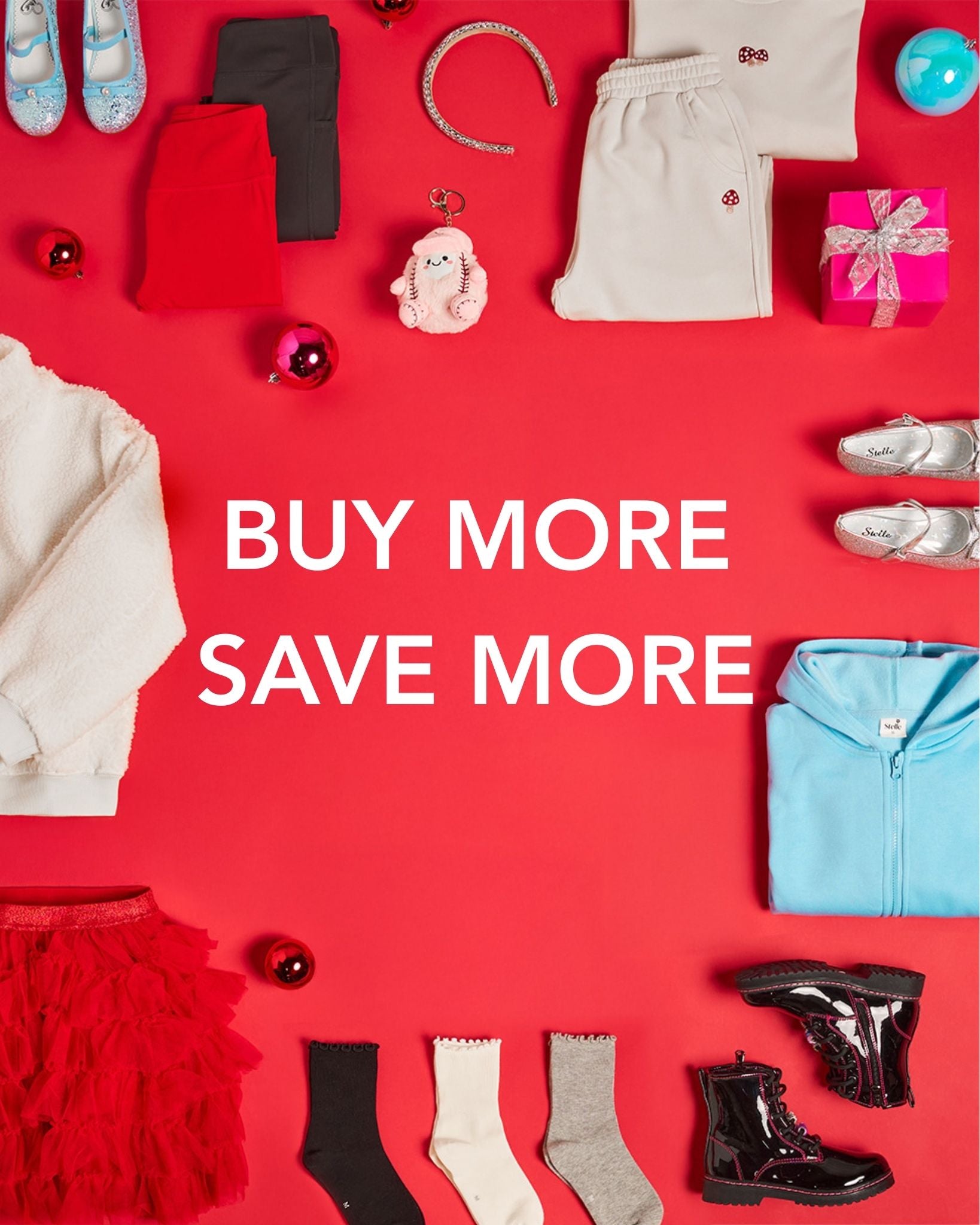Your little dancer is ready to take the first steps into the world of ballet — exciting times! Before that first class, it’s important to have the right dancewear, including ballet slippers that fit well and support growing feet.
If you’re new to ballet, selecting the right shoes can seem daunting. But don’t worry—this straightforward ballet shoe buying guide will walk you through the basics. From understanding materials to ensuring the perfect fit, you’ll have all the information needed for your child to begin their dancing journey with comfort and confidence.

What Materials Are Best for Girls' Ballet Shoes?
For the most part, both boys' and girls' ballet shoes are made from three materials: leather, canvas, and satin. Each of these materials offers its own benefits for comfort, flexibility, and durability.
Leather ballet shoes are the most durable and supportive option, making them ideal for beginners. They mold to the shape of the foot over time, helping young dancers build strength and proper technique. However, leather shoes can take a bit longer to break in and aren’t as easy to clean.
Canvas ballet shoes are lightweight, flexible, and breathable. They’re often machine-washable and more affordable, which makes them a great choice for fast-growing feet or casual classes. Though less durable than leather, many dancers love their soft, comfortable feel.
Satin ballet shoes are mostly used for performances or recitals. Their smooth, glossy finish looks elegant on stage, but they’re not built for everyday practice and are harder to clean.
|
Material
|
Durability
|
Flexibility
|
Cleaning
|
Best For
|
|
Leather
|
Very durable and long-lasting.
|
Moderate flexibility. Leather provides optimal support while also allowing for movement.
|
Use a damp cloth to clean leather. Do not machine wash
|
Beginner and young dancers, as it provides more support for unconditioned feet.
|
|
Canvas
|
Less durable than leather but still provides adequate support.
|
High flexibility with optimal comfort and support.
|
Machine washable, but air-dry to avoid damage.
|
Group classes, growing feet, and those on a tighter budget.
|
|
Satin
|
Least durable option. Satin is typically used for appearances more than longevity and support.
|
Very flexible, soft, and comfortable.
|
Do not machine wash unless stated. Spot clean with gentle cleaners and let air-dry.
|
Best for performances and recitals.
|

Split Sole vs Full Sole Ballet Shoes: What is the Difference?
When it comes to split sole vs full sole ballet shoes, each style supports your child in different ways. In simple terms, full soles help young dancers build strength and proper technique, while split soles allow for greater flexibility and freedom of movement. But let’s dive a little deeper into the unique differences between split sole vs full sole ballet shoes:
Full sole ballet shoes have a continuous sole that runs the complete length of the shoe. This allows for more resistance, helping young dancers strengthen their feet and ankles as they learn proper technique. Because of this added support, most instructors recommend full soles for beginners.
Split sole ballet shoes, on the other hand, feature two separate suede patches: one under the heel and one under the ball of the foot. This design gives a greater flexibility range to the dancer and offers a better “pointed toe” look, but offers less support.
That all said, when considering the best ballet shoes for toddlers or young children who are starting their dance journey, full sole ballet shoes are generally a more suitable choice.
|
Type
|
Support
|
Flexibilty
|
Best For
|
|
Full Sole
|
Excellent arch and foot support.
|
Moderate. There is some stiffness, which helps build strength.
|
Beginners and young dancers who are still learning proper technique.
|
|
Split Sole
|
Minimal support built in.
|
Highly flexible, allowing for natural movement.
|
Dancers with intermediate to advanced skills who have strong footwork.
|
How To Know if Ballet Shoes Fit?
A proper ballet shoe fit should feel like a second skin, offering gentle support without pinching or slipping. Since your child will be spending a lot of time on their feet, a pair of flats that fit the contours of their feet can give them a true learning advantage. On the other end of the spectrum, they shouldn’t be so tight that they curl the toes or compress the foot in any way.
Finding the right fit for your child's dance slippers is essential, as it should replicate the comfort and feel of barefoot walking. This helps little dancers achieve proper form and foot alignment. However, it can be challenging to find the perfect size, especially since sizes can vary between manufacturers. Start by knowing your child's shoe size, but also make sure to check how the slippers look on their feet.
A kids' shoe size chart can serve as a helpful guide in your search for the ideal fit. To use these charts, measure your child’s foot from heel to longest toe, then match the length to the size chart. Choose the nearest size that fits snugly without pinching. Always use the larger foot if there’s a difference.
To make sure your child is comfortable, here are a few things to consider:
✅ The shoes should fit snugly around the foot without pinching or causing red marks, even if they align with the recommended size on the kids' shoe size chart.
✅ There should be no bulging or gaps (especially near the arch or heel).
✅ The entire sole should touch the ground when your child stands.
✅ The secure elastic should keep the shoe in place and not dig into the skin.
👉 For a more detailed explanation of these four points, check out this article: How to Measure and Fit Ballet Shoes for Kids

Should You Size Up When Buying Ballet Shoes for Kids?
Children’s ballet shoes should fit snugly, providing just the right amount of support without extra room for growth. That said, no, you should not size up even if your little one's feet are still growing. Fortunately, opting for affordable ballet shoes makes it simple to replace them as feet
grow. You can get a great slipper for anywhere from $15-25, meaning that upgrading to a larger size on occasion won’t break the bank.
 How Much Do Ballet Shoes For Kids Cost?
How Much Do Ballet Shoes For Kids Cost?
Ballet shoes for kids vary in price depending on the style, quality, and type. Basic budget-friendly options typically range from $15–$20 up to around $30–$35, which is ideal for parents of growing children who need to size up frequently.
For higher-quality ballet shoes, expect to invest around $30–$45, though certain styles and brands can reach $75 or more. The higher price often reflects the use of studio-grade materials, such as genuine leather, which offer better durability and performance.
When buying ballet shoes for kids, parents should consider their child’s dance level, proper sizing, shoe quality, and the type of ballet shoe that best fits their needs.
Why Stelle Stand Out Among The Best Ballet Shoes for Toddlers
Comparing ballet show brands is important to find the right option that balances comfort, durability, and support, especially for growing dancers. The right beginner-friendly shoes can make a big difference in helping your child build confidence and proper foot placement; that’s why so many turn to Stelle.
Stelle stands out for its thoughtful designs made specifically for young and beginner dancers. Our ballet shoes come in both full-sole and split-sole styles, so parents can choose the right fit based on skill level and instructor guidance.
Each pair is made from soft yet durable materials, including canvas, leather, and satin, that gently support developing feet while maintaining flexibility for easy movement. Other features
include the elastic drawstring and secure fit that help keep shoes comfortably in place, reducing slips, blisters, and mid-class adjustments.
We also design with parents in mind. Easy on/off construction and skin-friendly interiors make getting ready for class simple and stress-free, even for first-time dancers.
This blend of comfort, quality, and practicality has made Stelle a trusted choice among families beginning their ballet journey.
Frequently Asked Questions
In addition to the measurement and fit considerations above, some parents have a few more questions about their child’s ballet slippers.
Are Girls' Ballet Shoes Different from Boys’ Slippers?
In general, boys’ feet tend to be a little wider than girls’ feet, which is something you’ll need to consider in terms of fit. Other than that, there are no real differences in terms of measurement or material.
When performing ballet, boys and men tend to wear white or black ballet slippers. This is in contrast to ballet shoes for girls in traditional pink, but the choice is more personal than a formal one.
What Do Children Need to Wear with Their Shoes?
Ballet outfits can depend on the school or instructor’s requirements. However, in most cases, your child will need to wear a pair of leggings or thin socks with their slippers. Try to make sure your child is wearing the same socks or leggings when trying on shoes for fit.
Does My Child Need Split Sole or Full Sole Shoes?
There used to be a lot of debate over the merits of split vs. full sole ballet slippers. Many believe that full-soled shoes offer more support, especially for growing feet. However, in modern ballet shoes, most split-sole shoes have inner soles that provide extra strength and resistance. At the end of the day, there’s little difference, though you can always opt for a full sole variant to be safe.
Get the Best Ballet Shoes for Toddlers
Buying the right ballet shoes for your little dancer doesn’t have to be an overwhelming task. With the tips above, you can find the right materials and fit for your child in no time!
Shop our collection today and complete your little dancer’s outfit with ballet slippers that move beautifully and survive many practices and shows.








